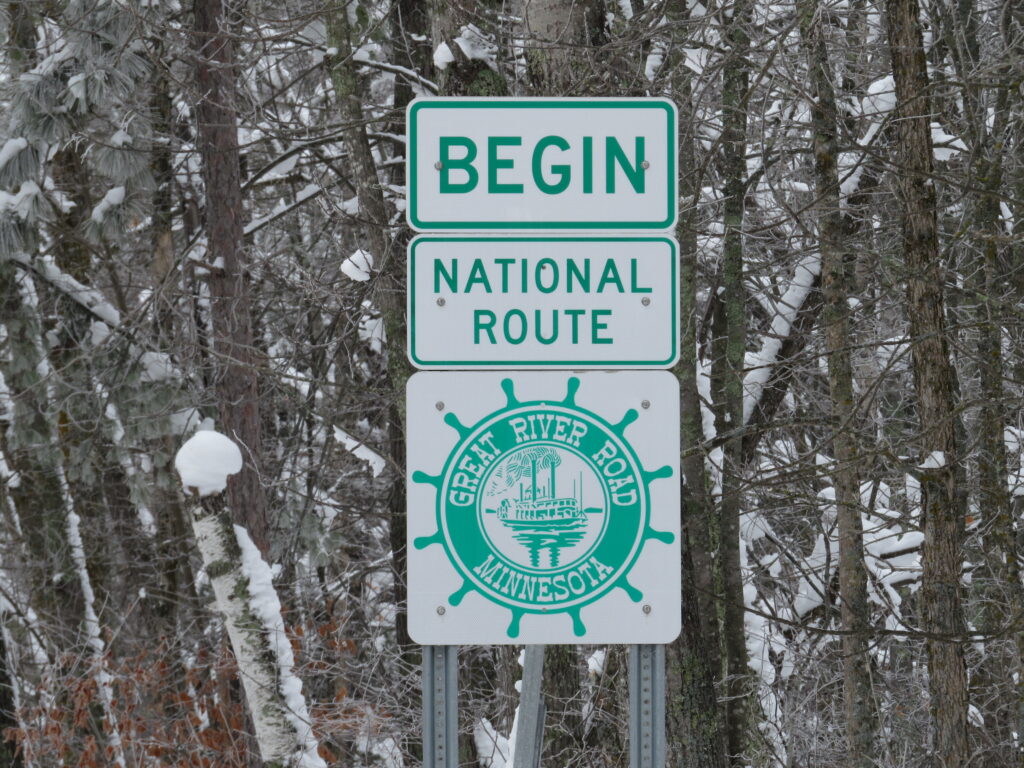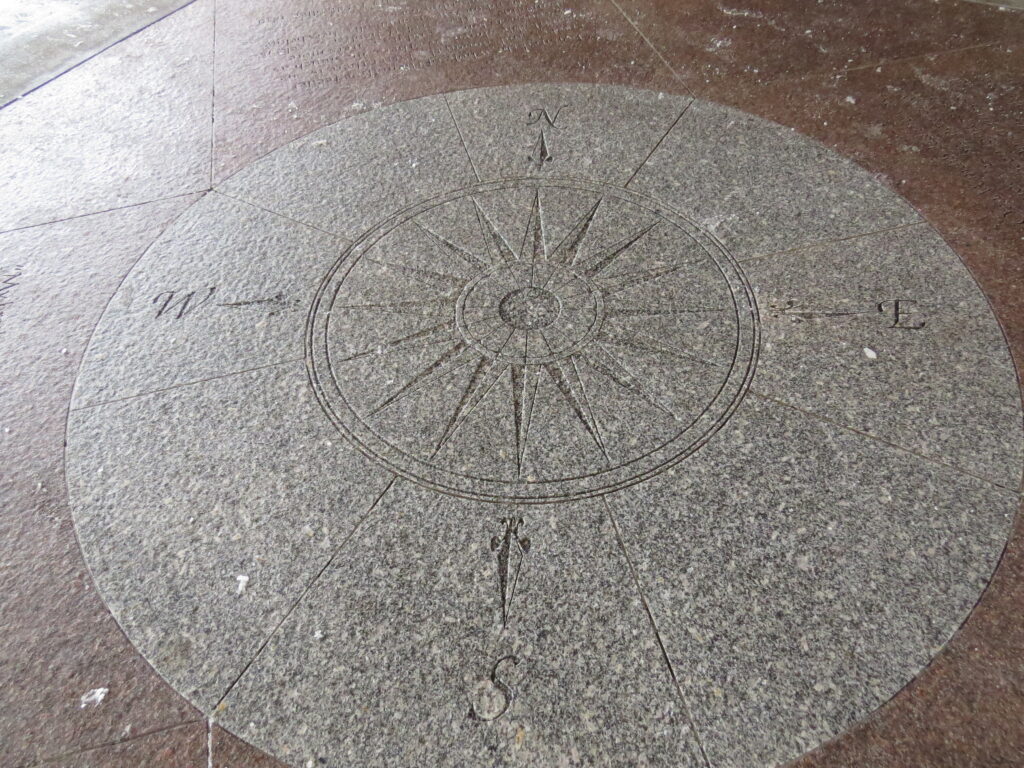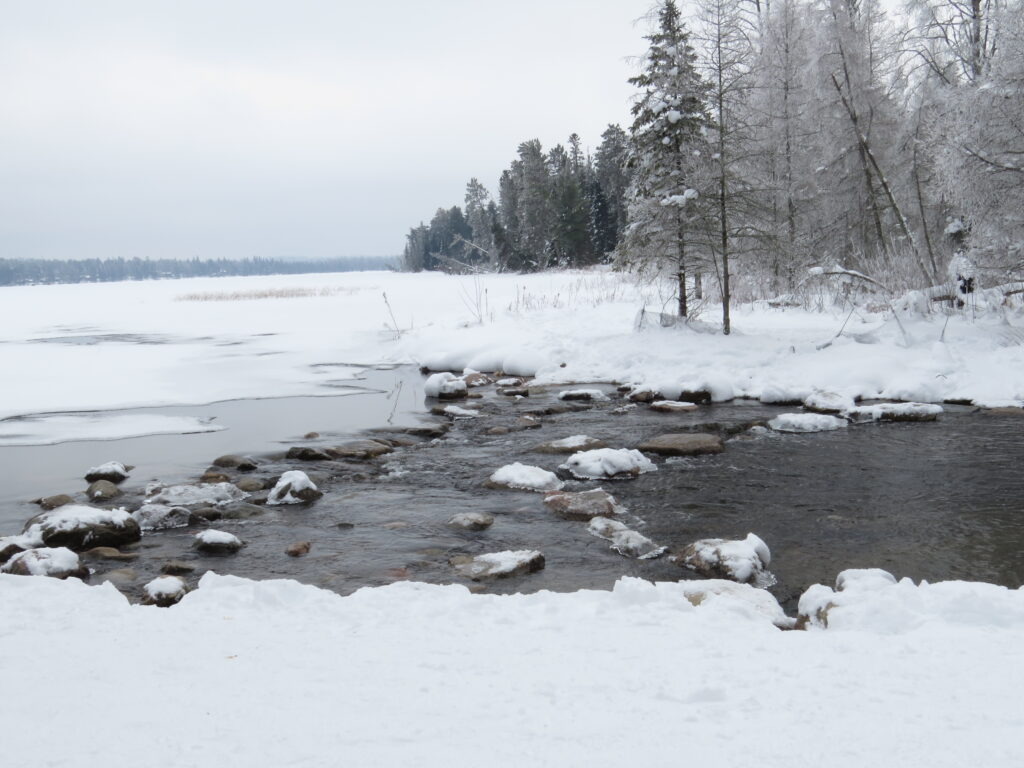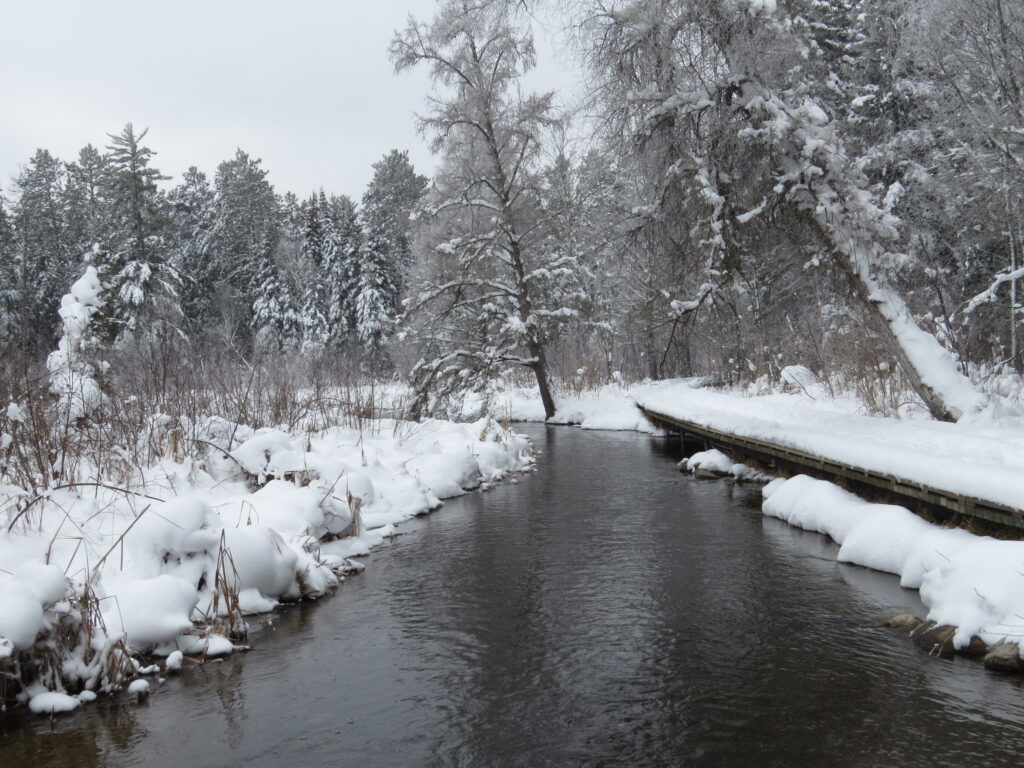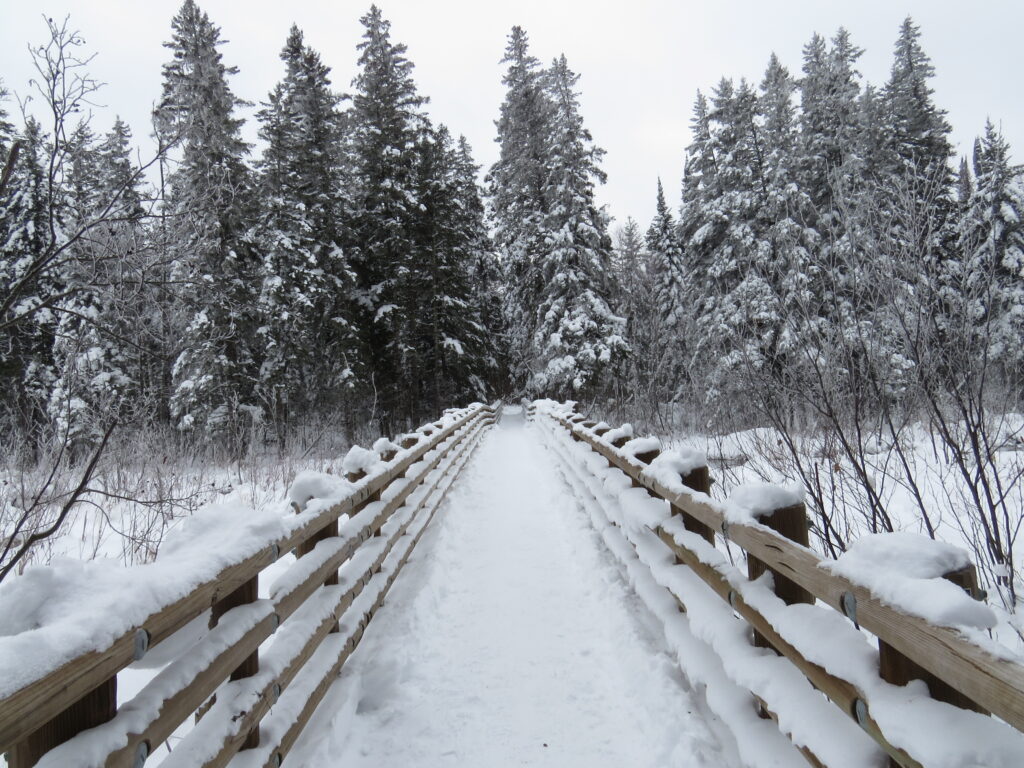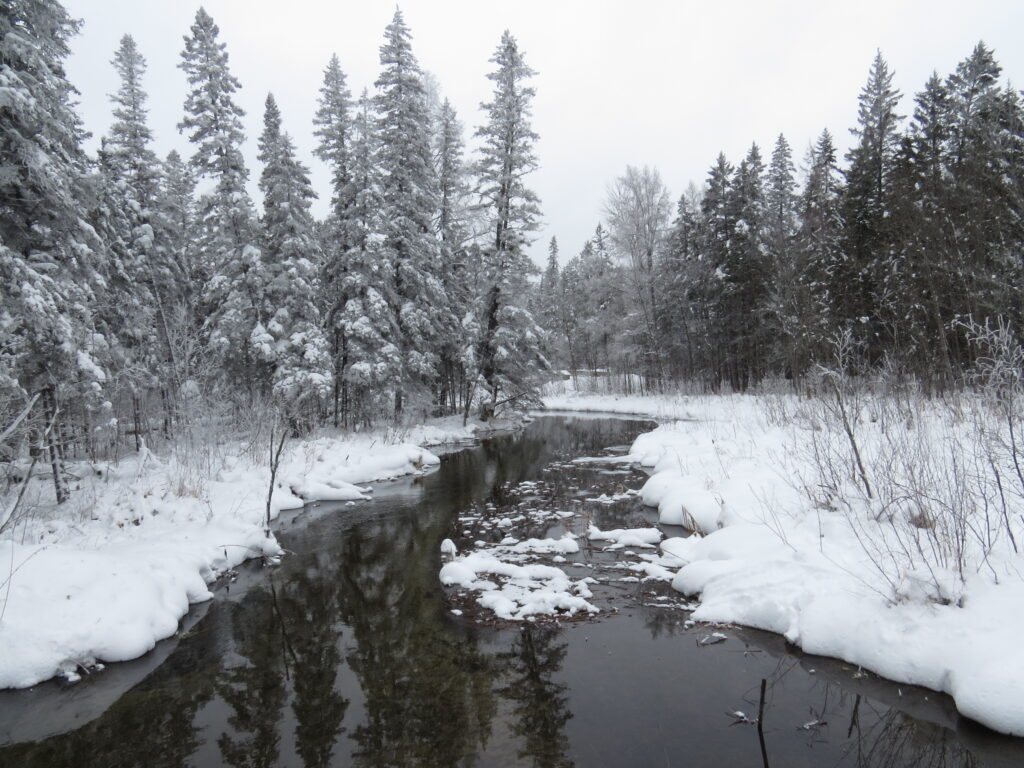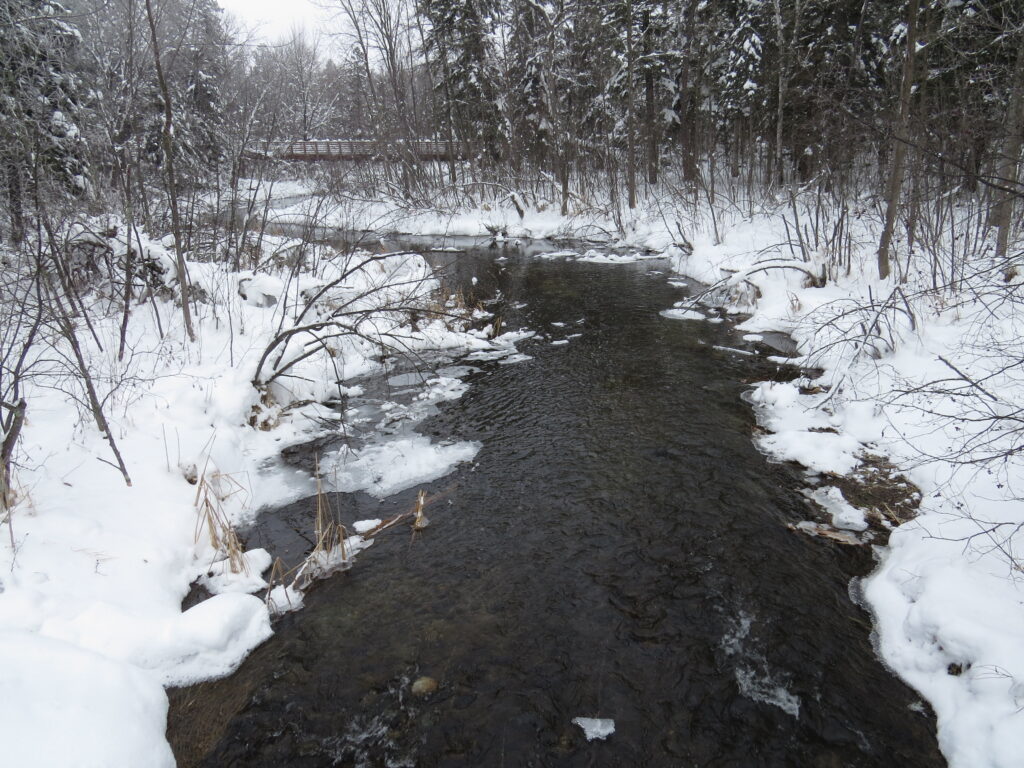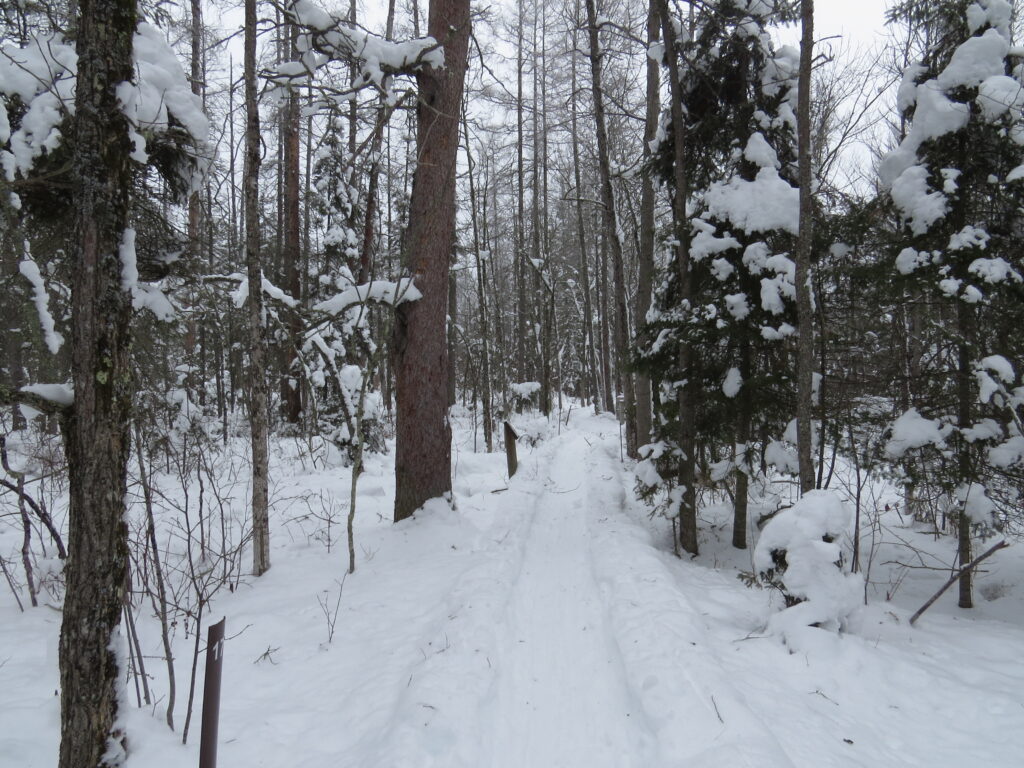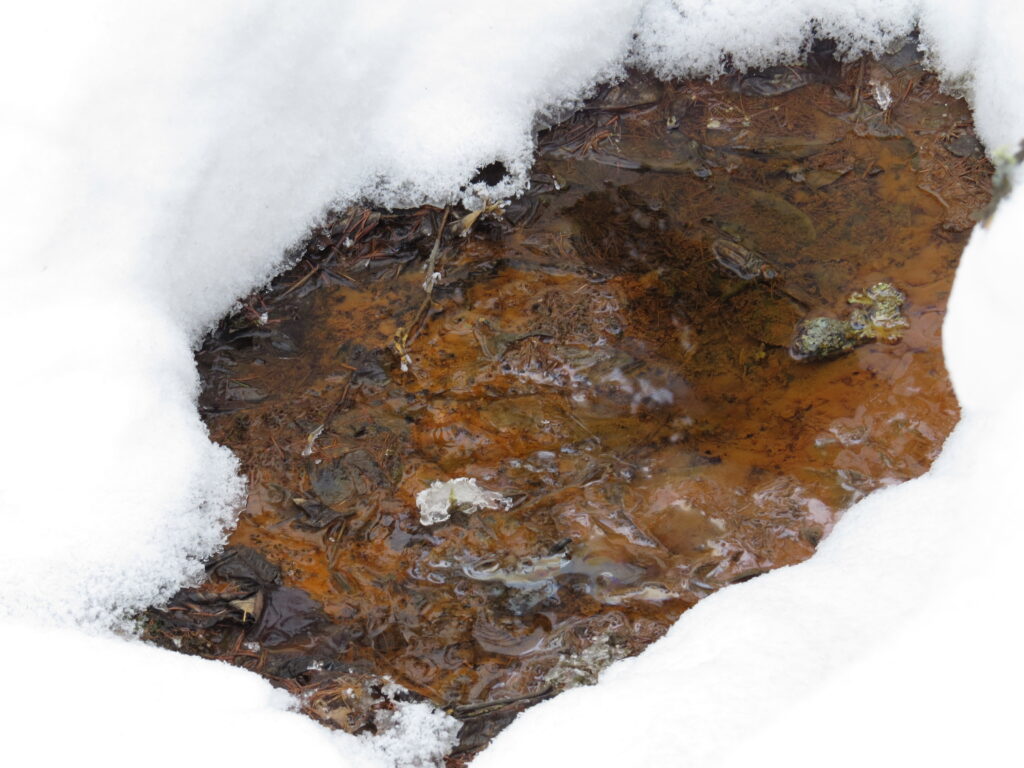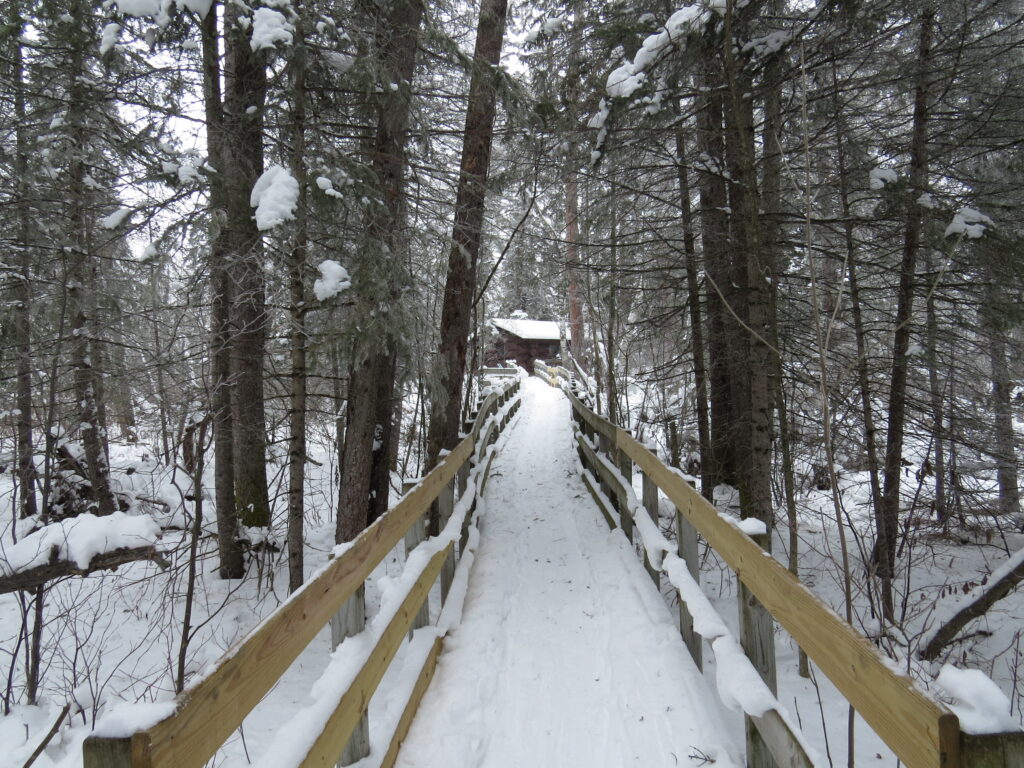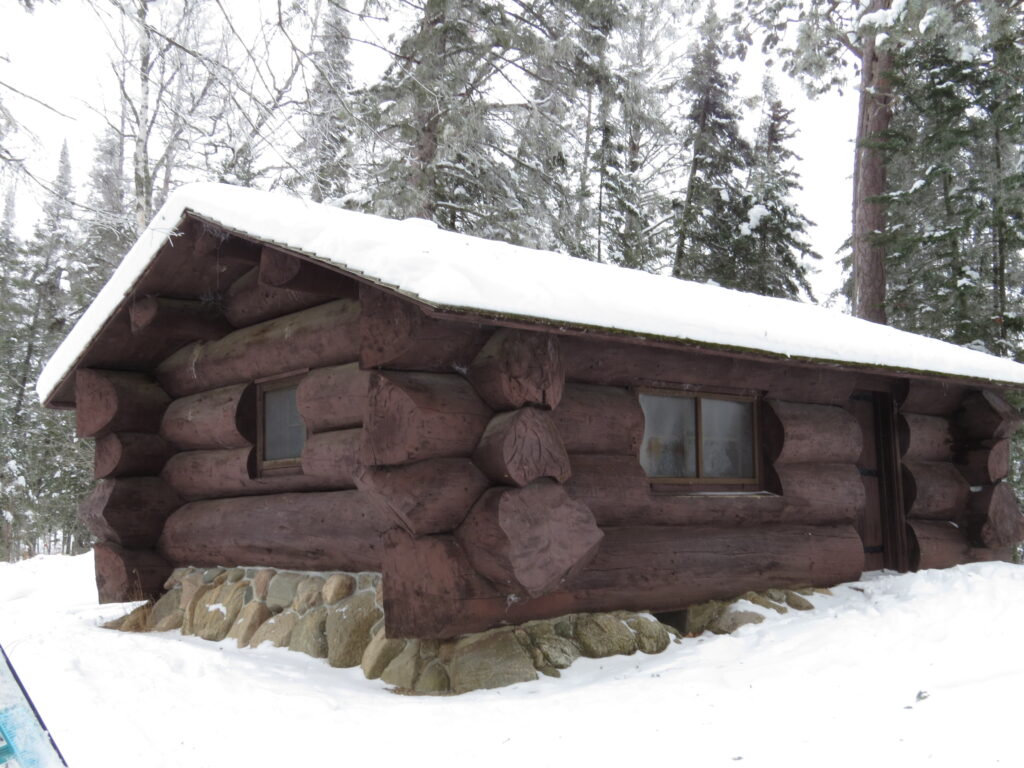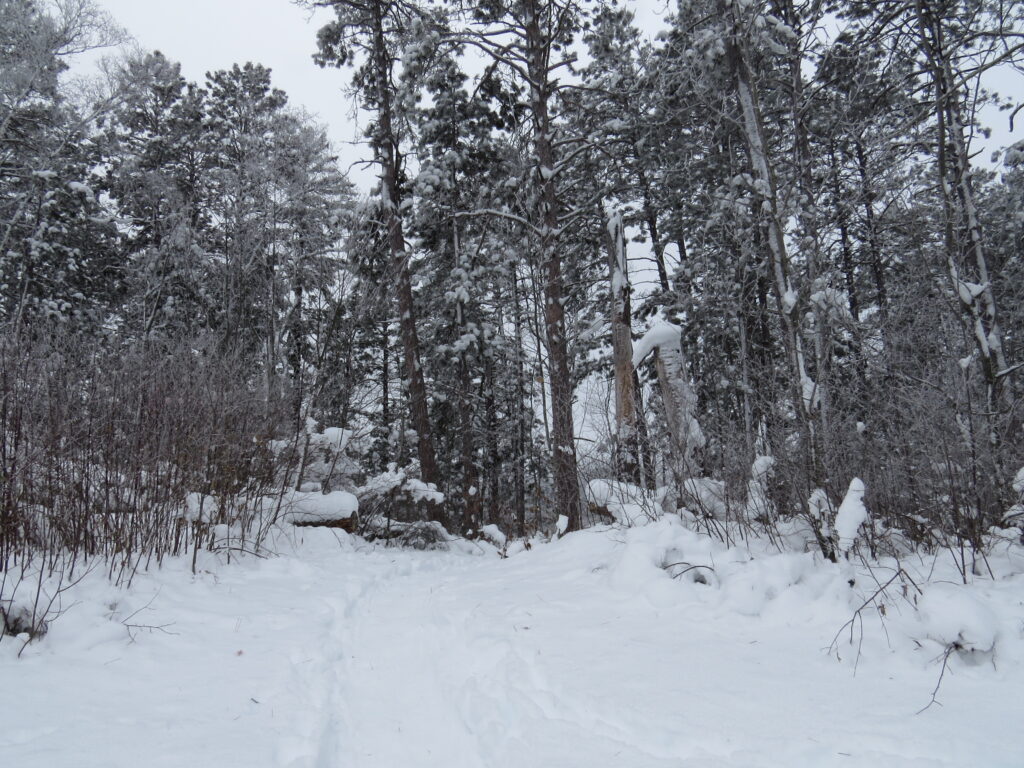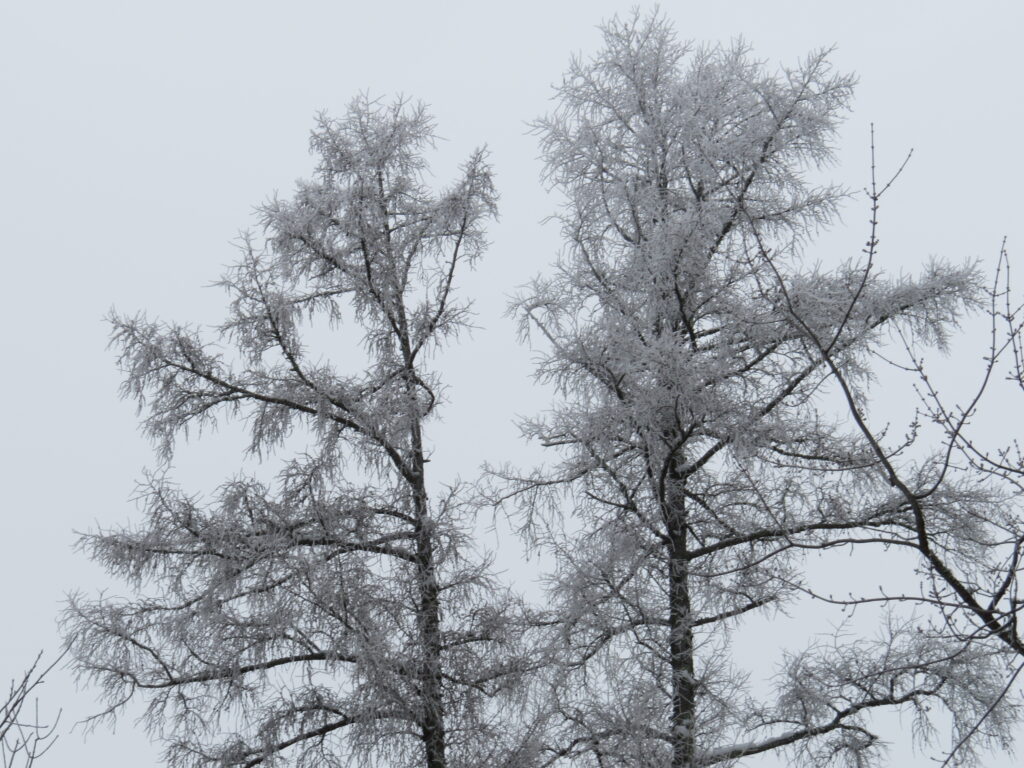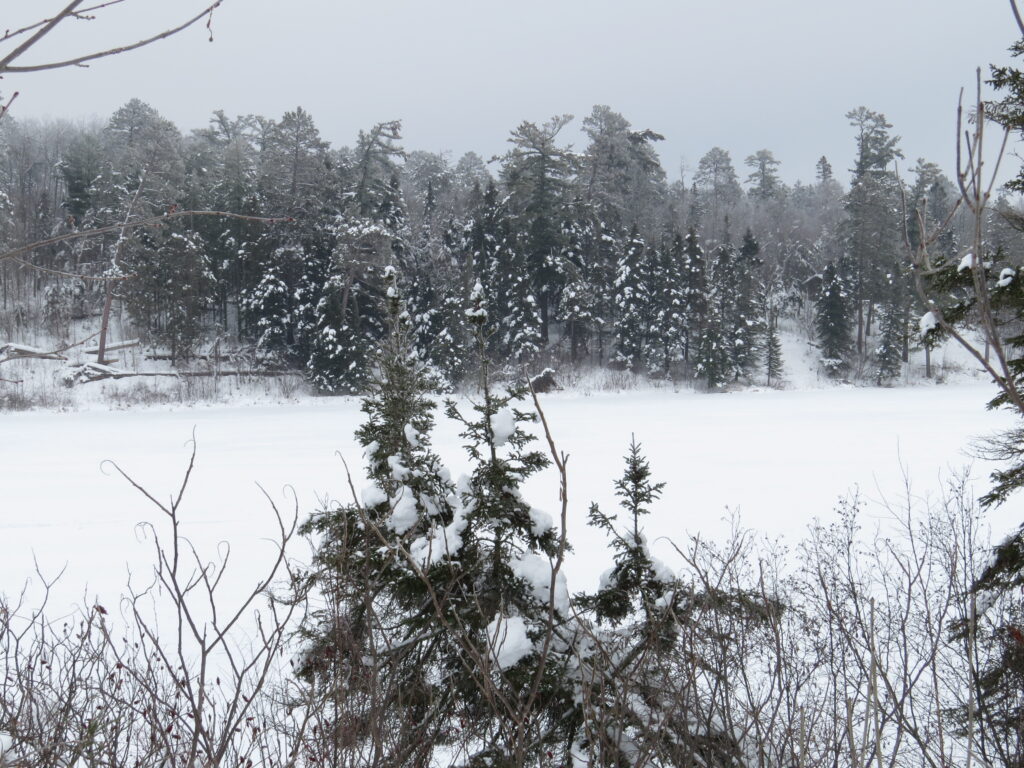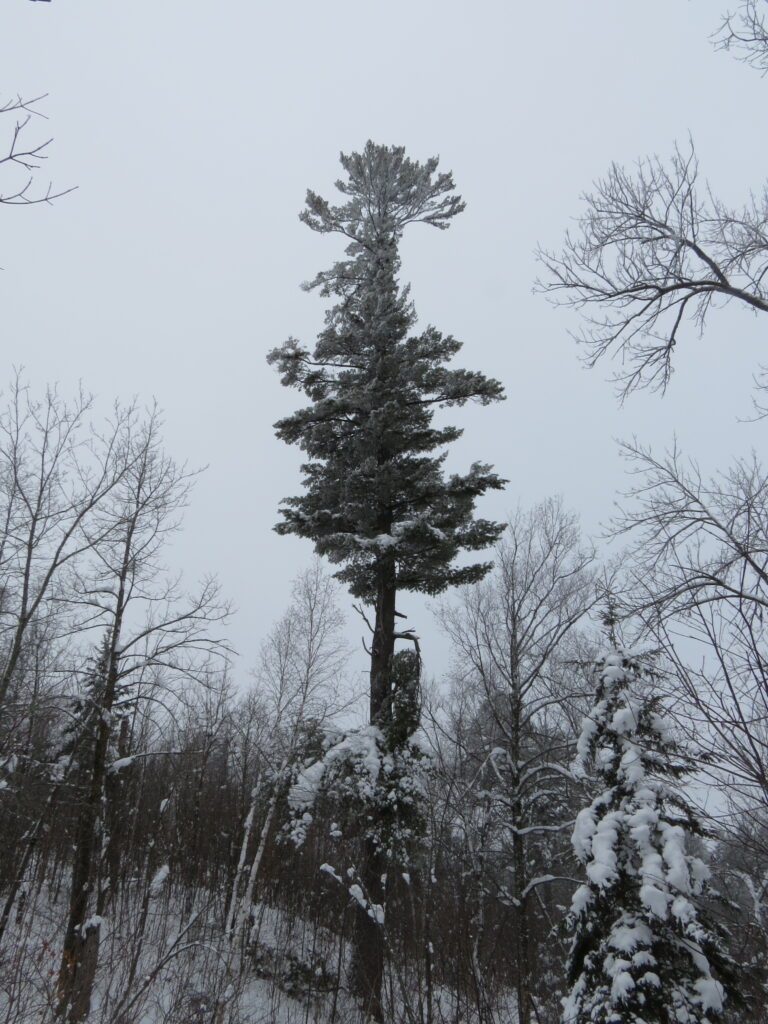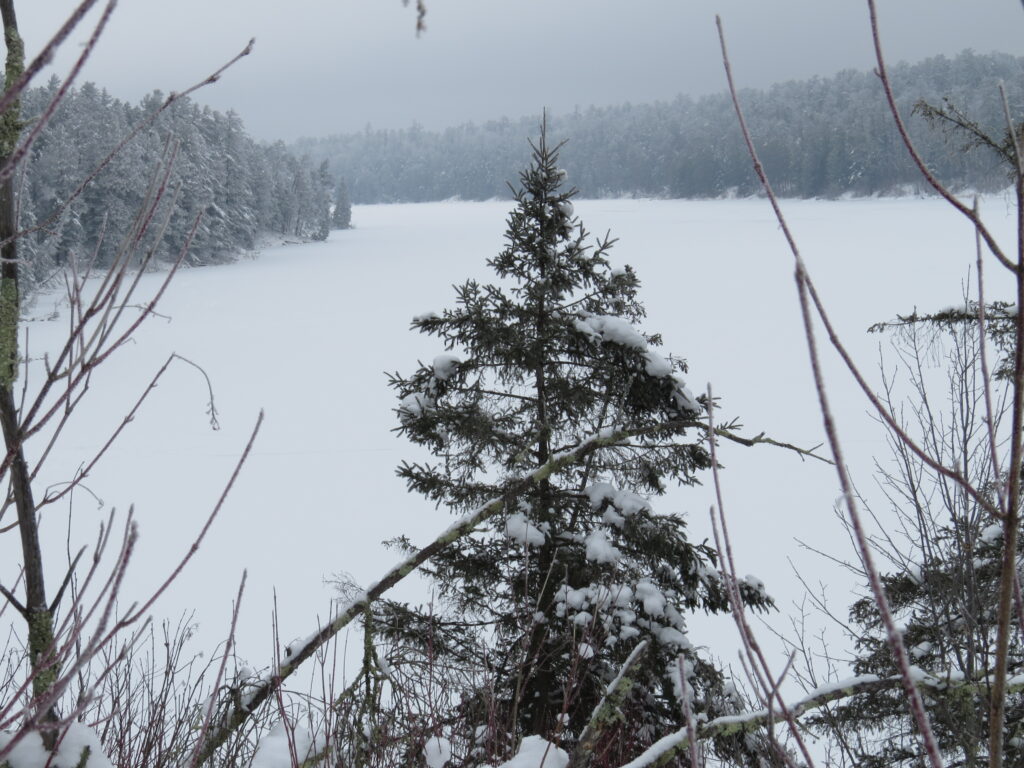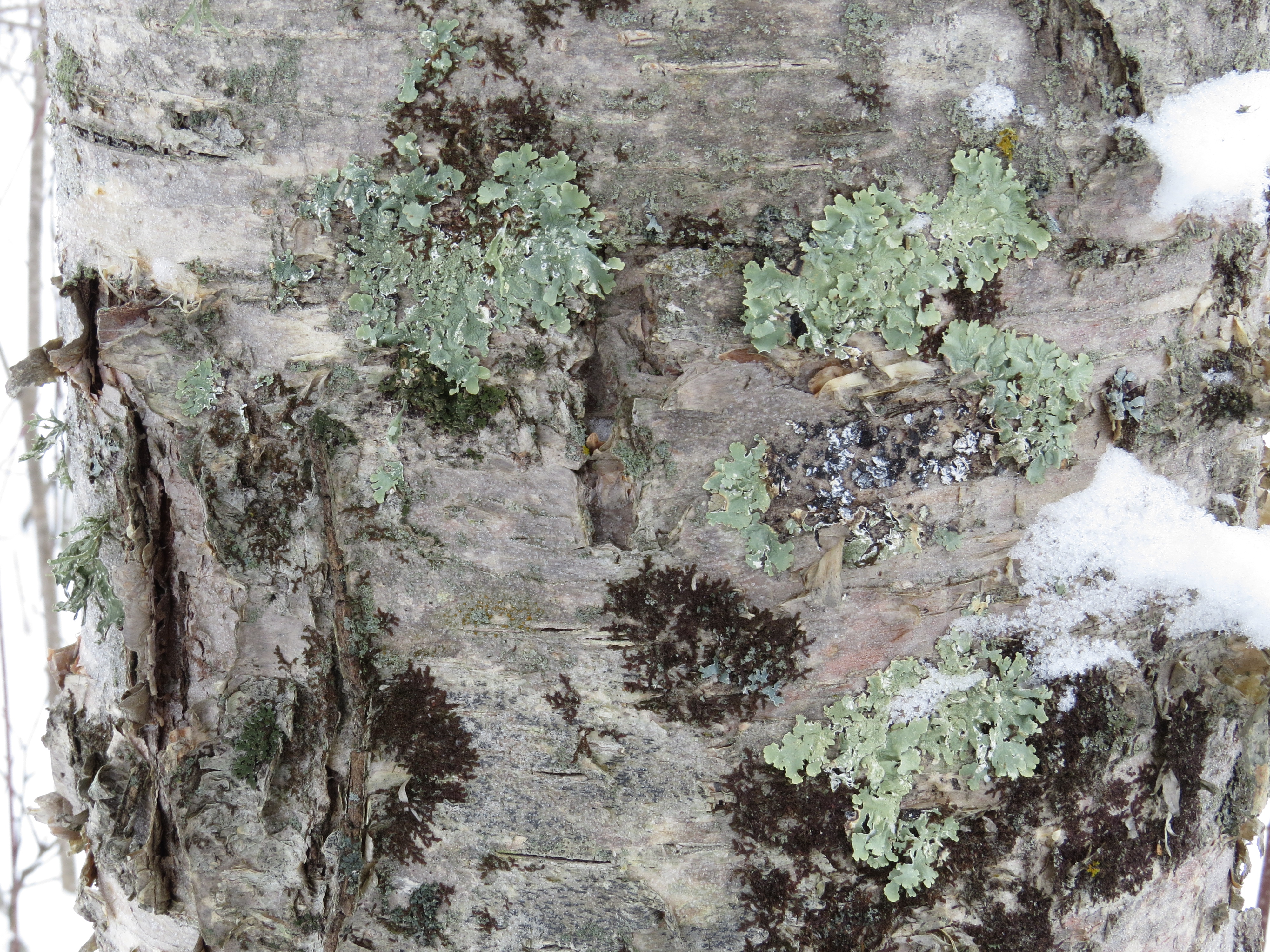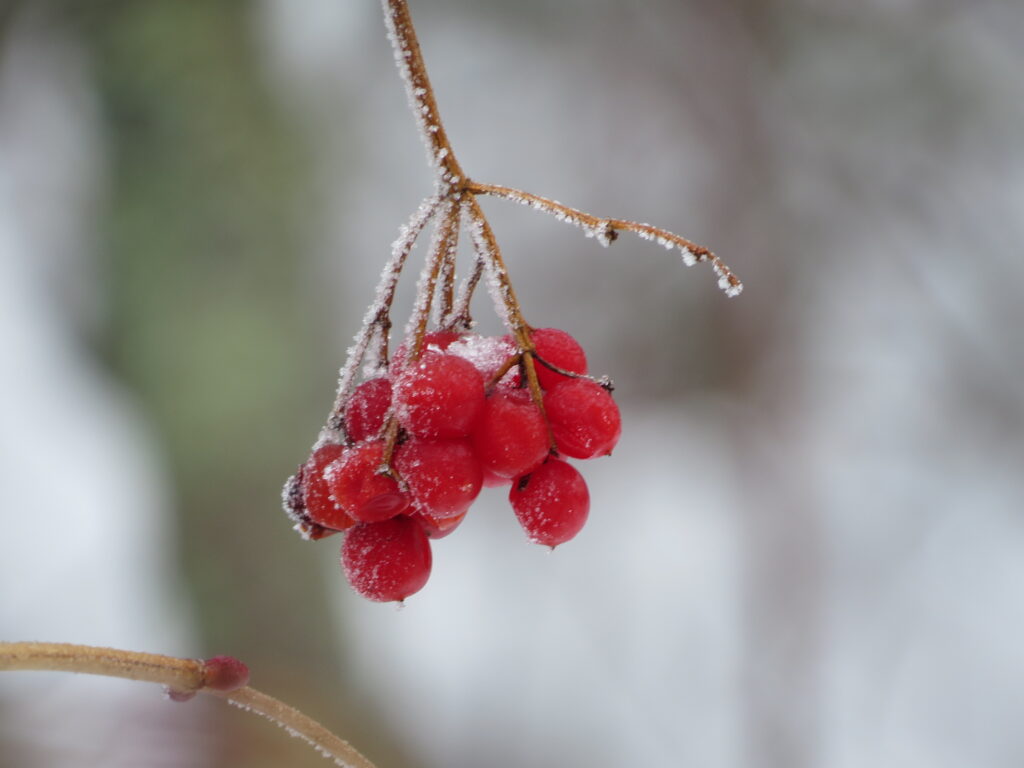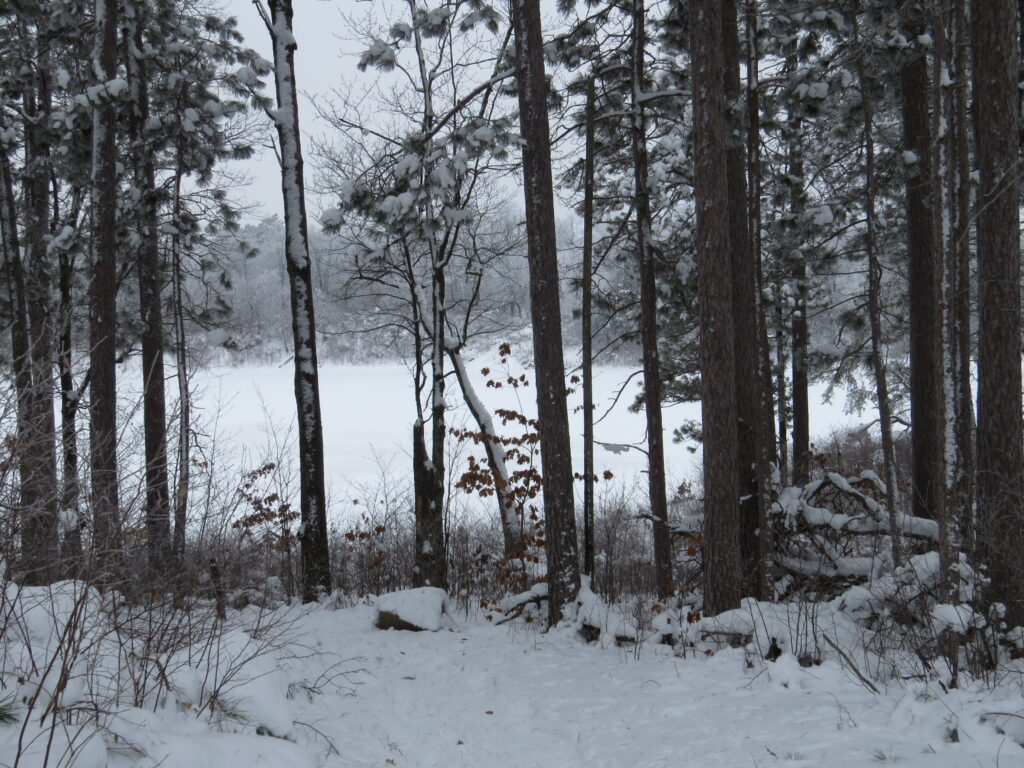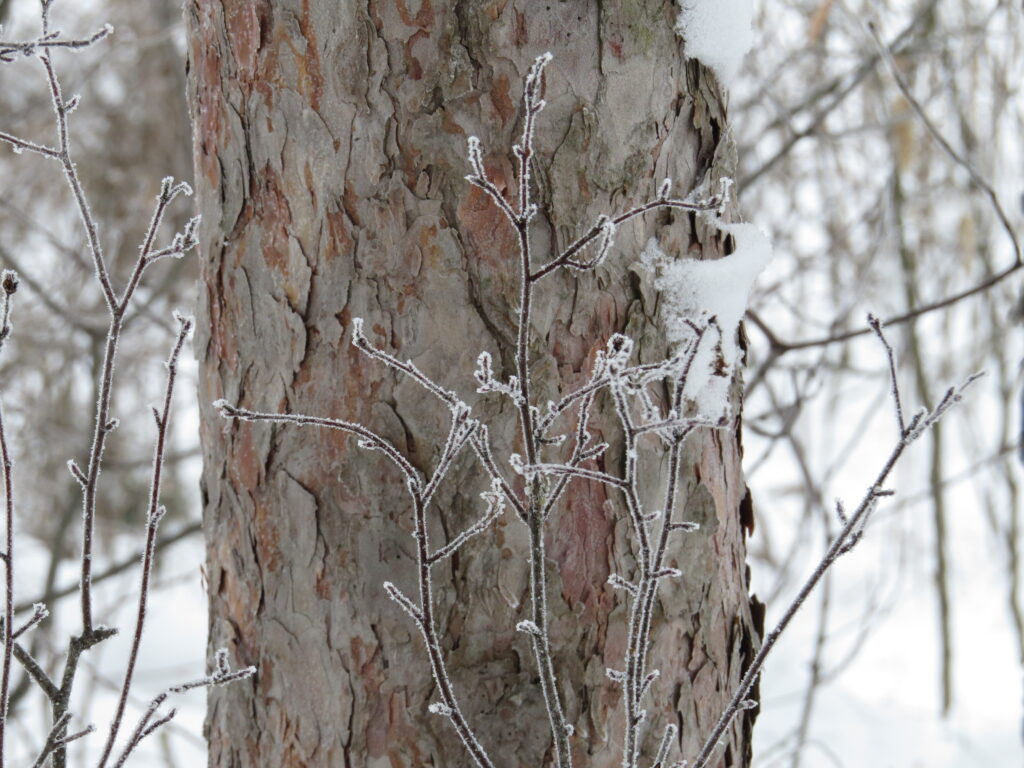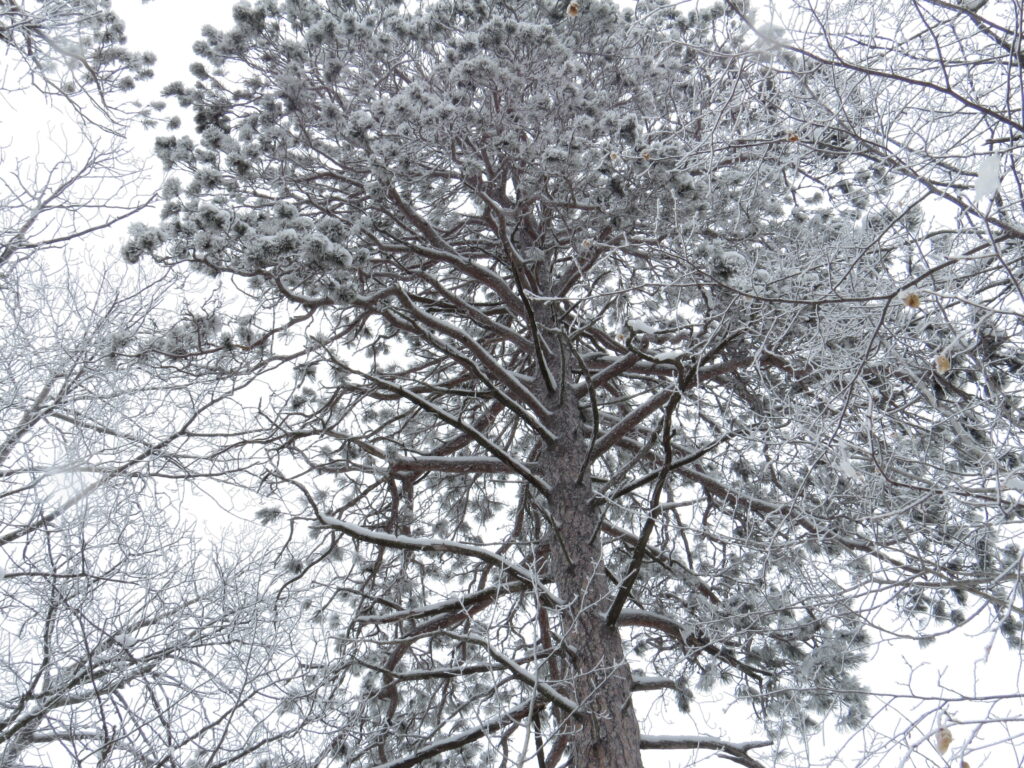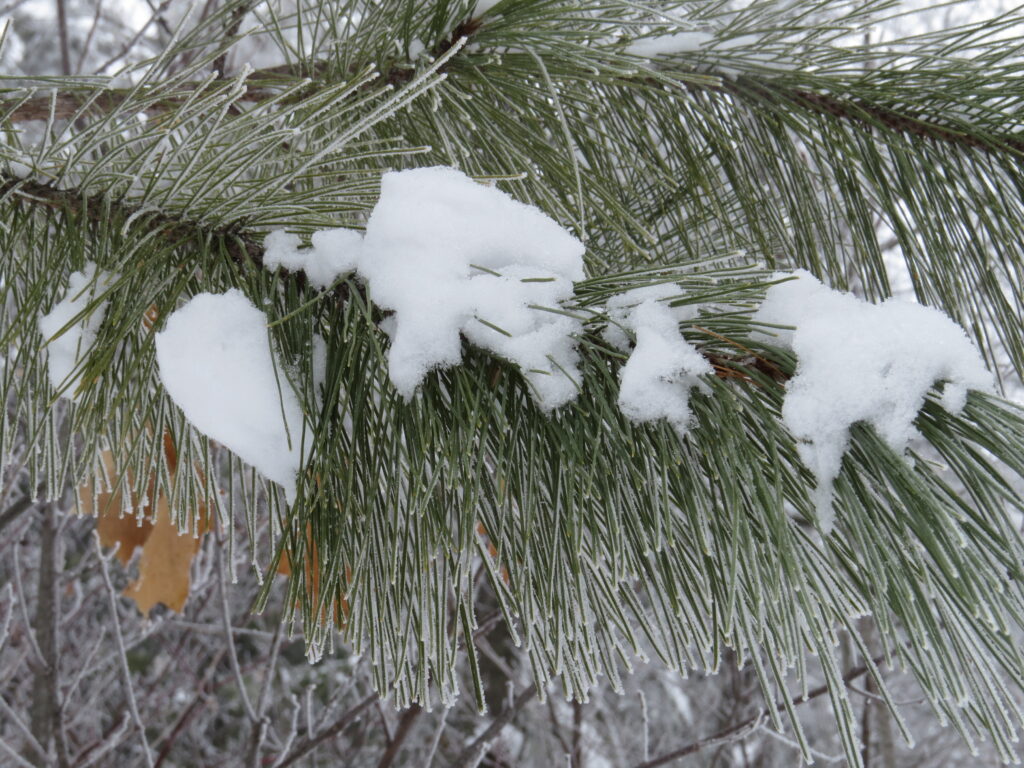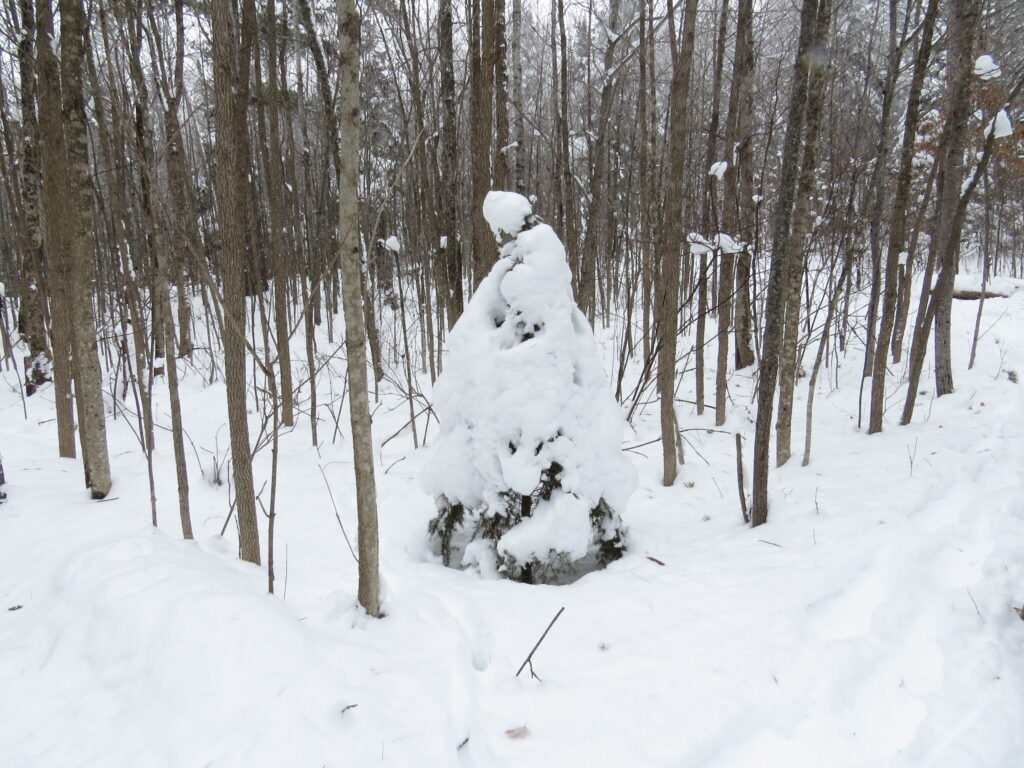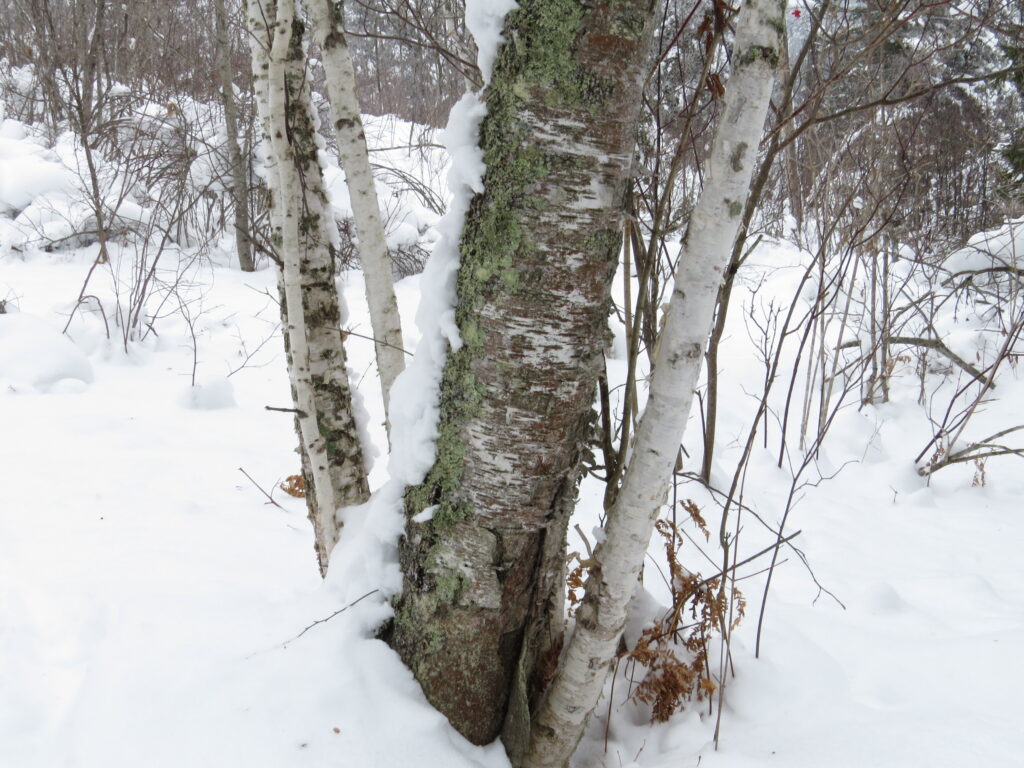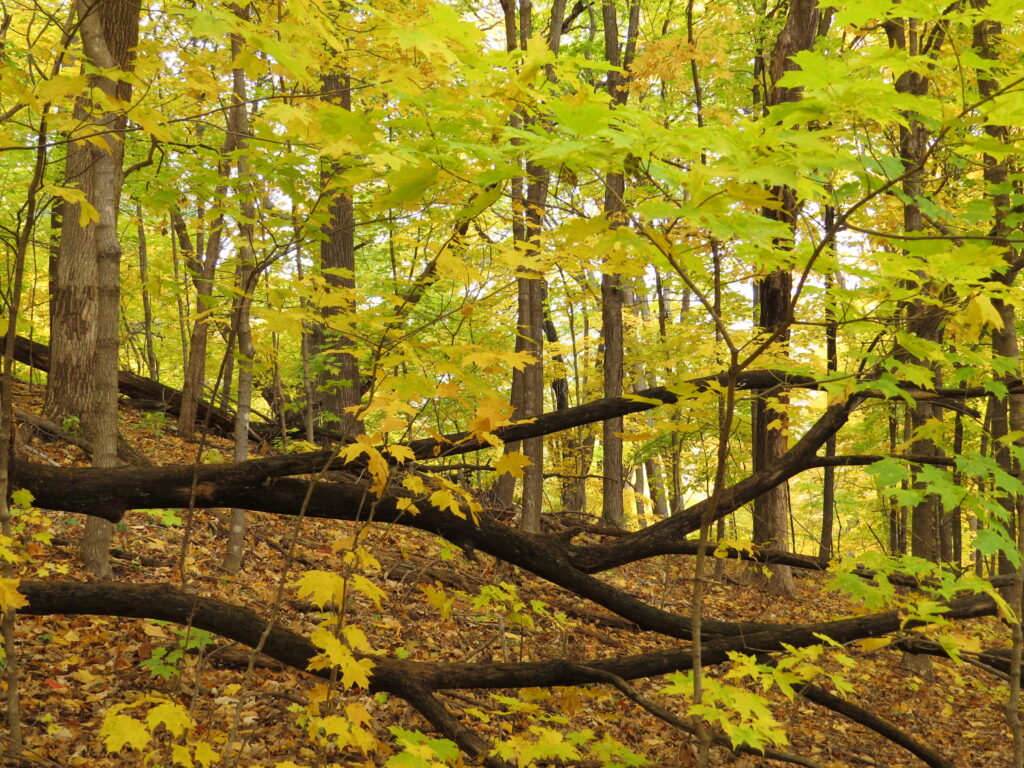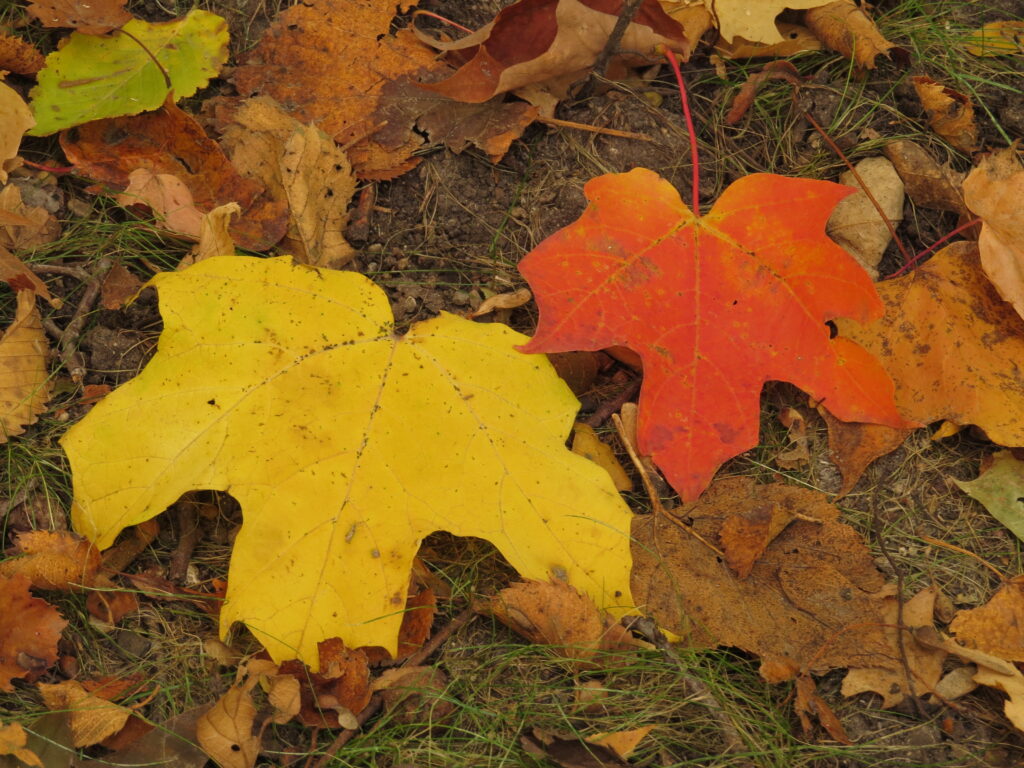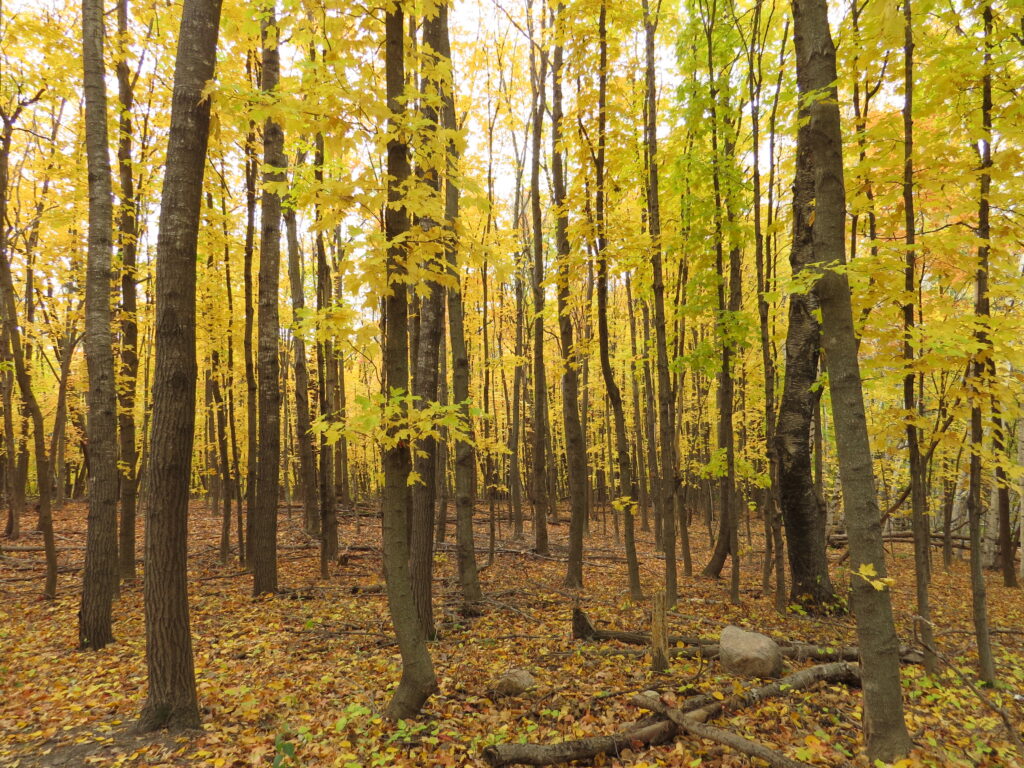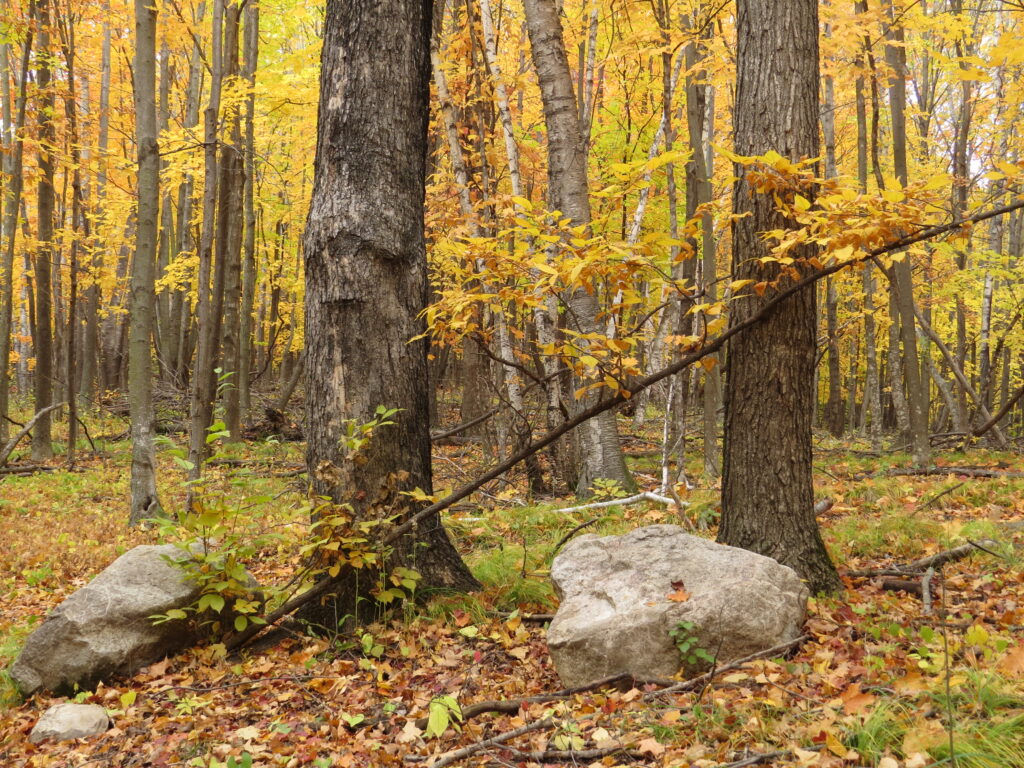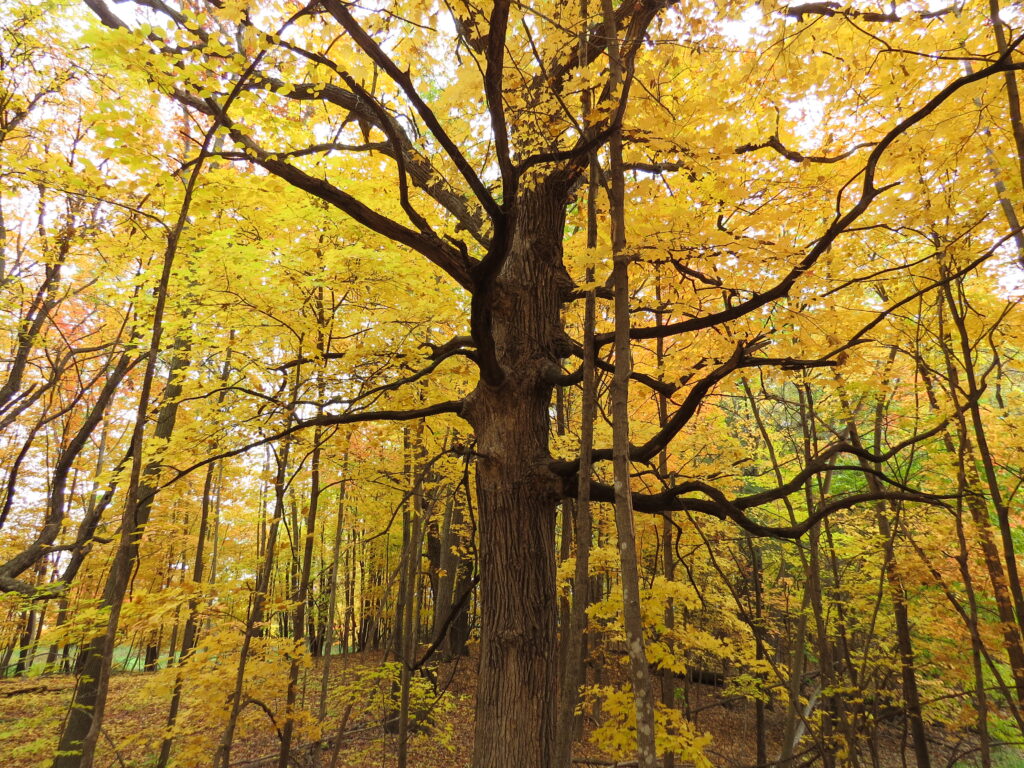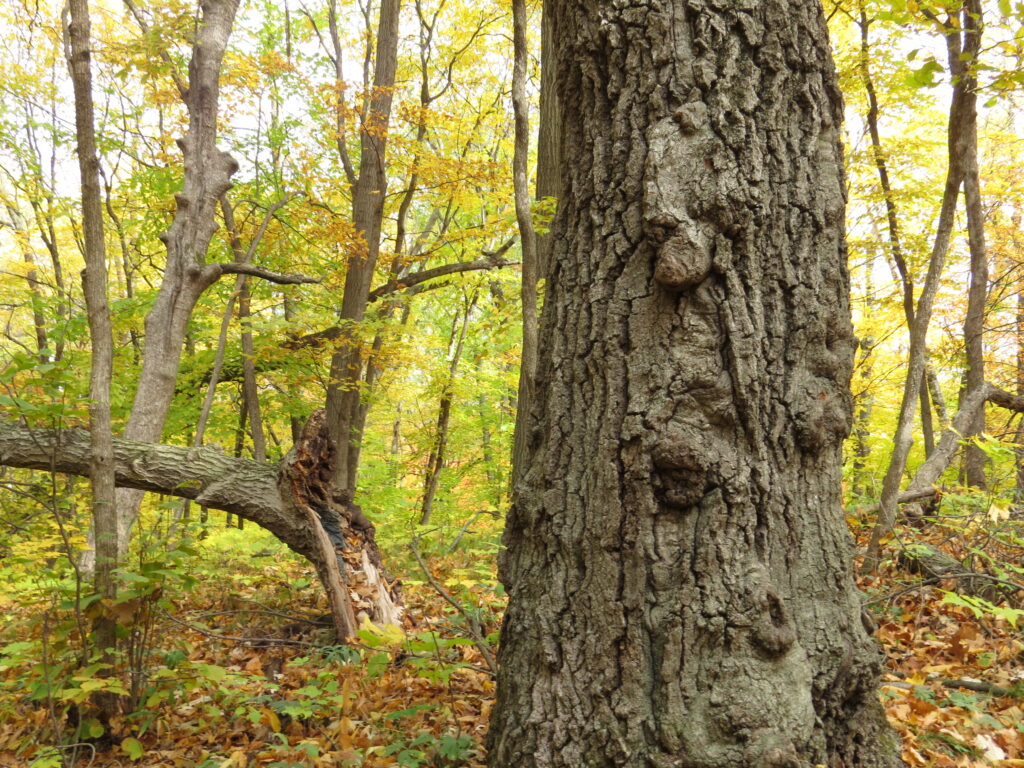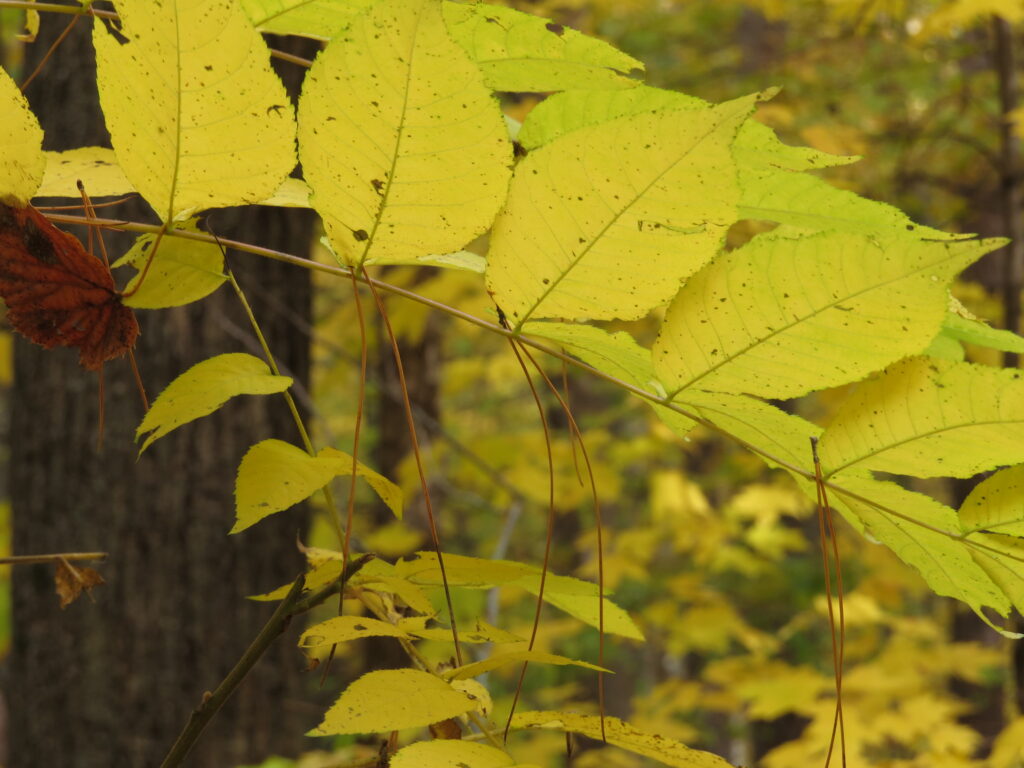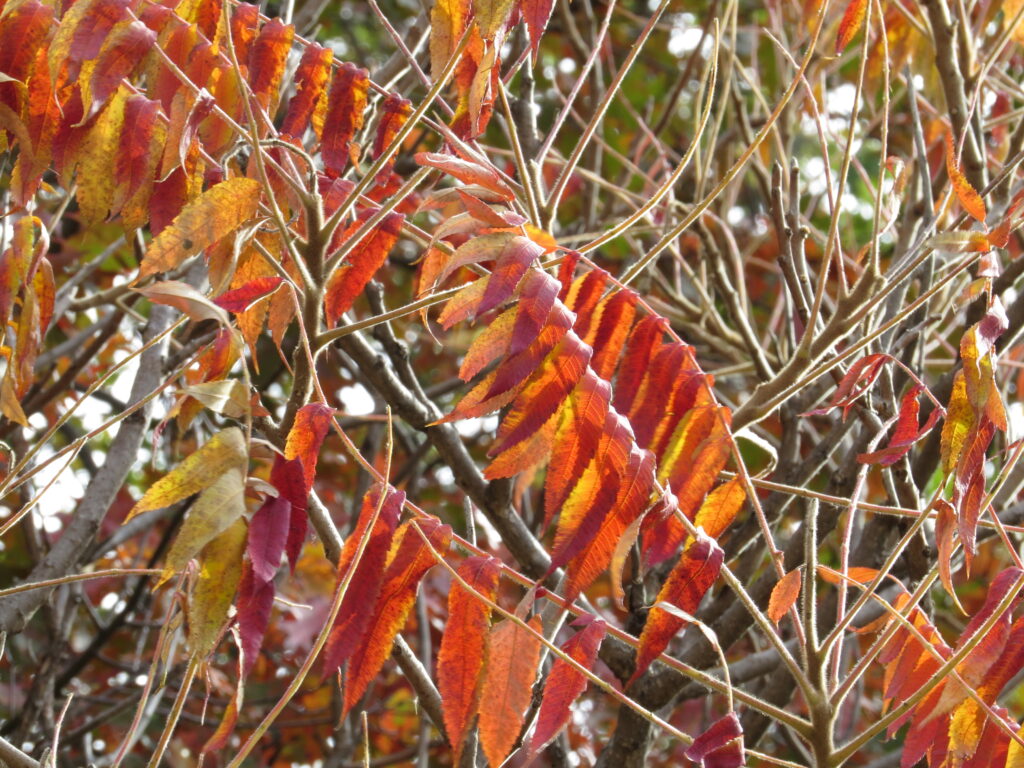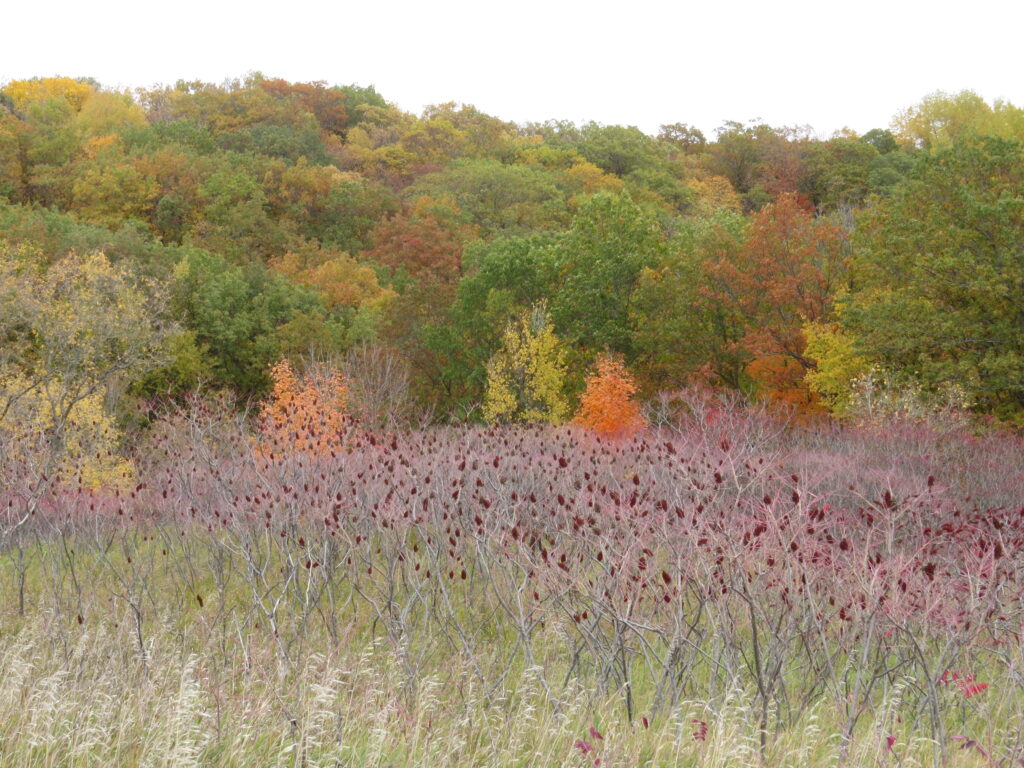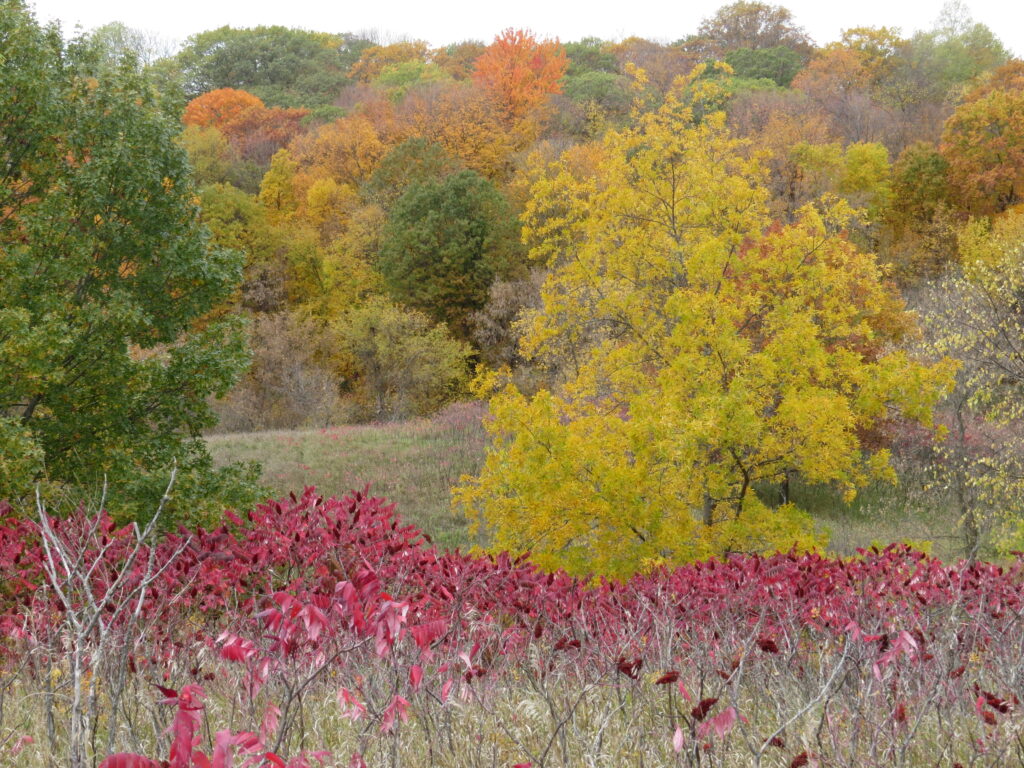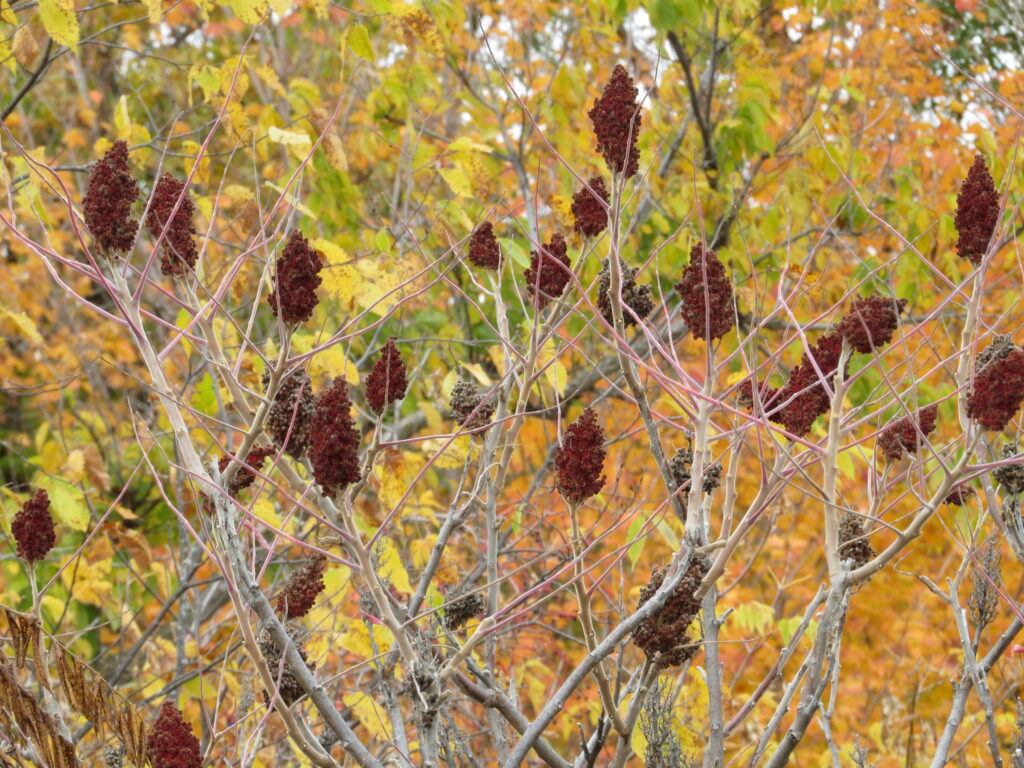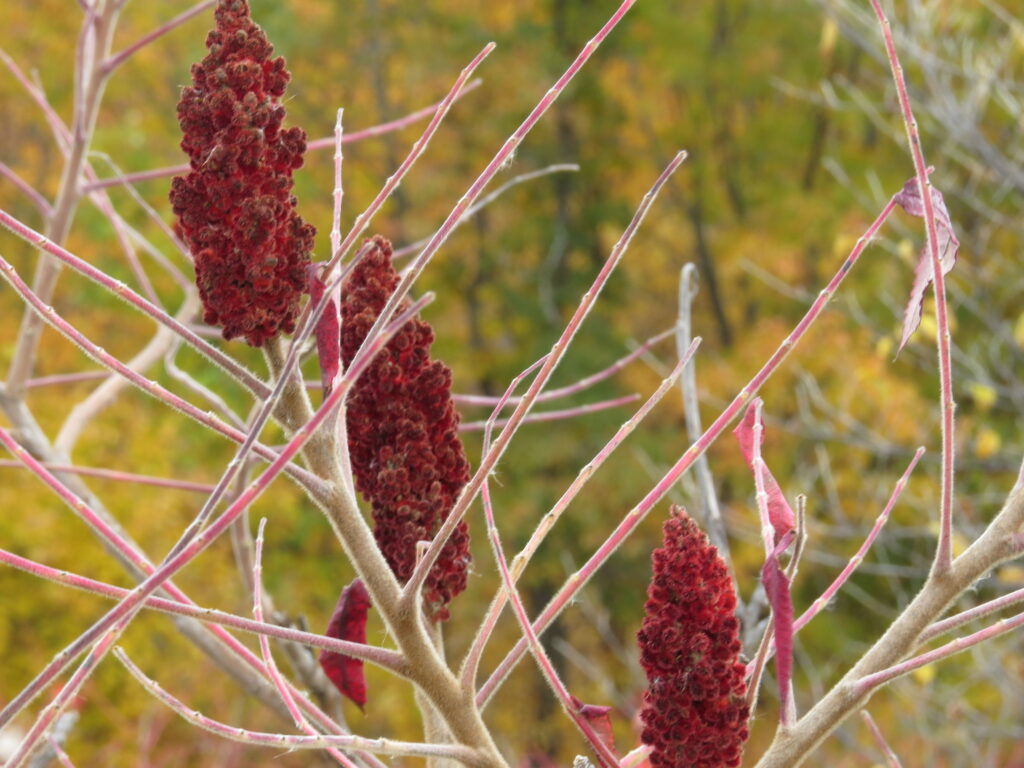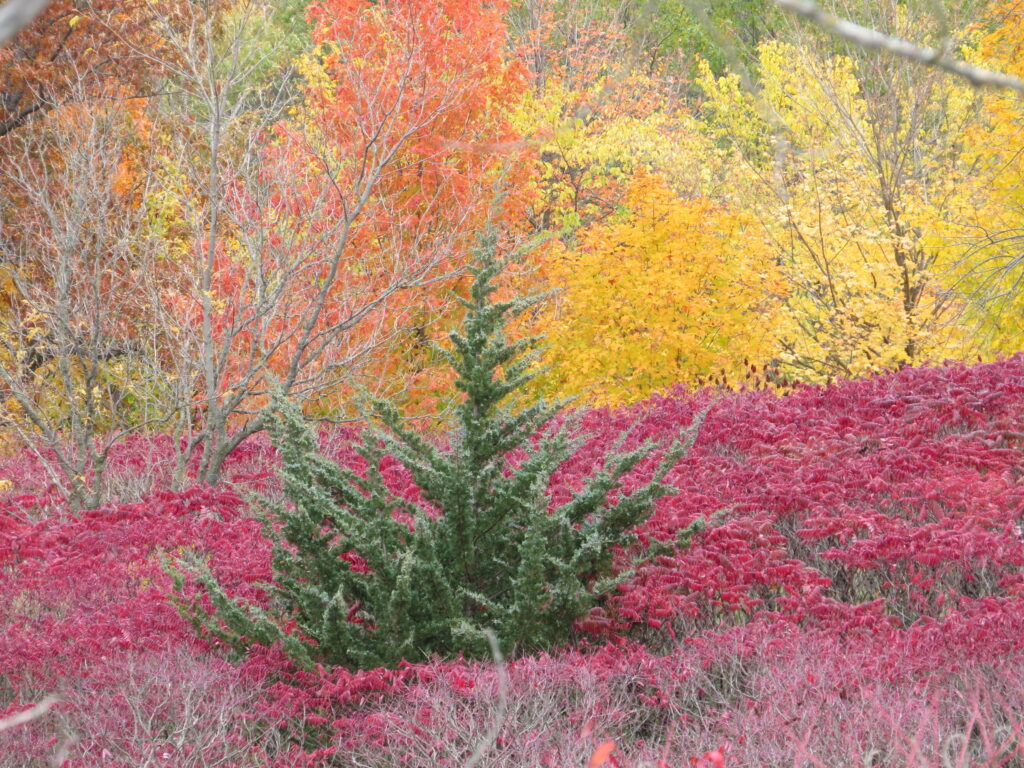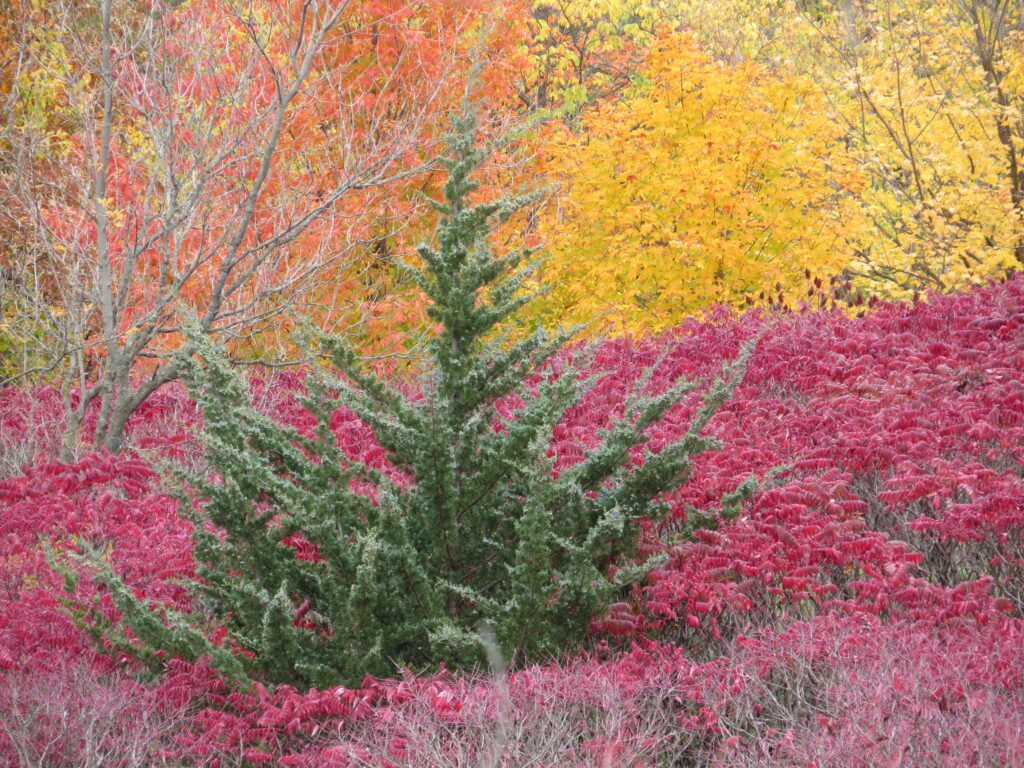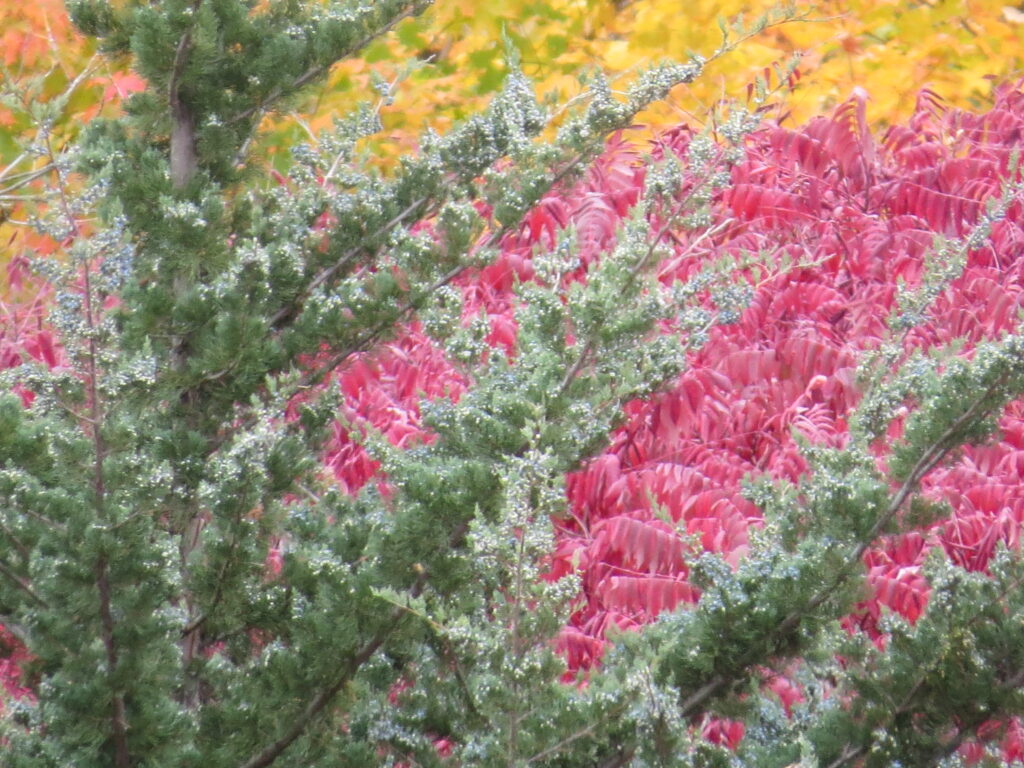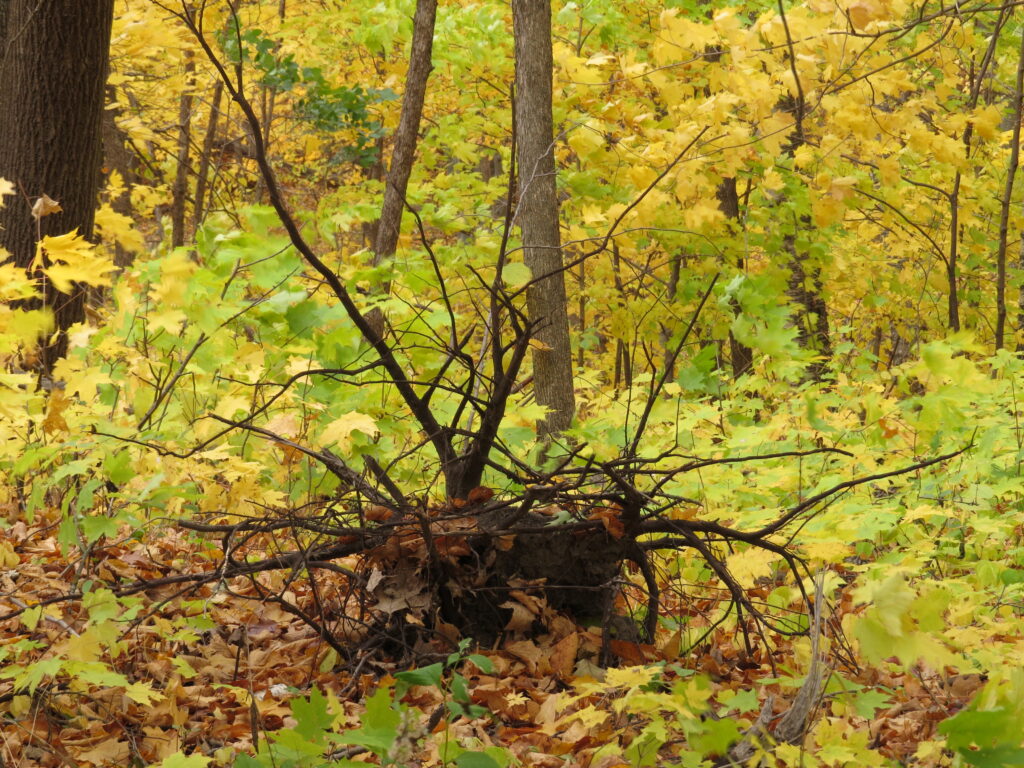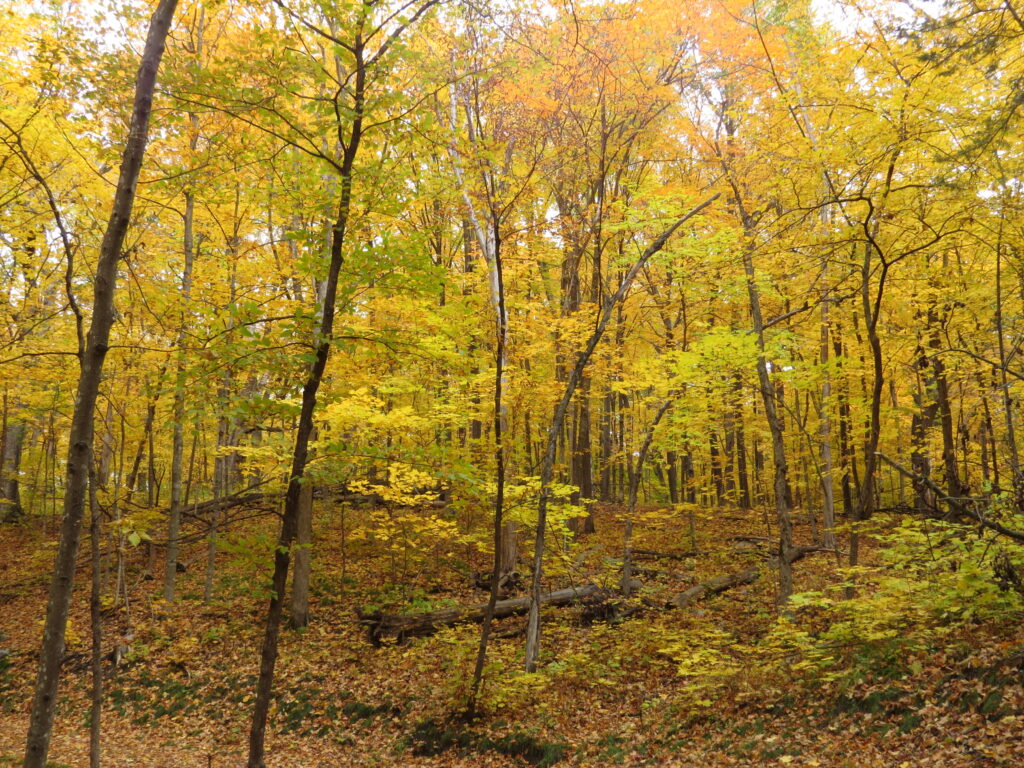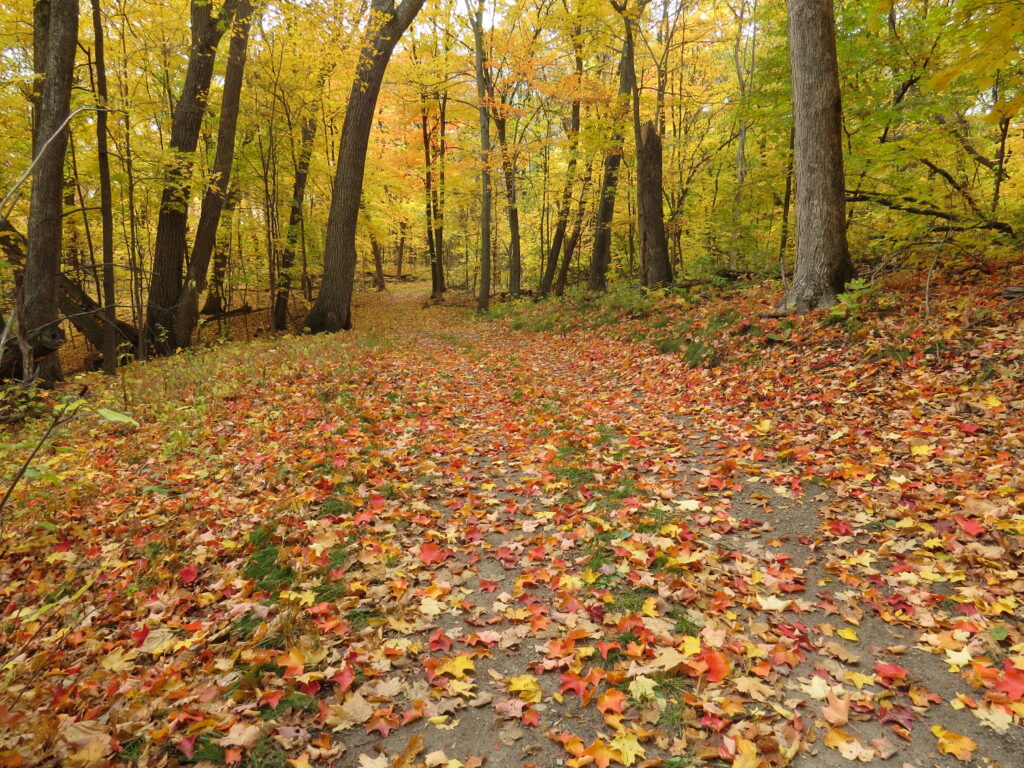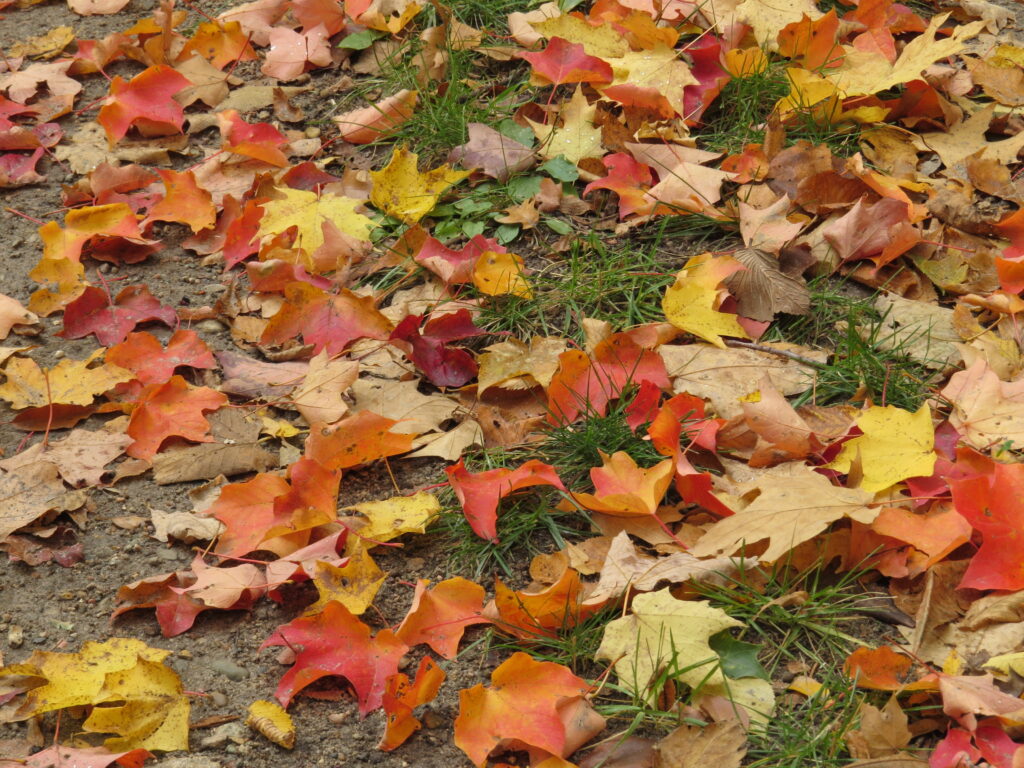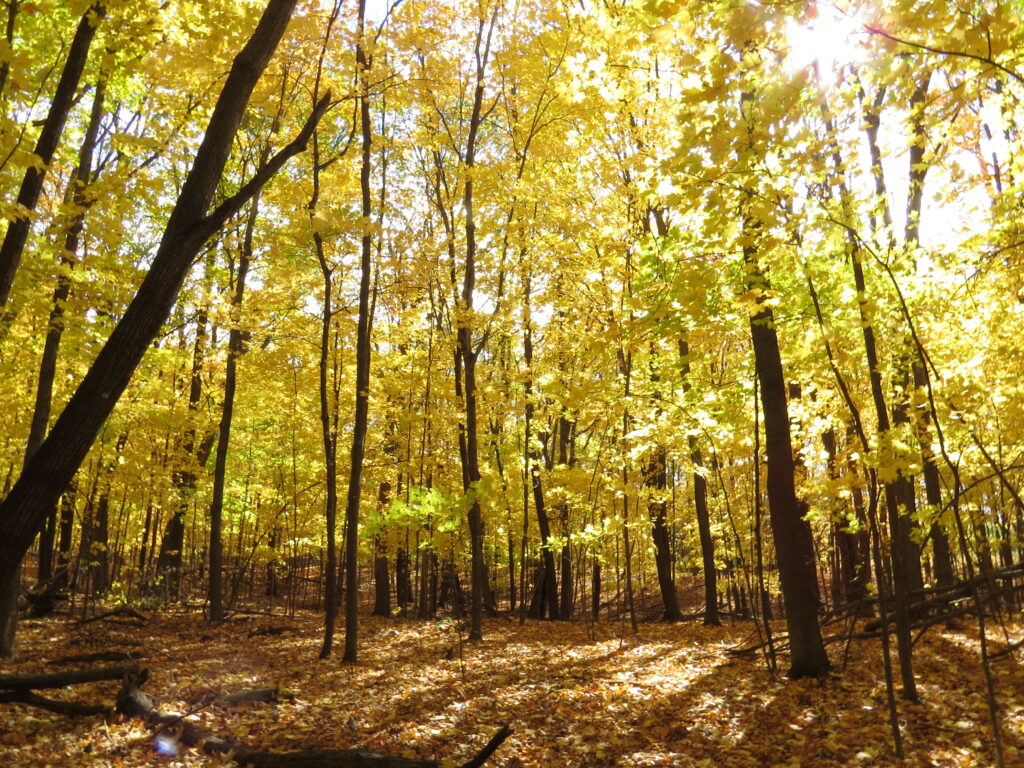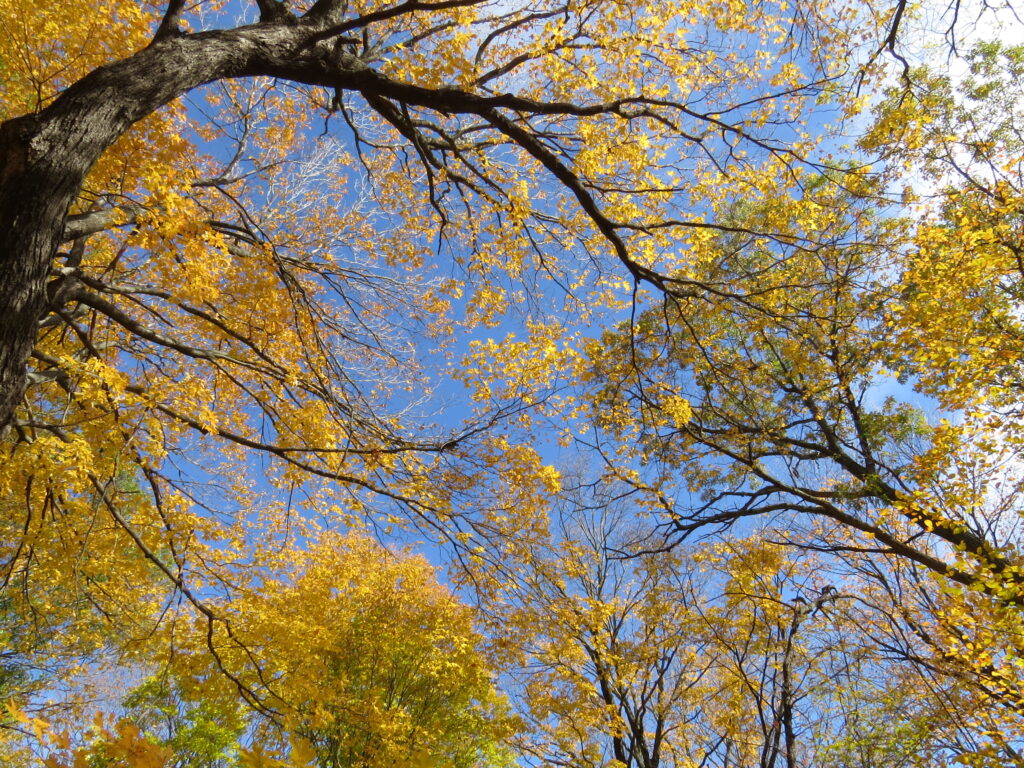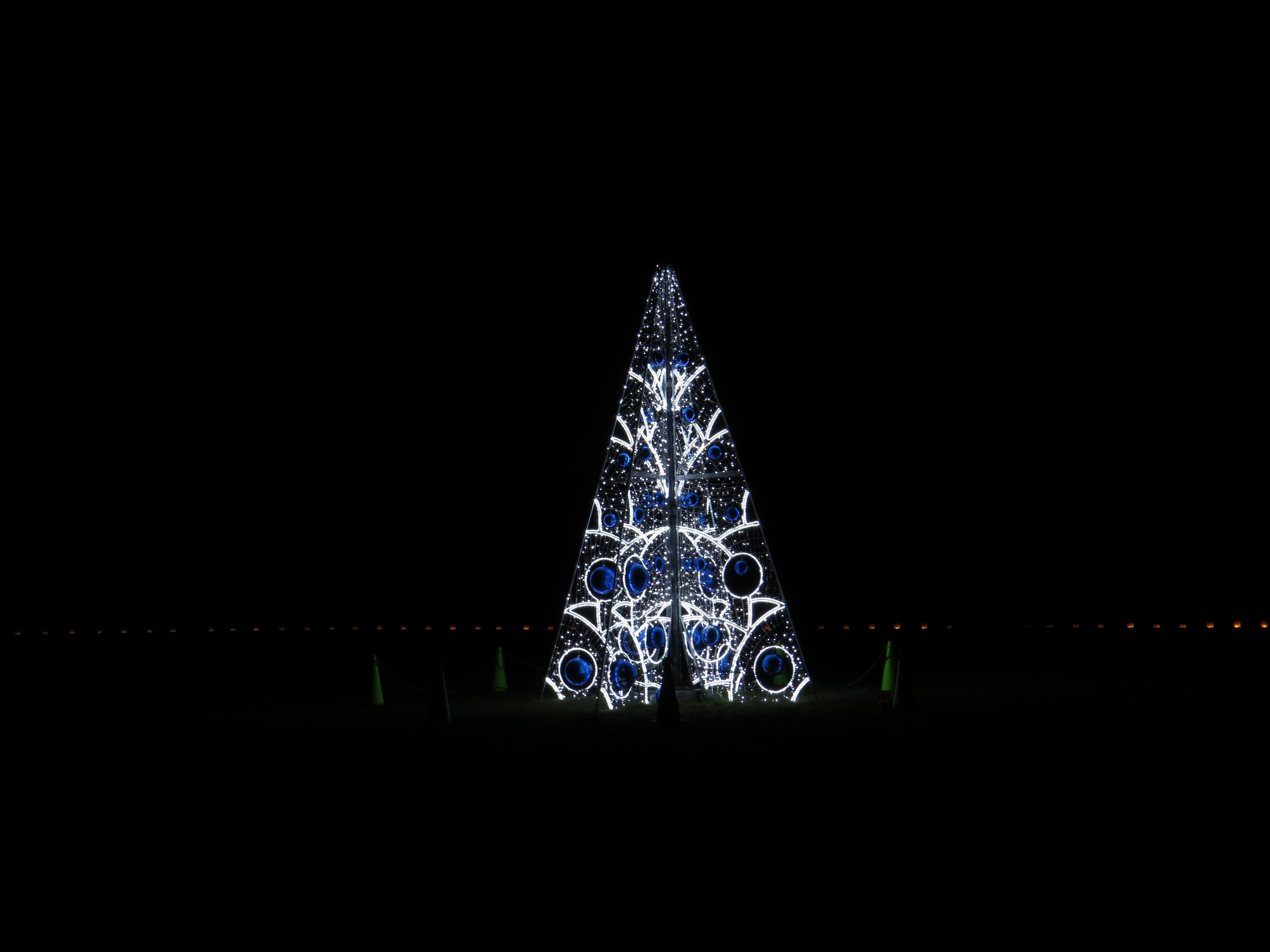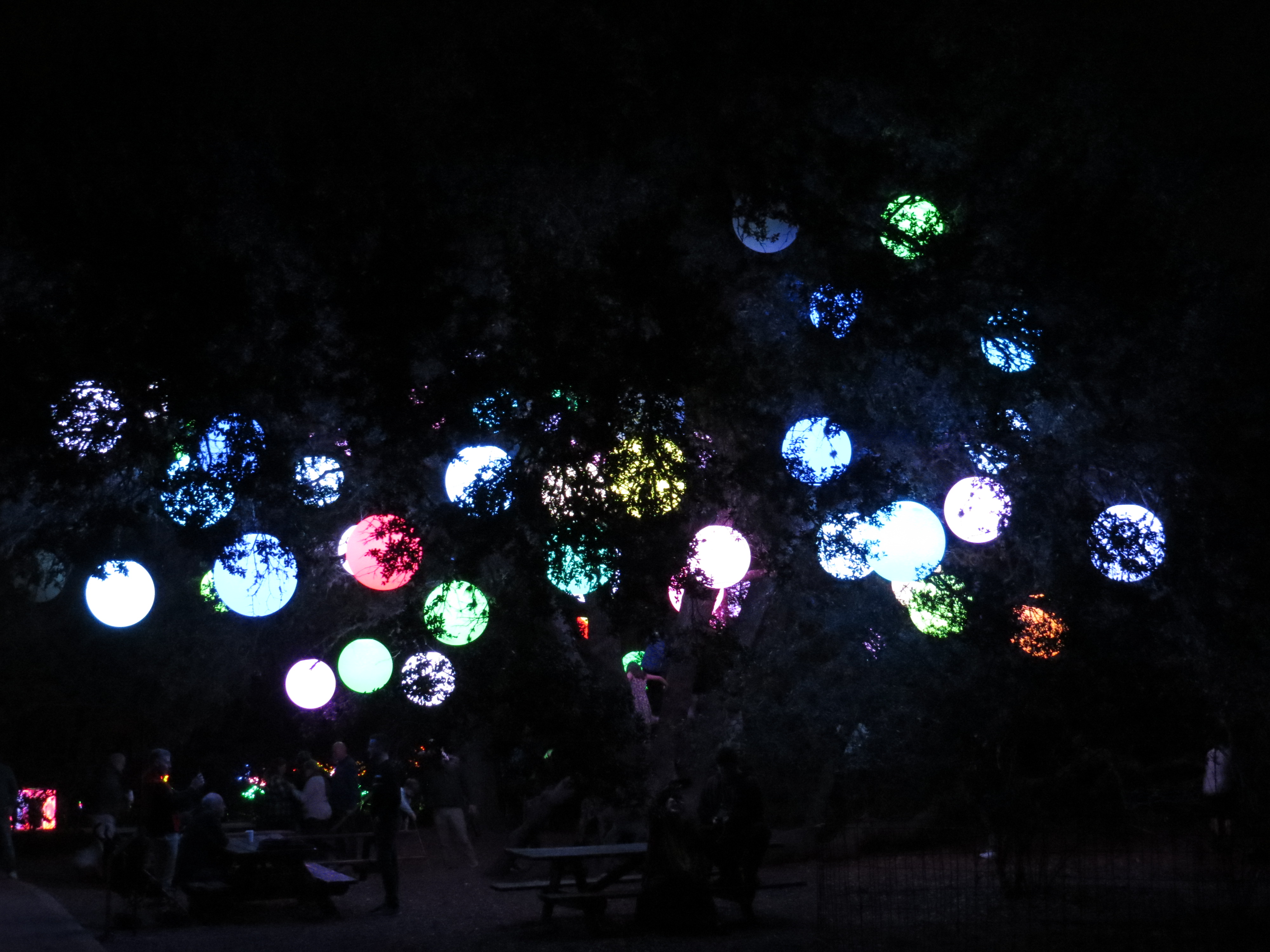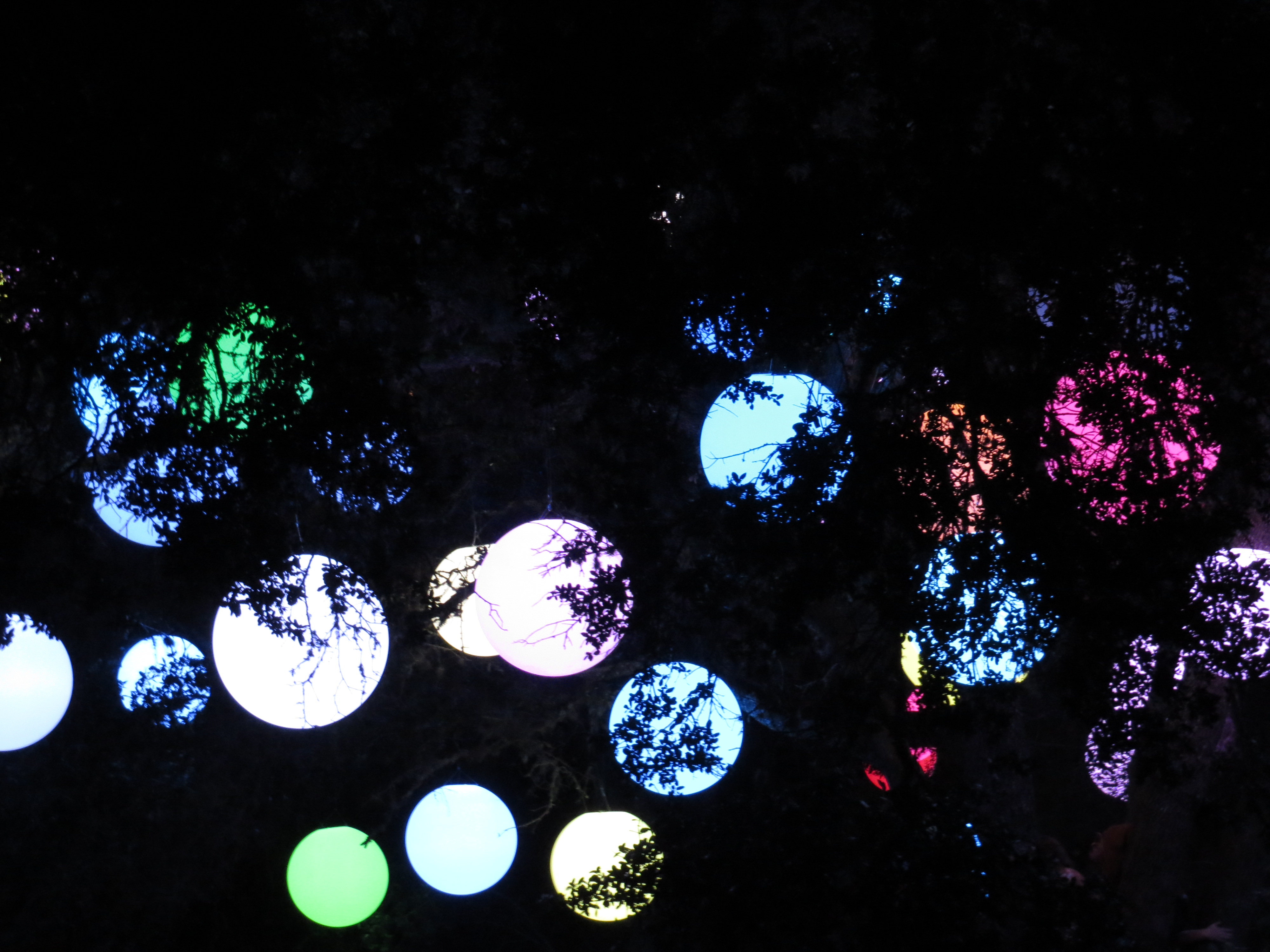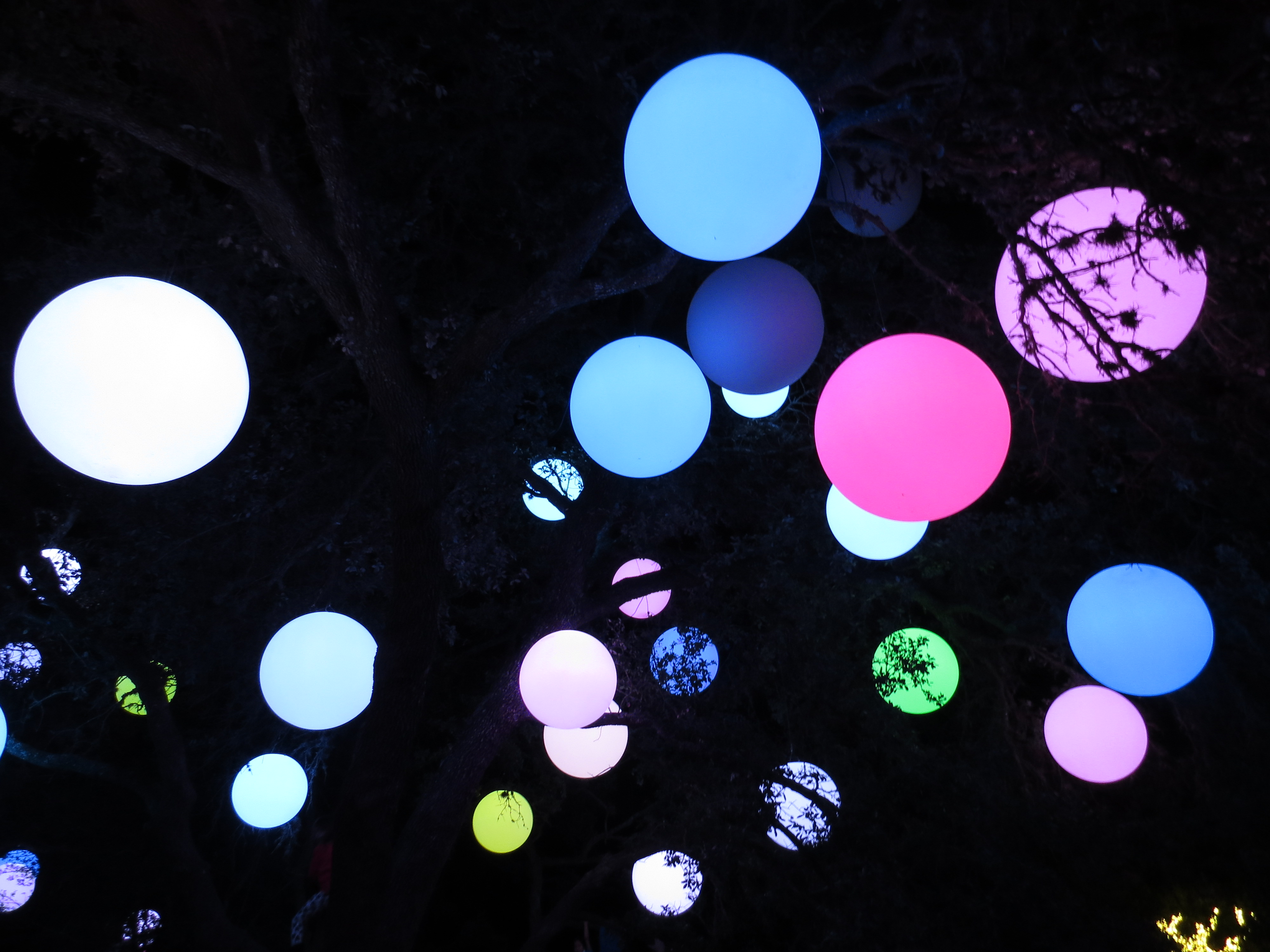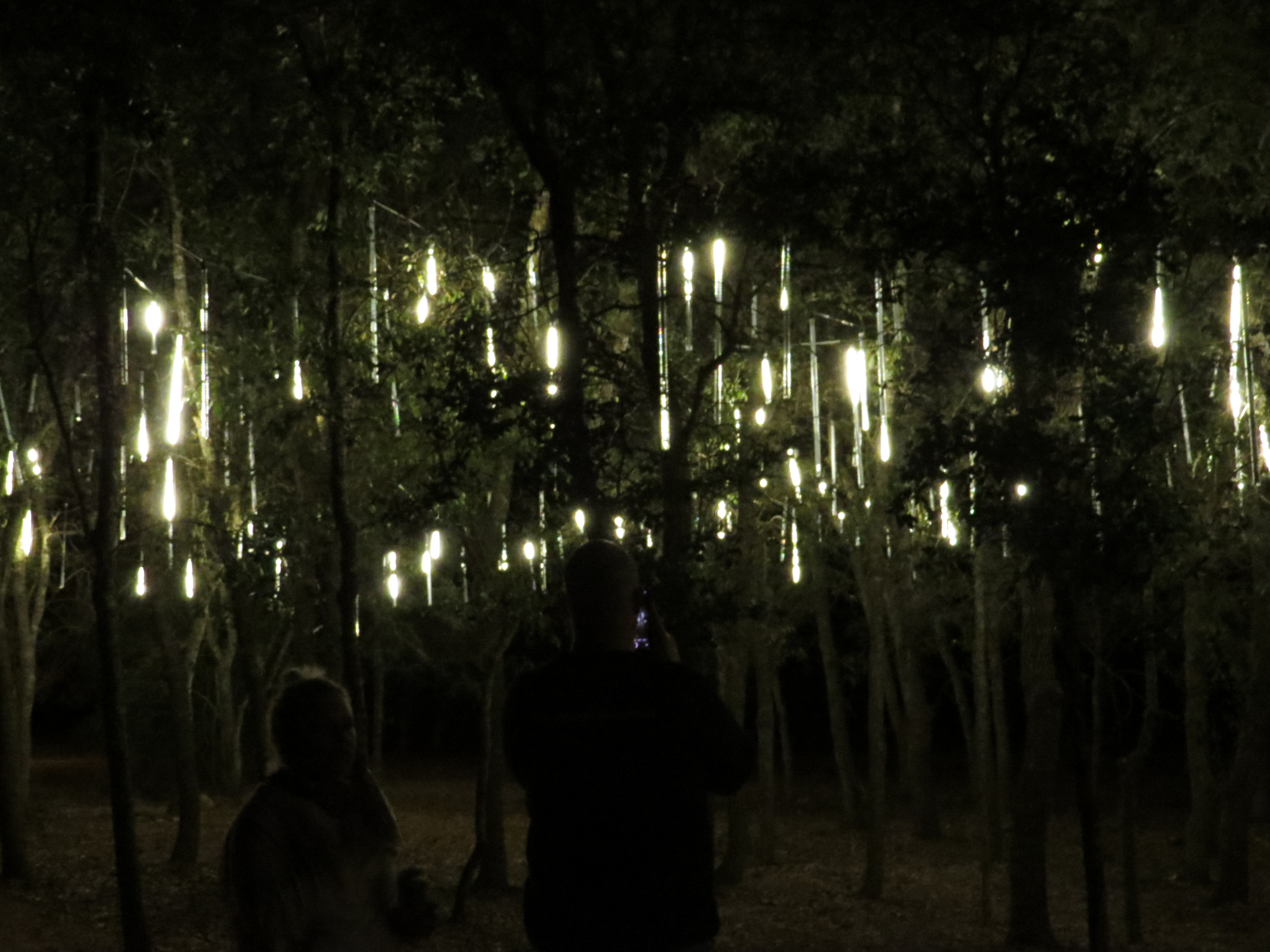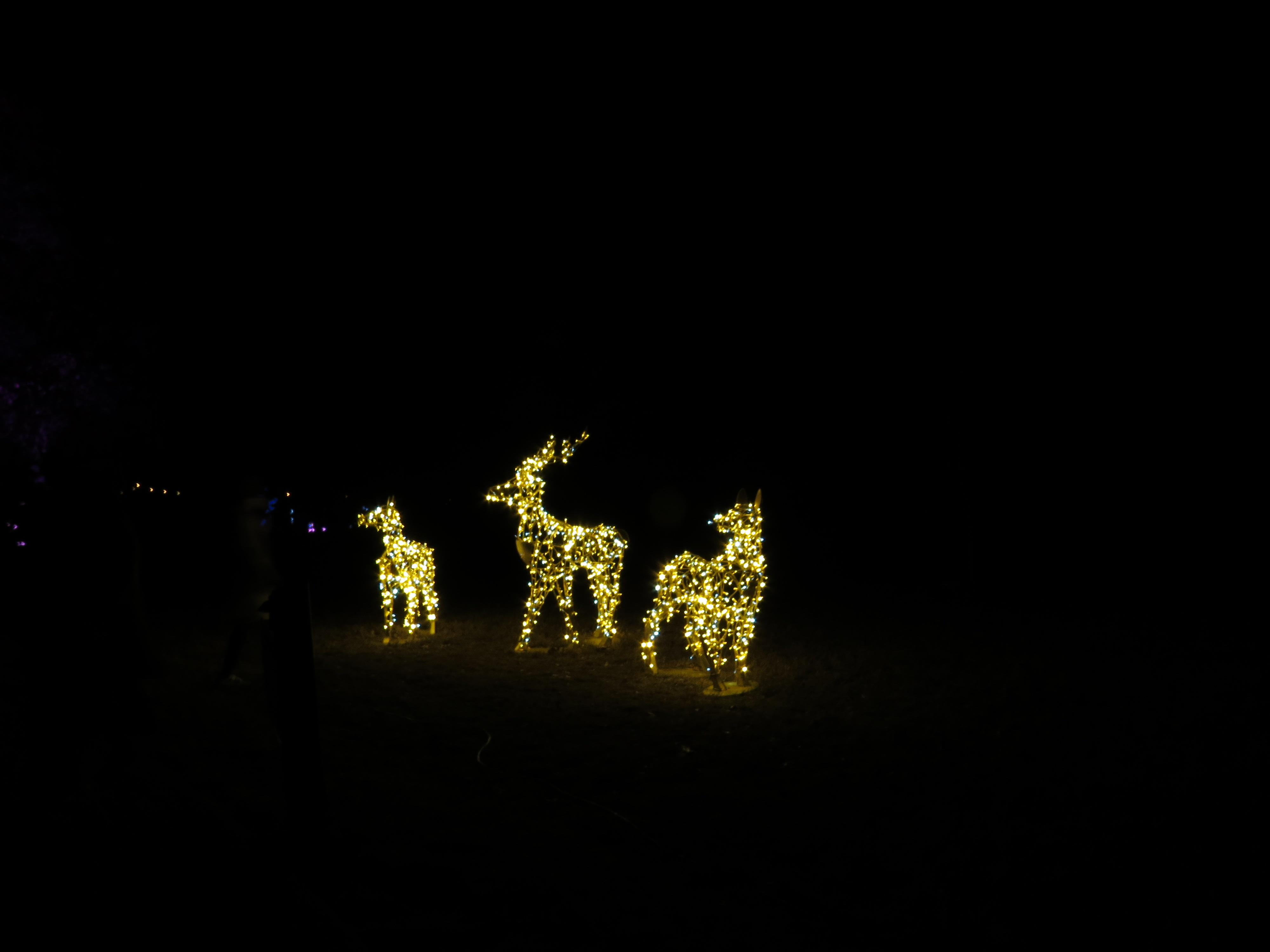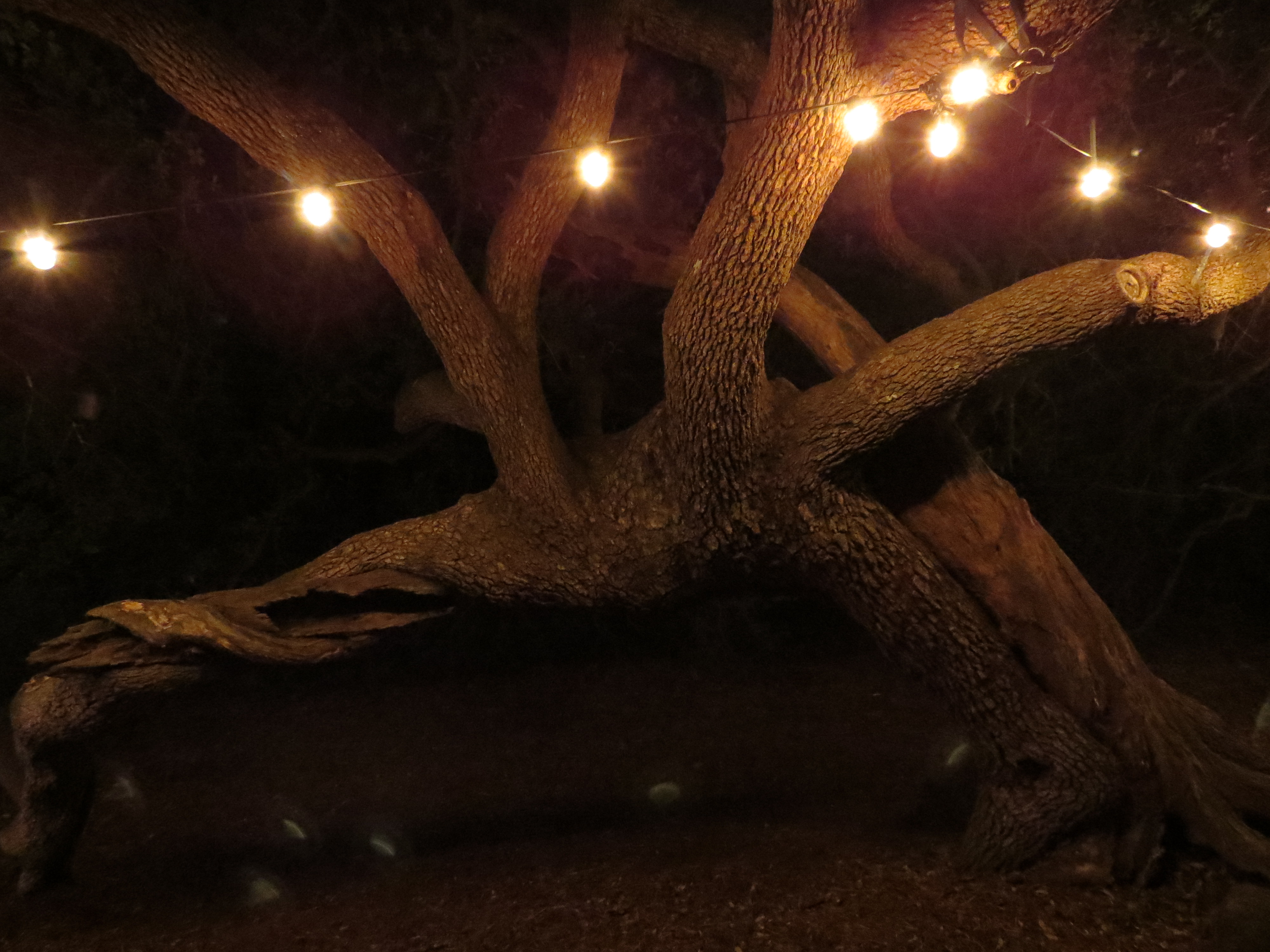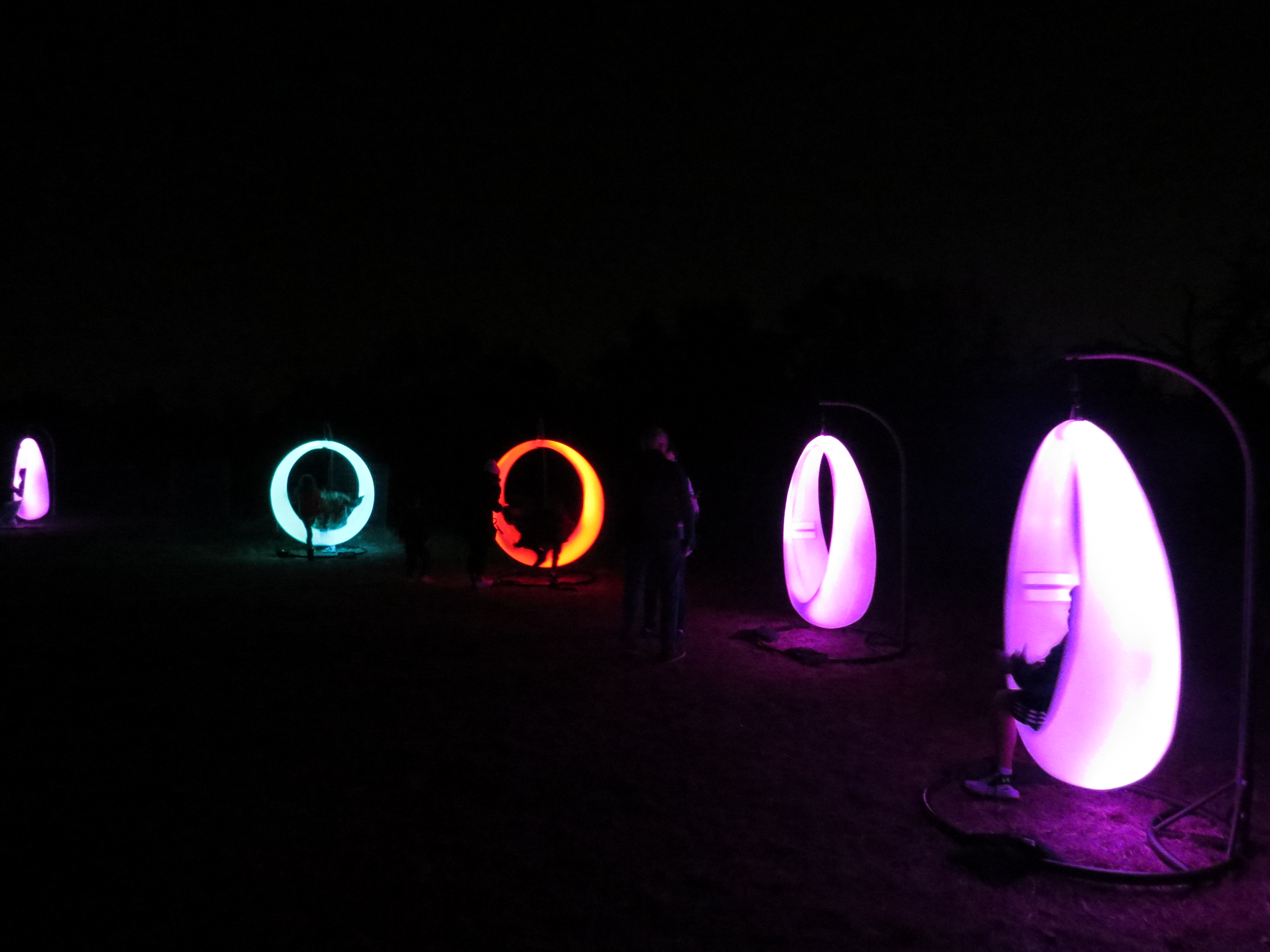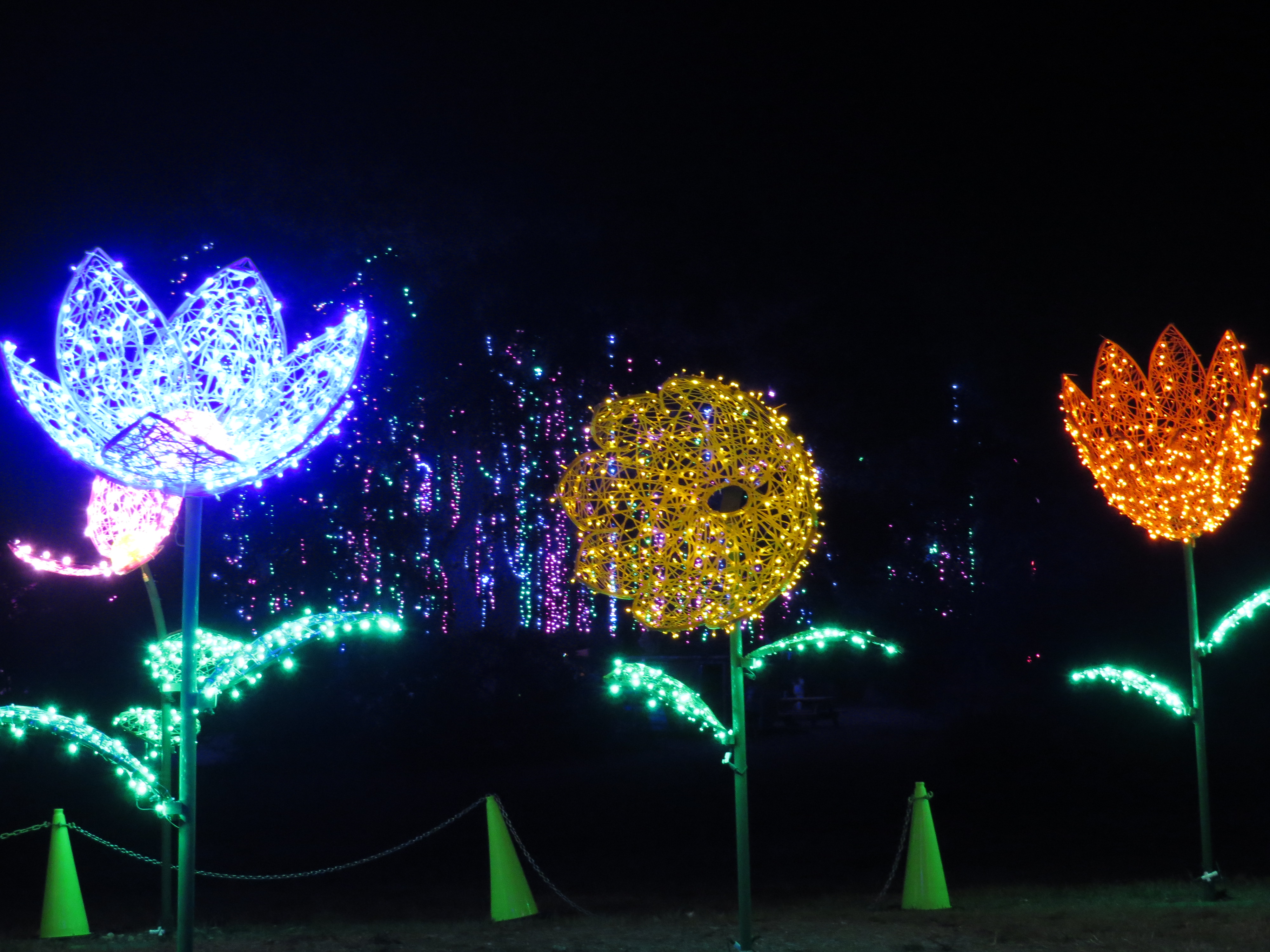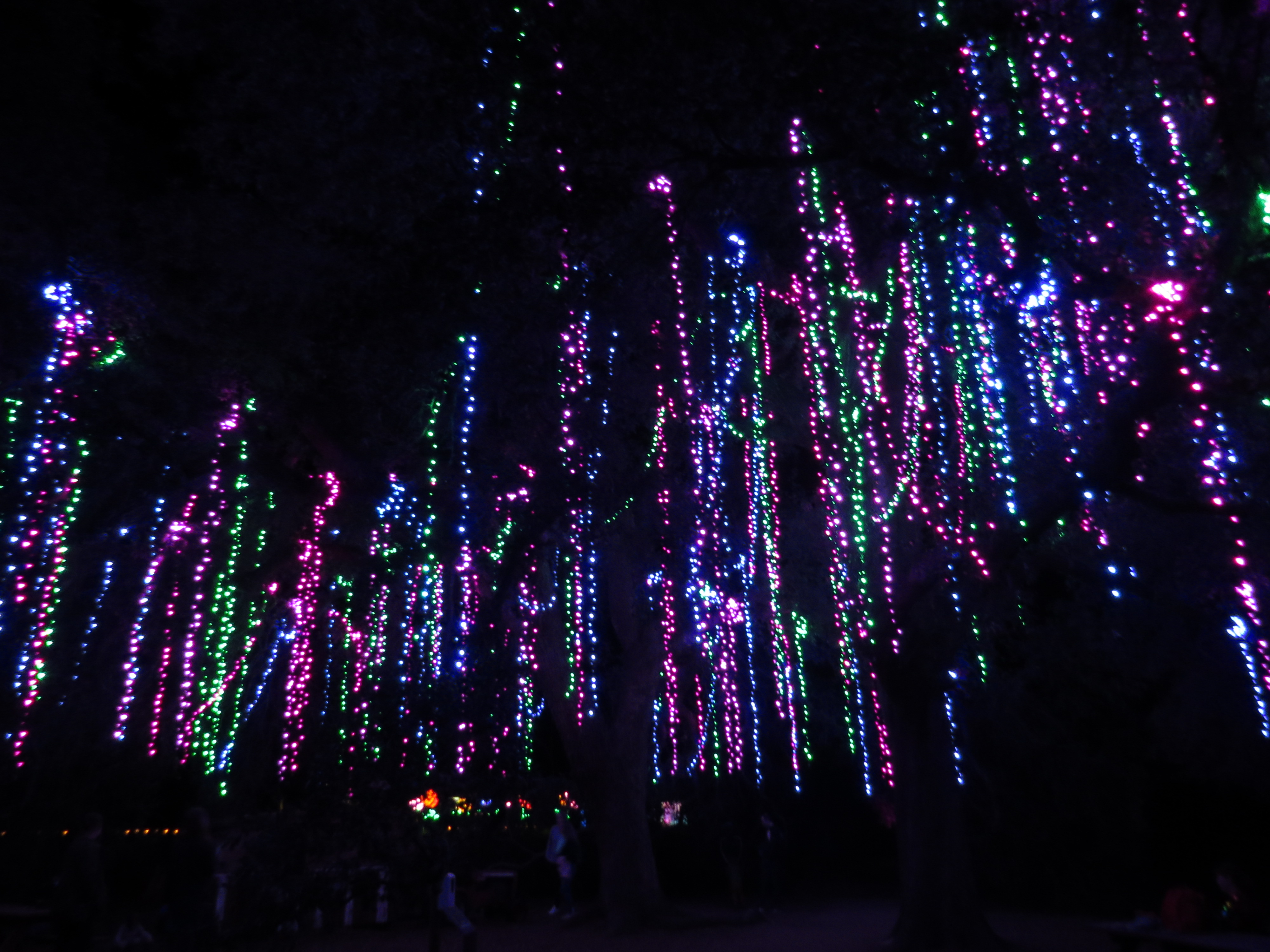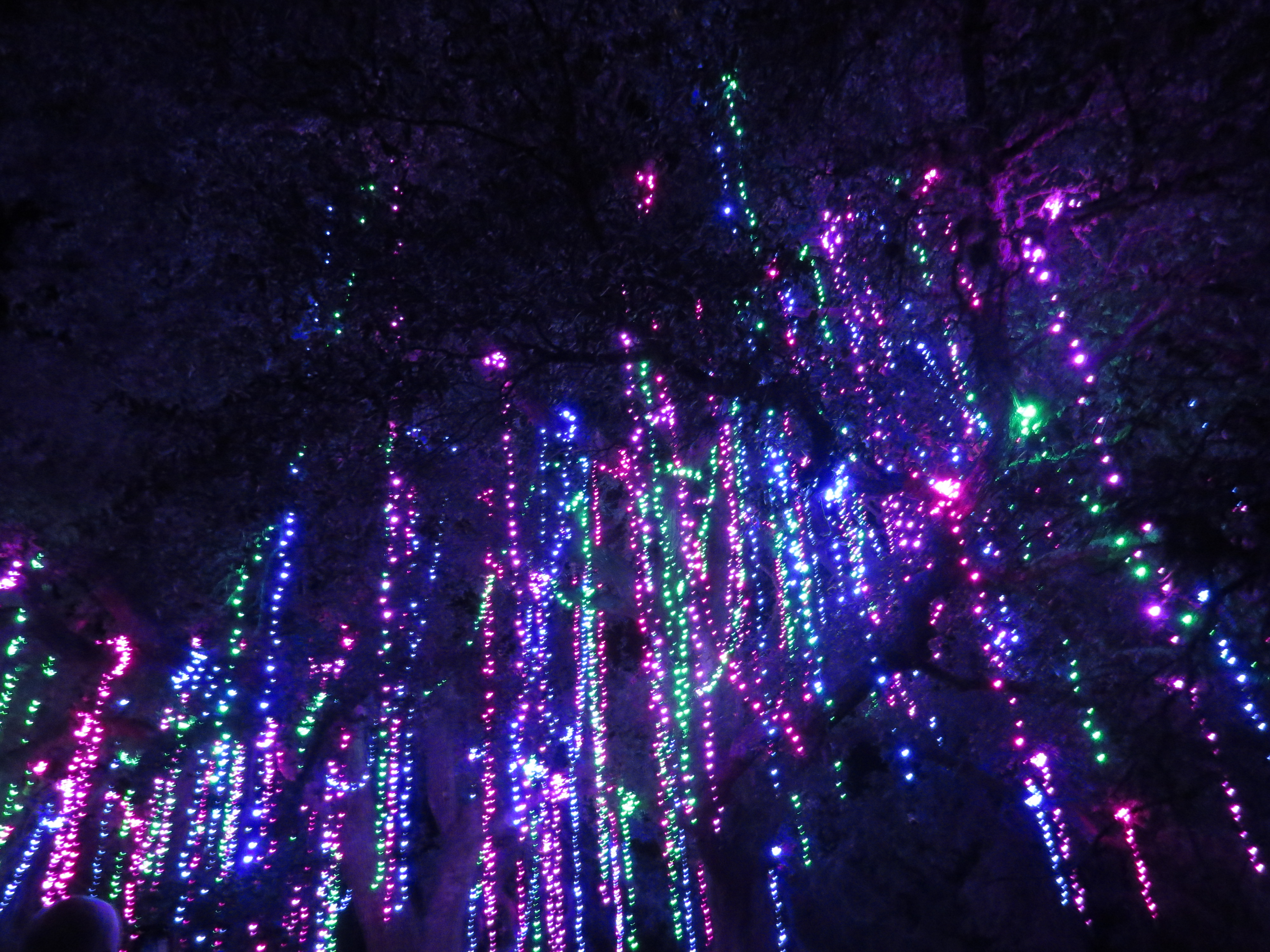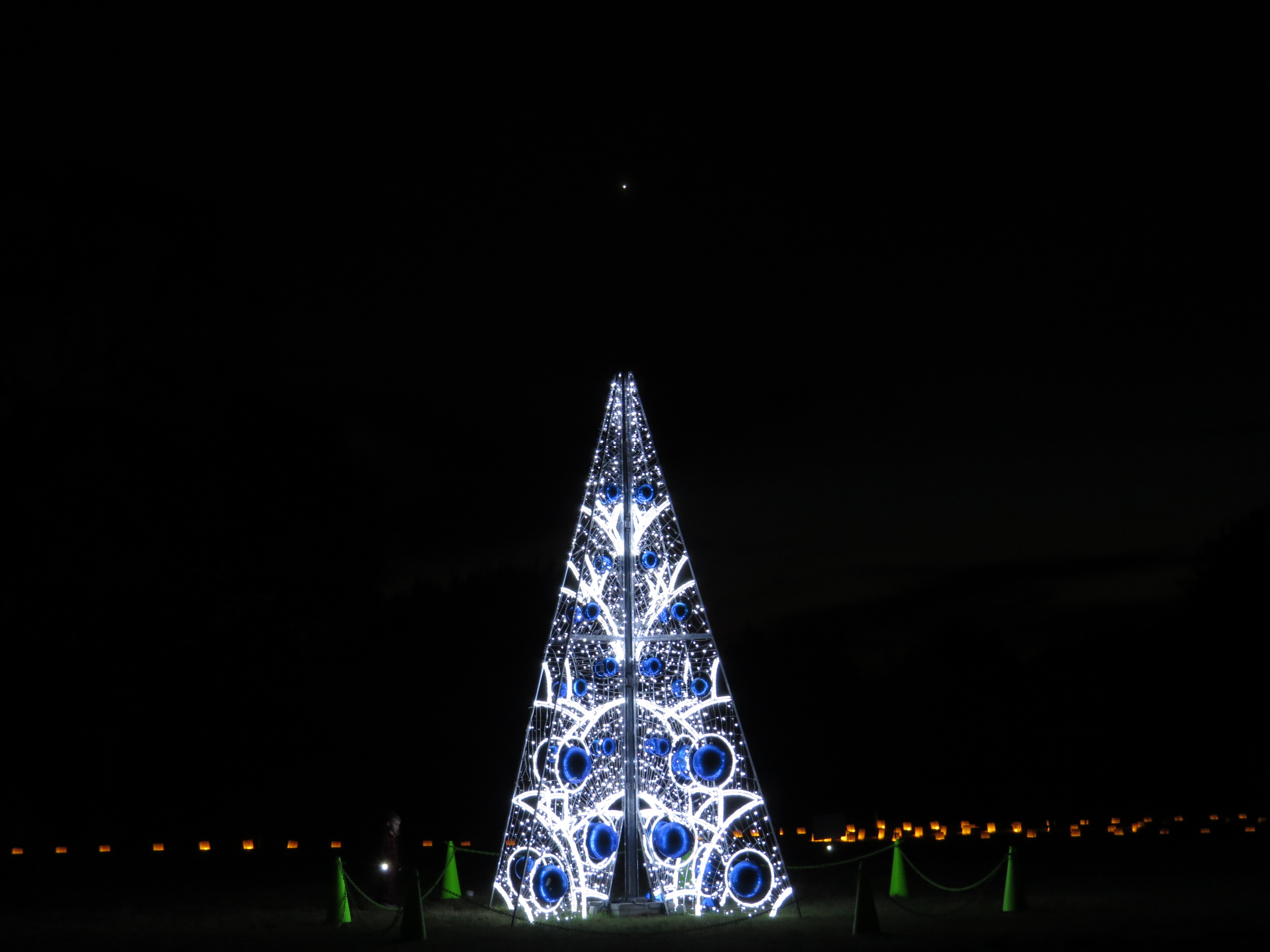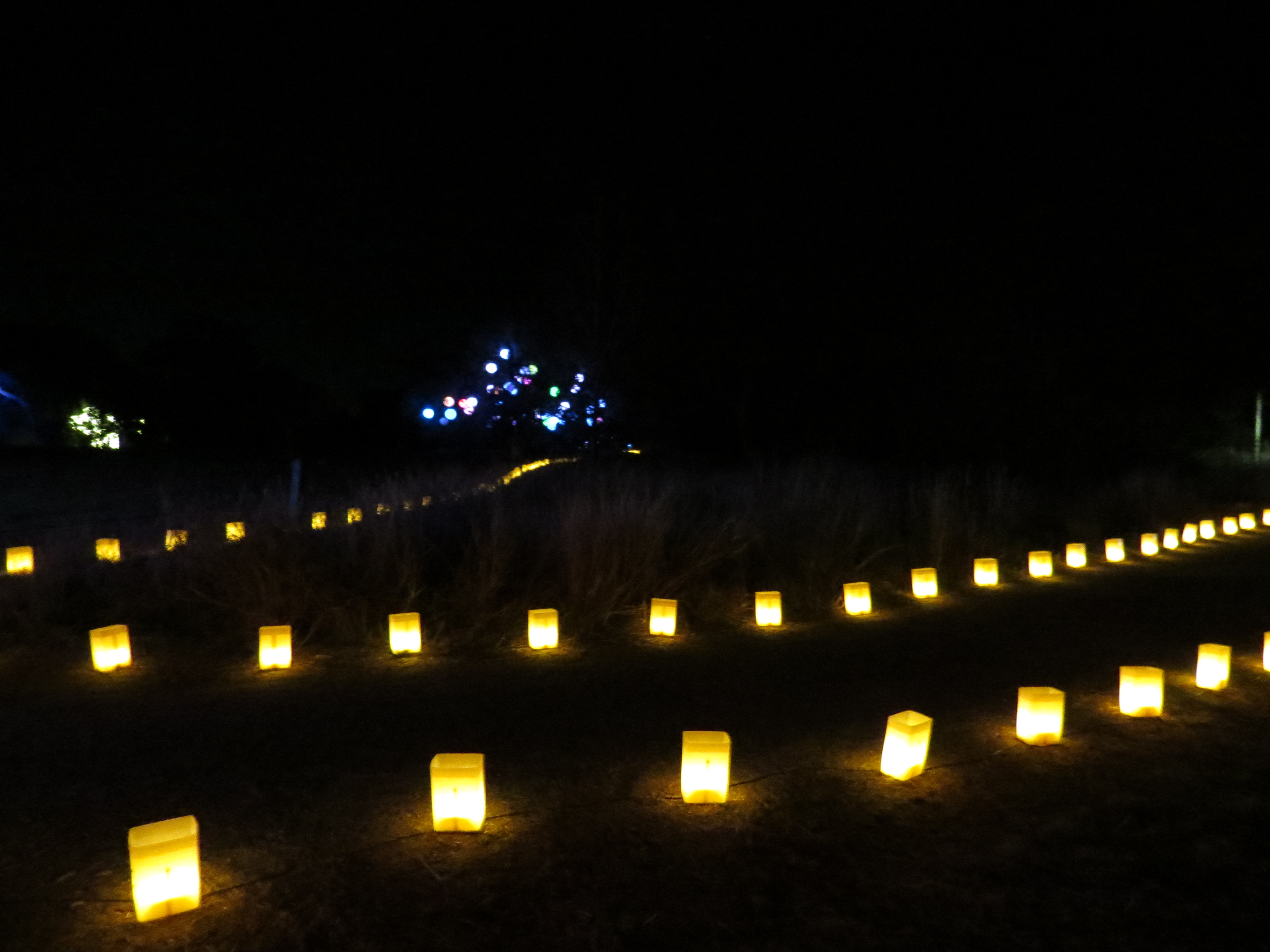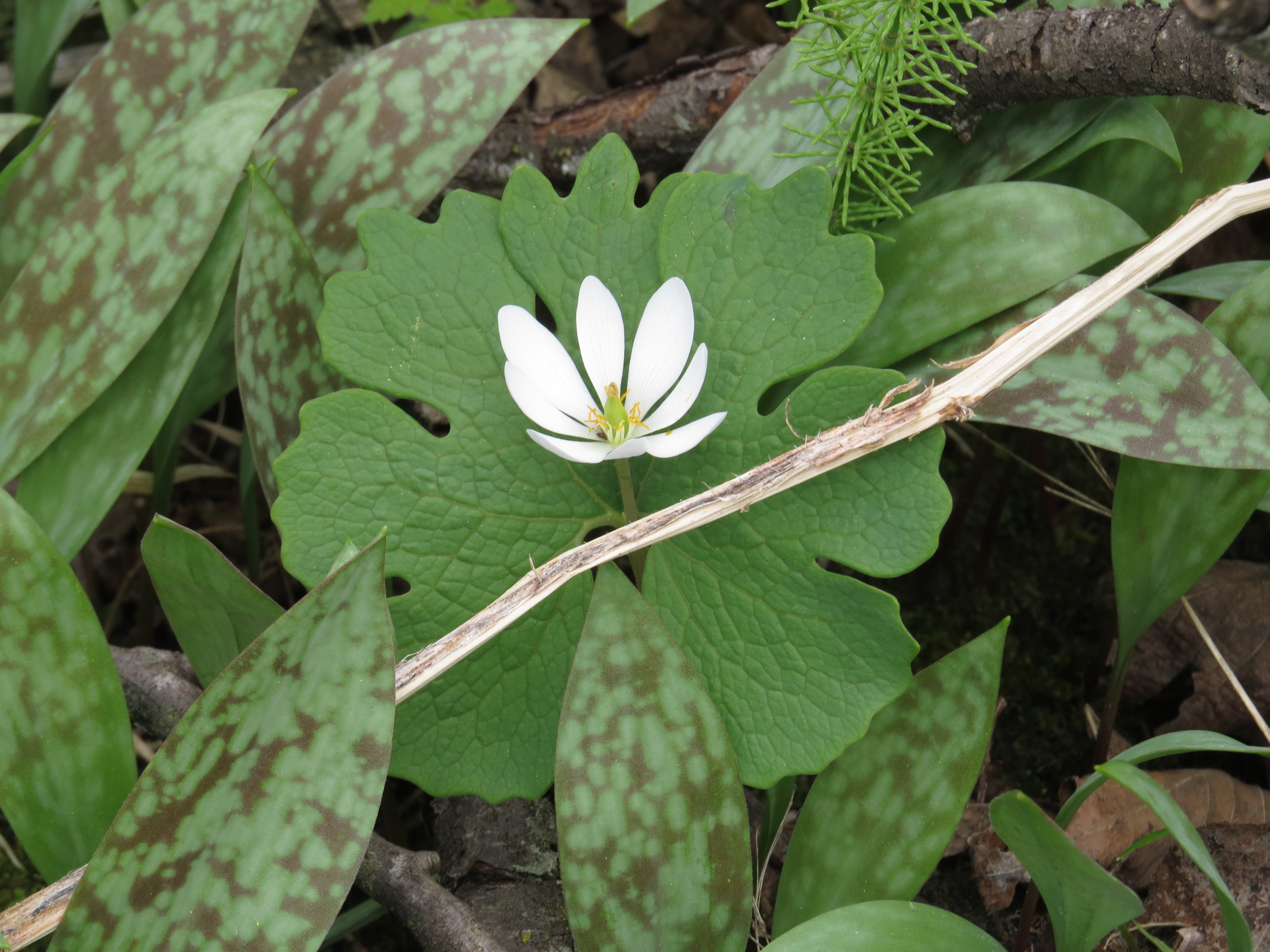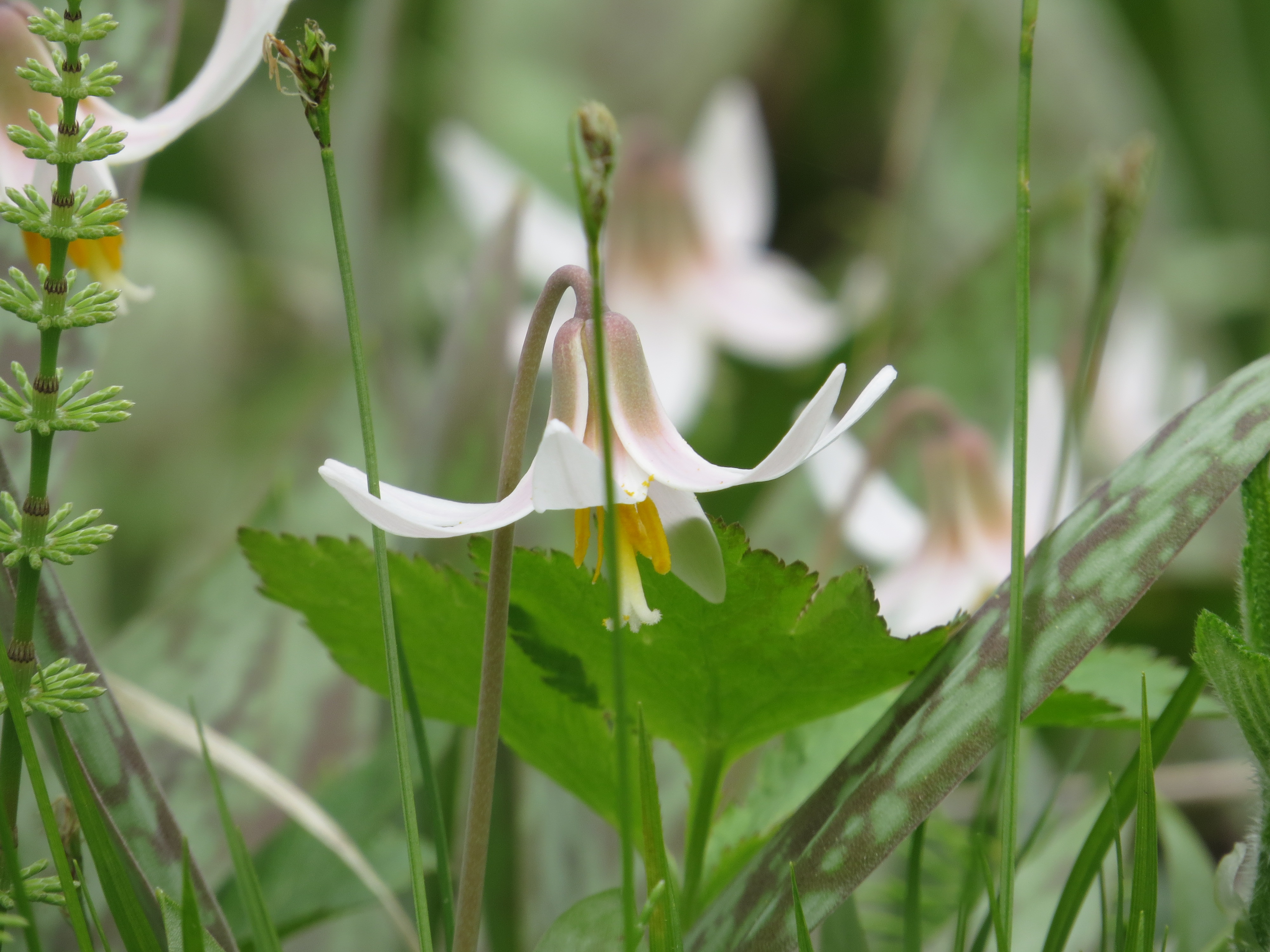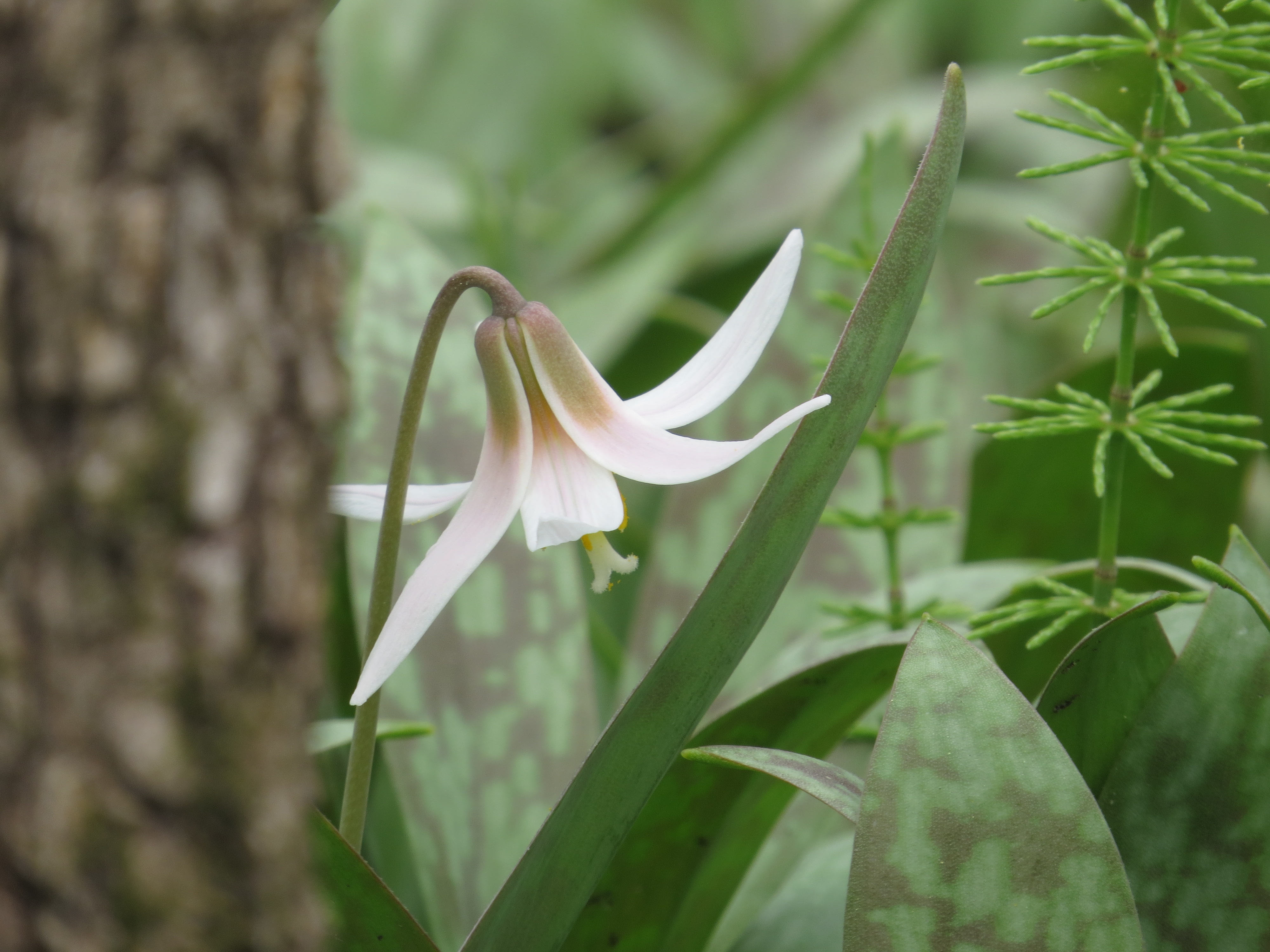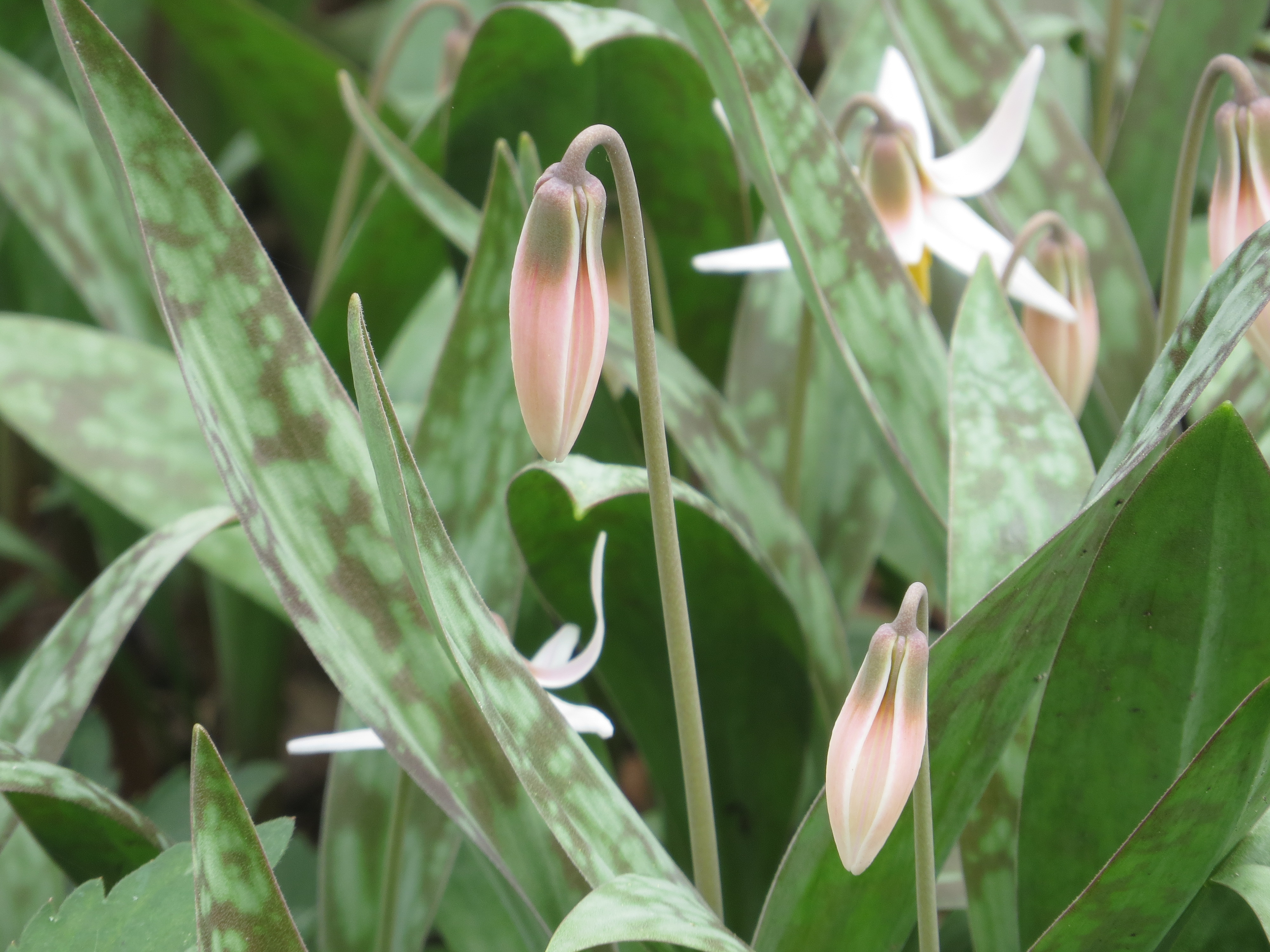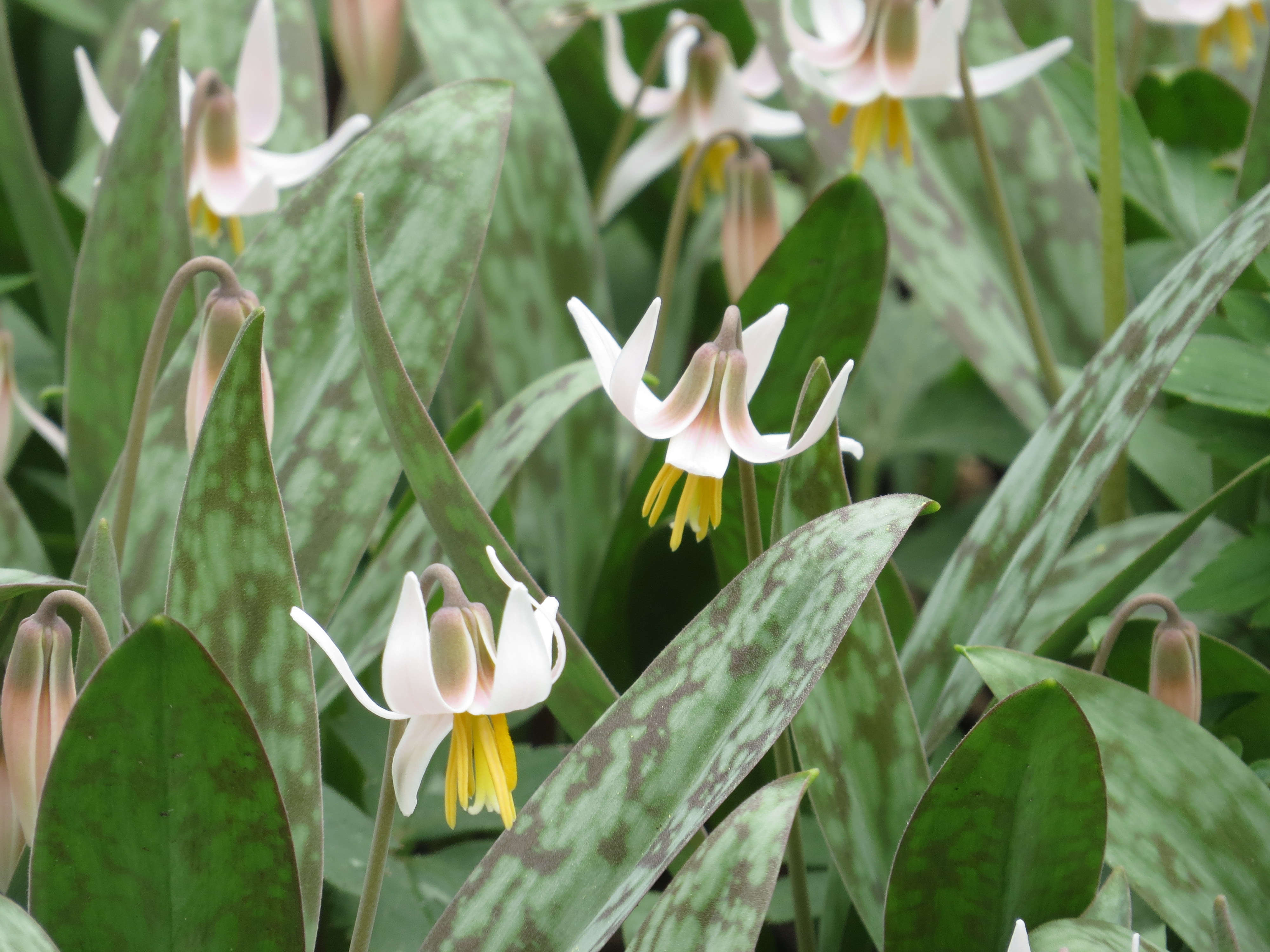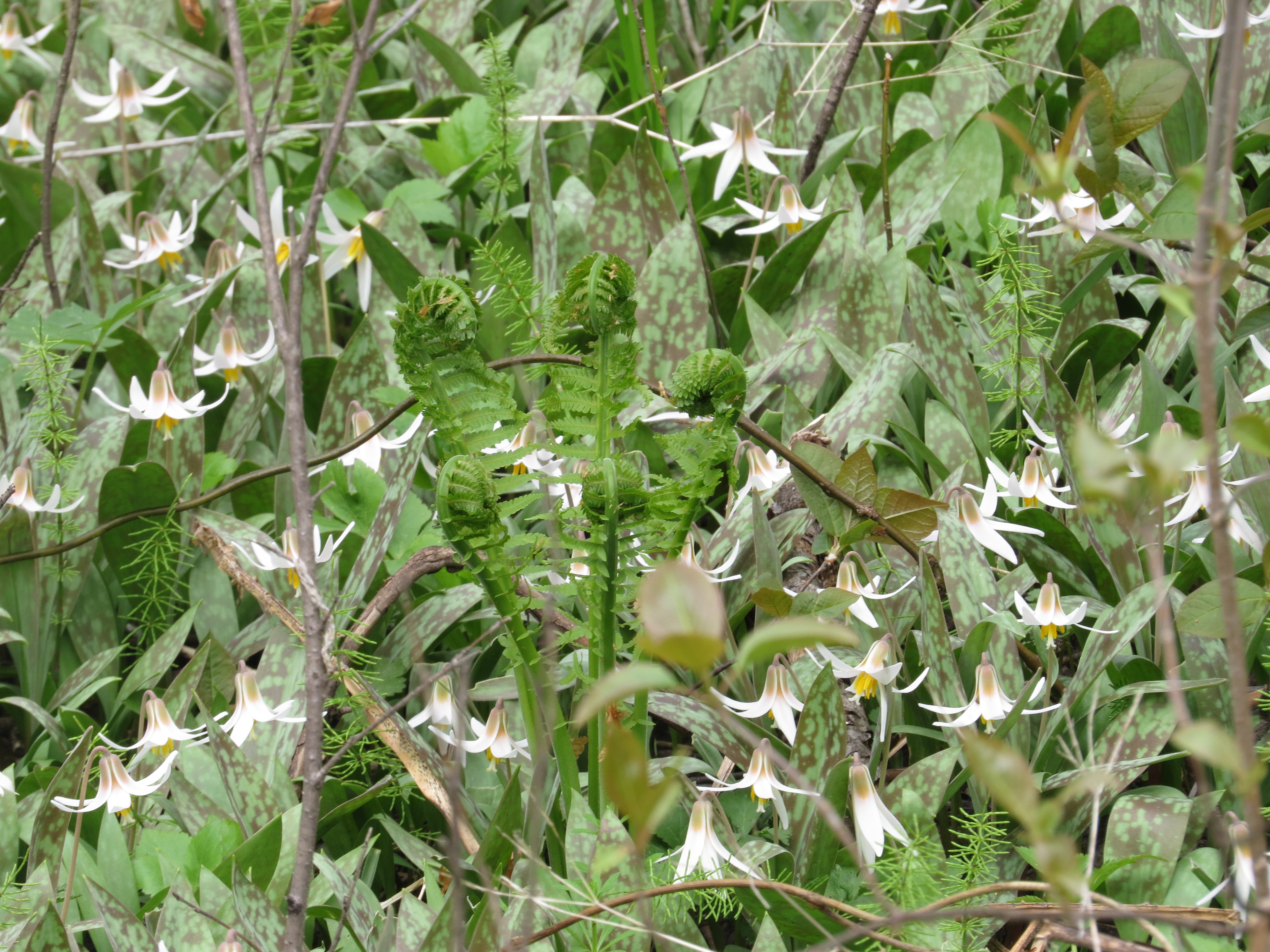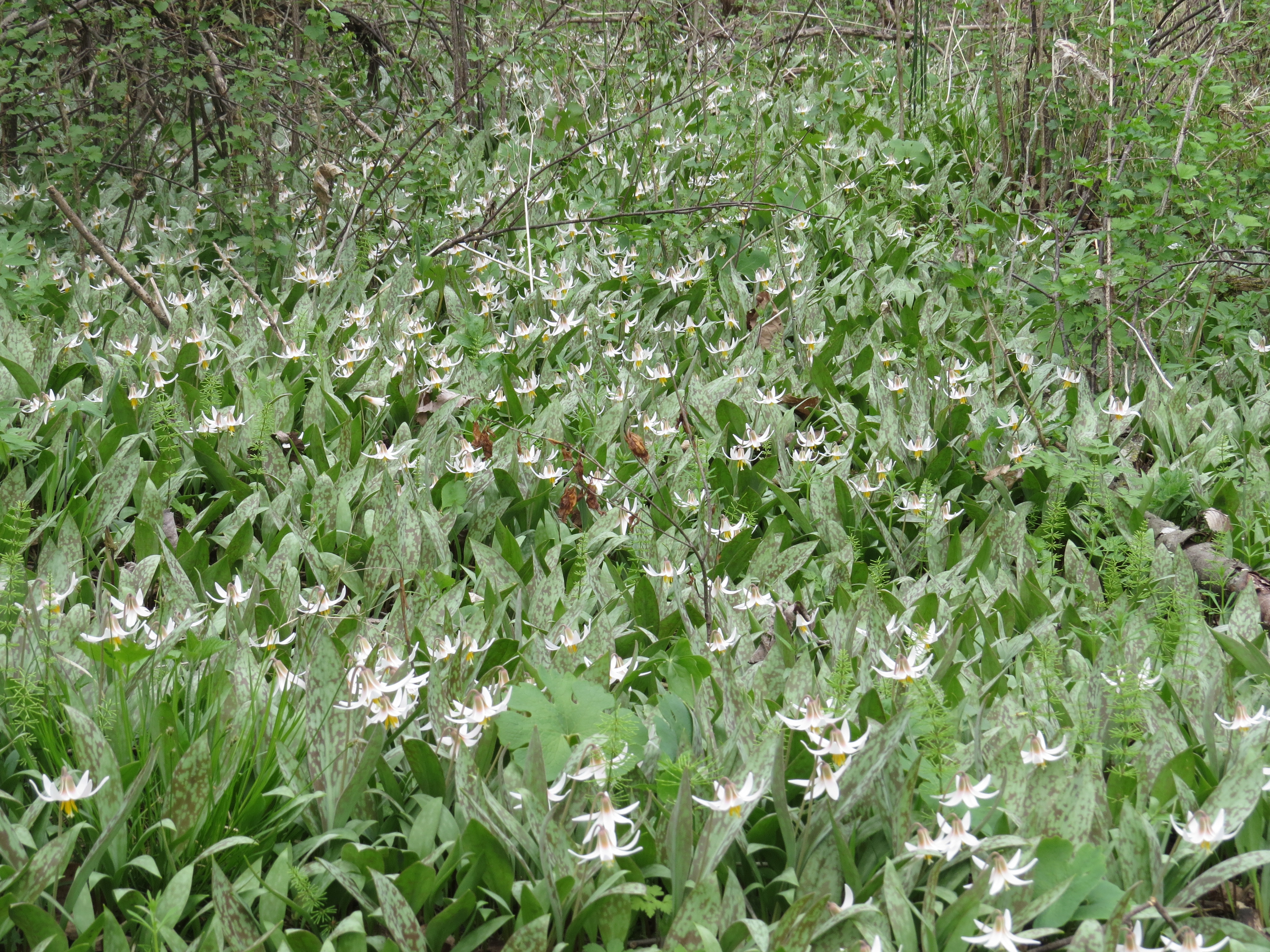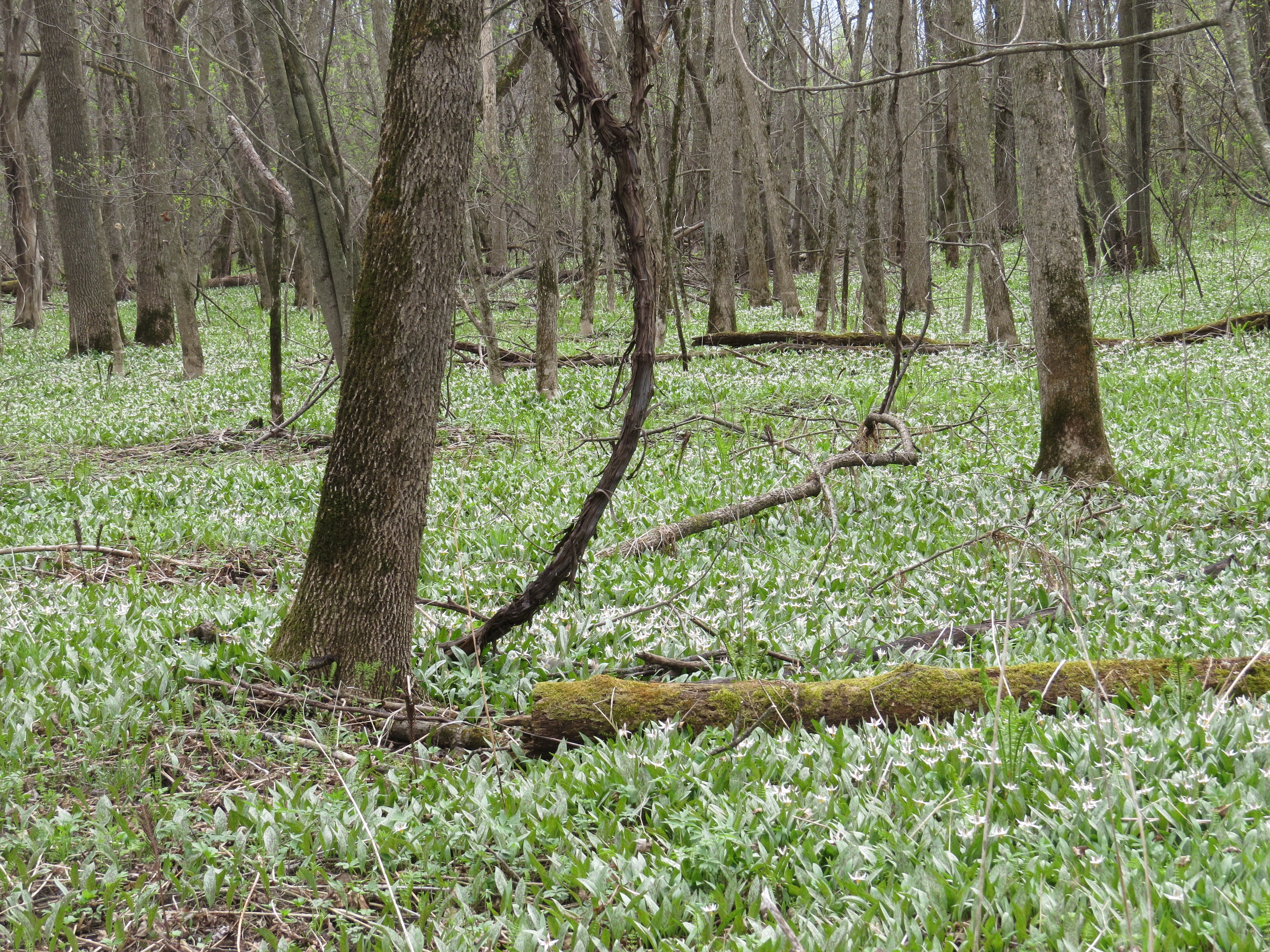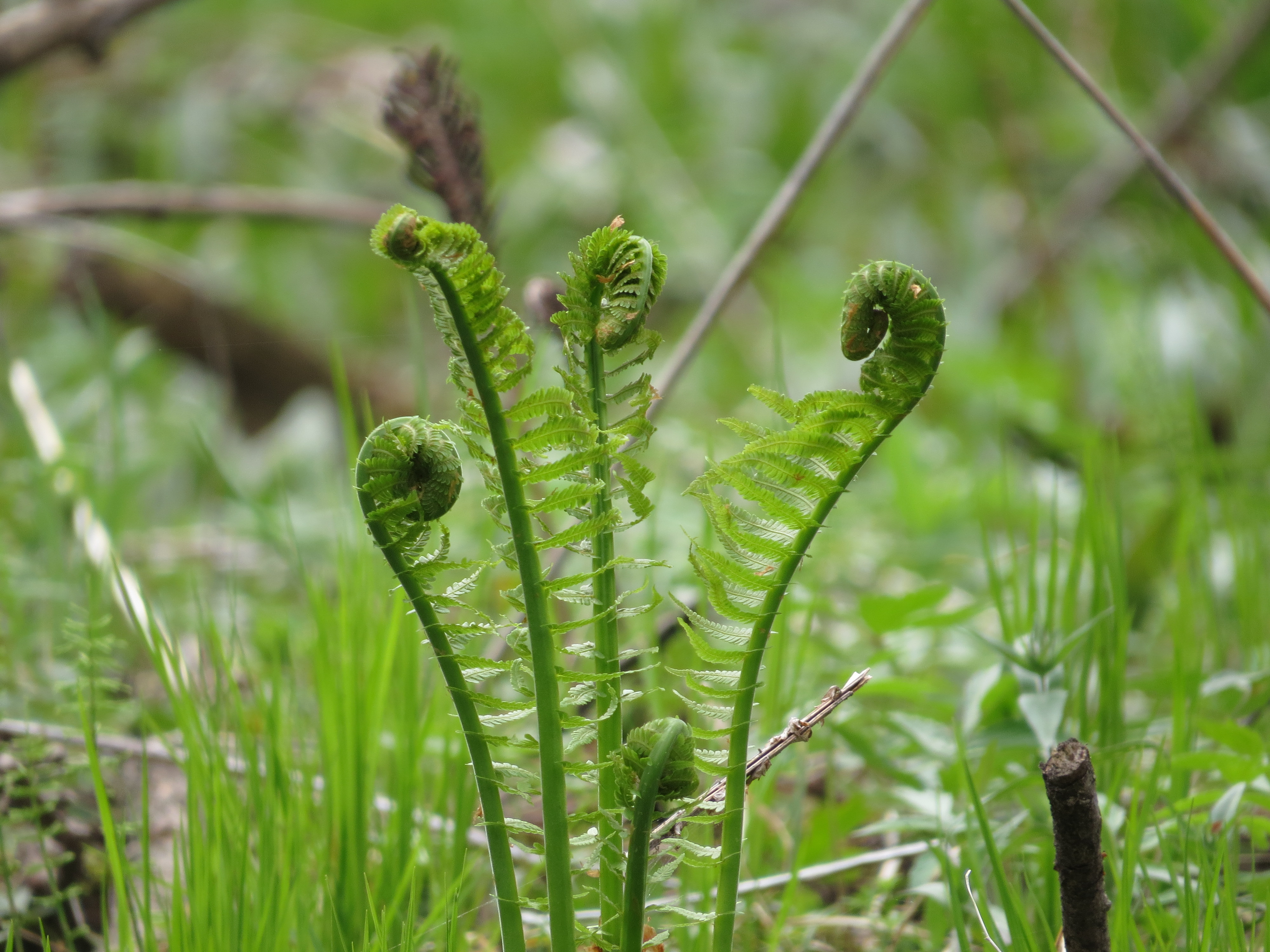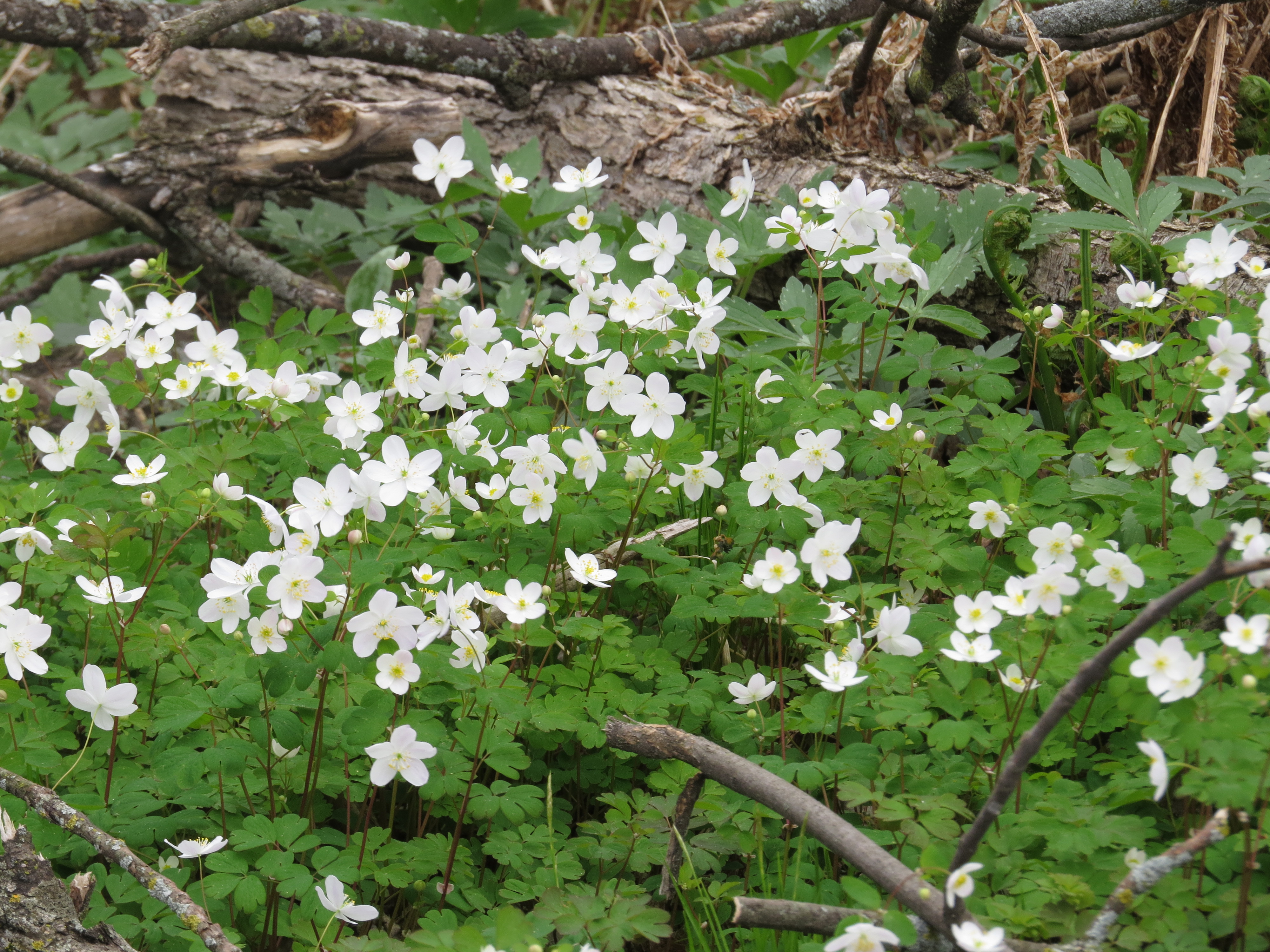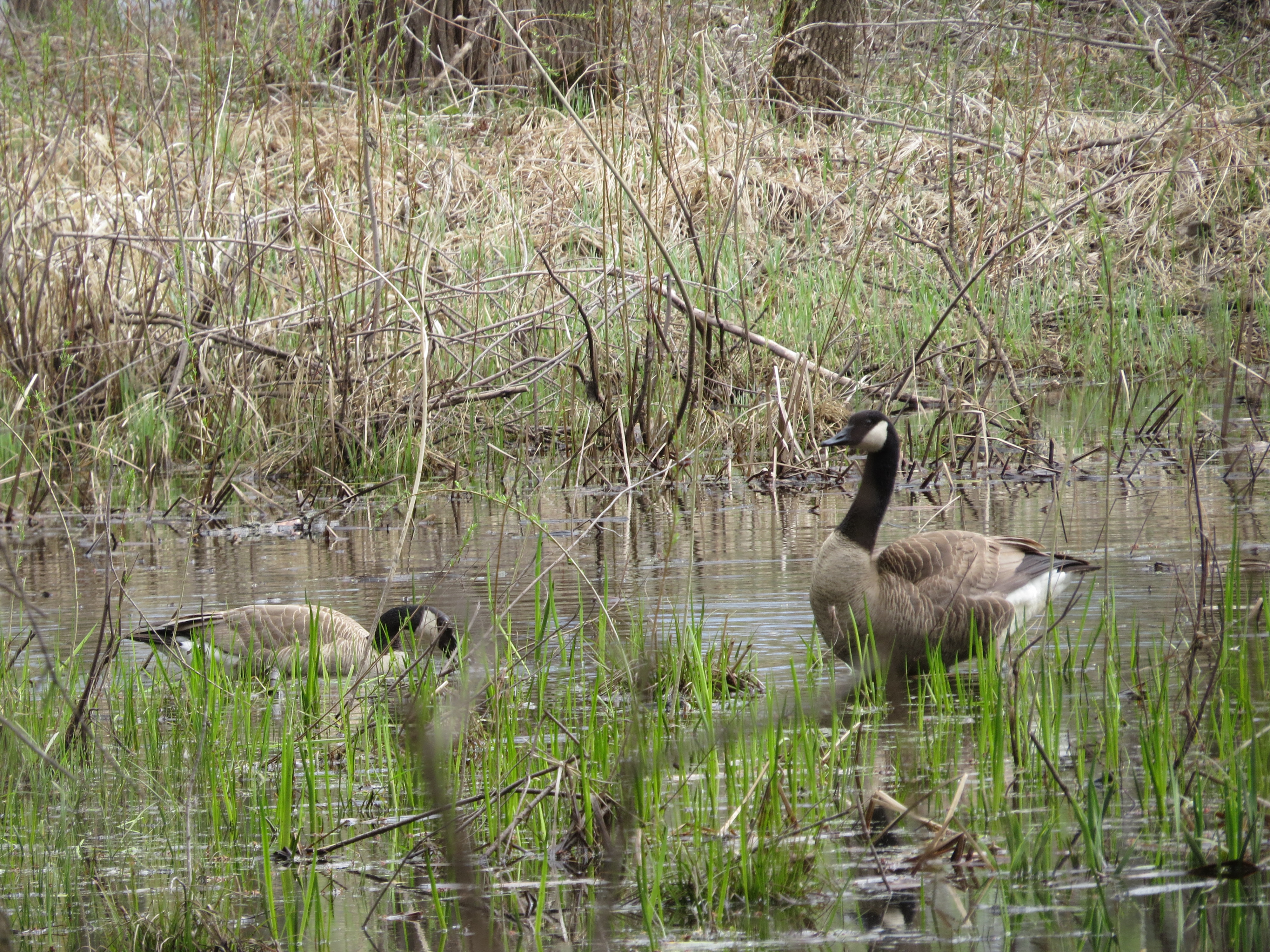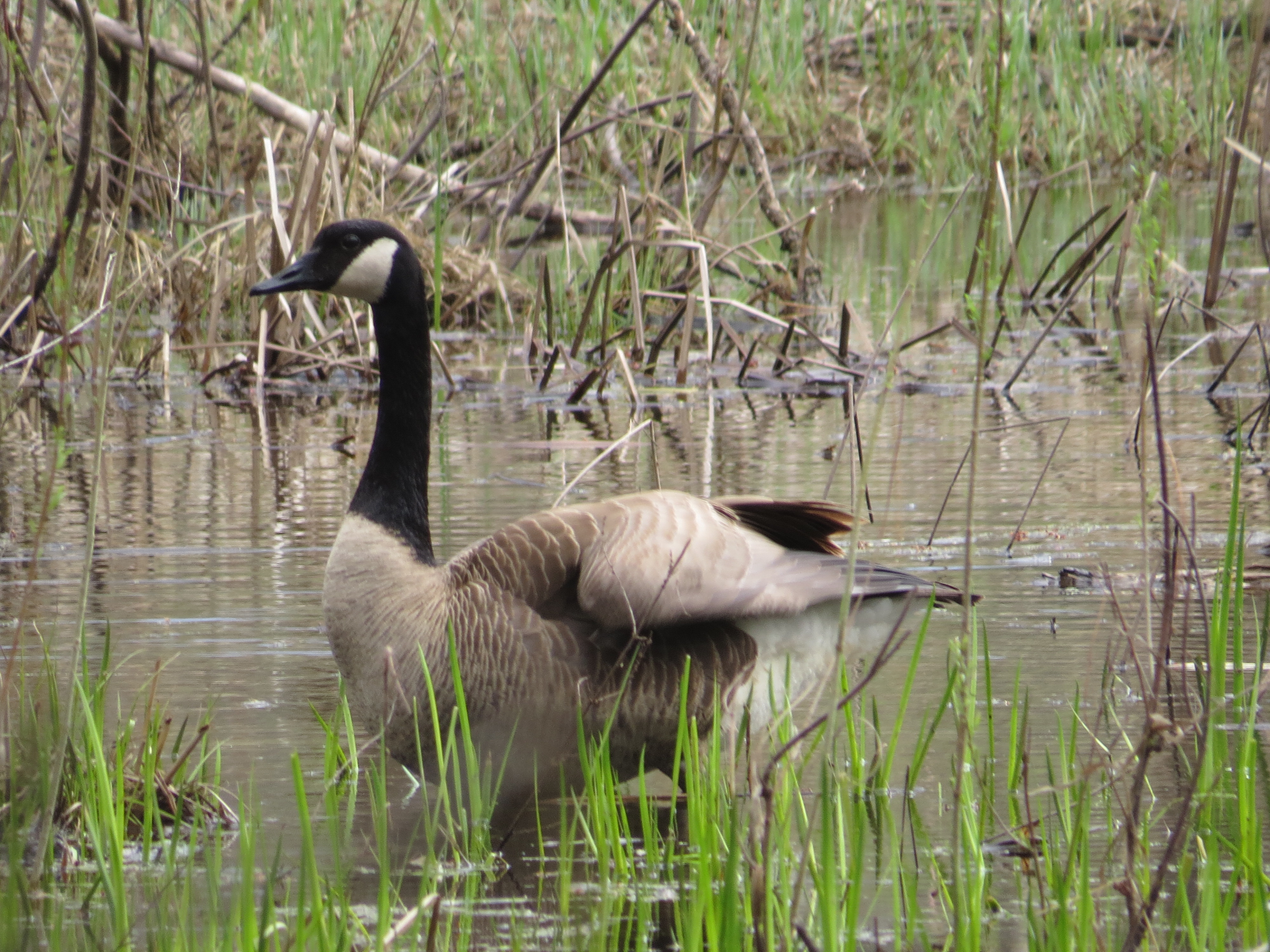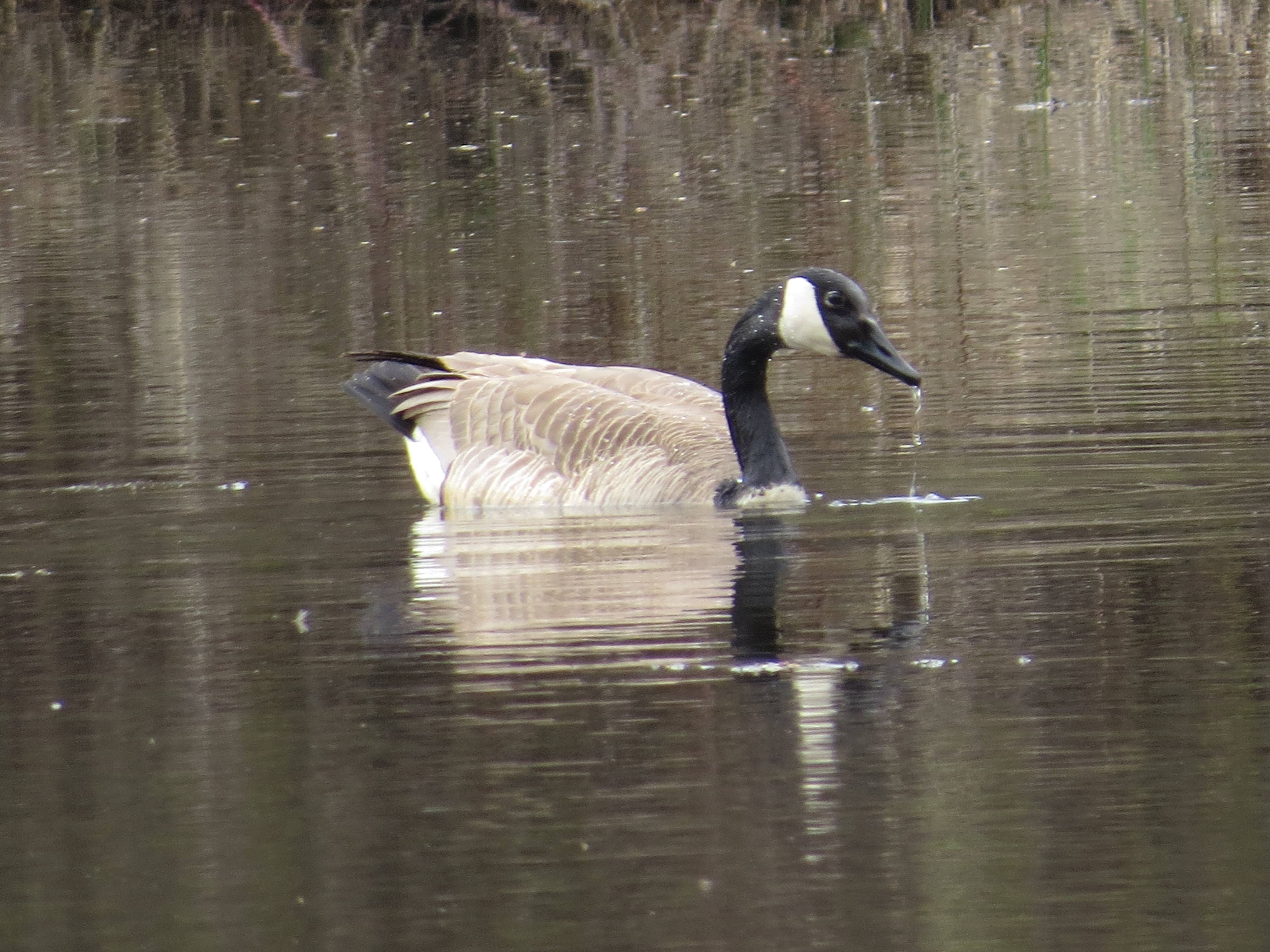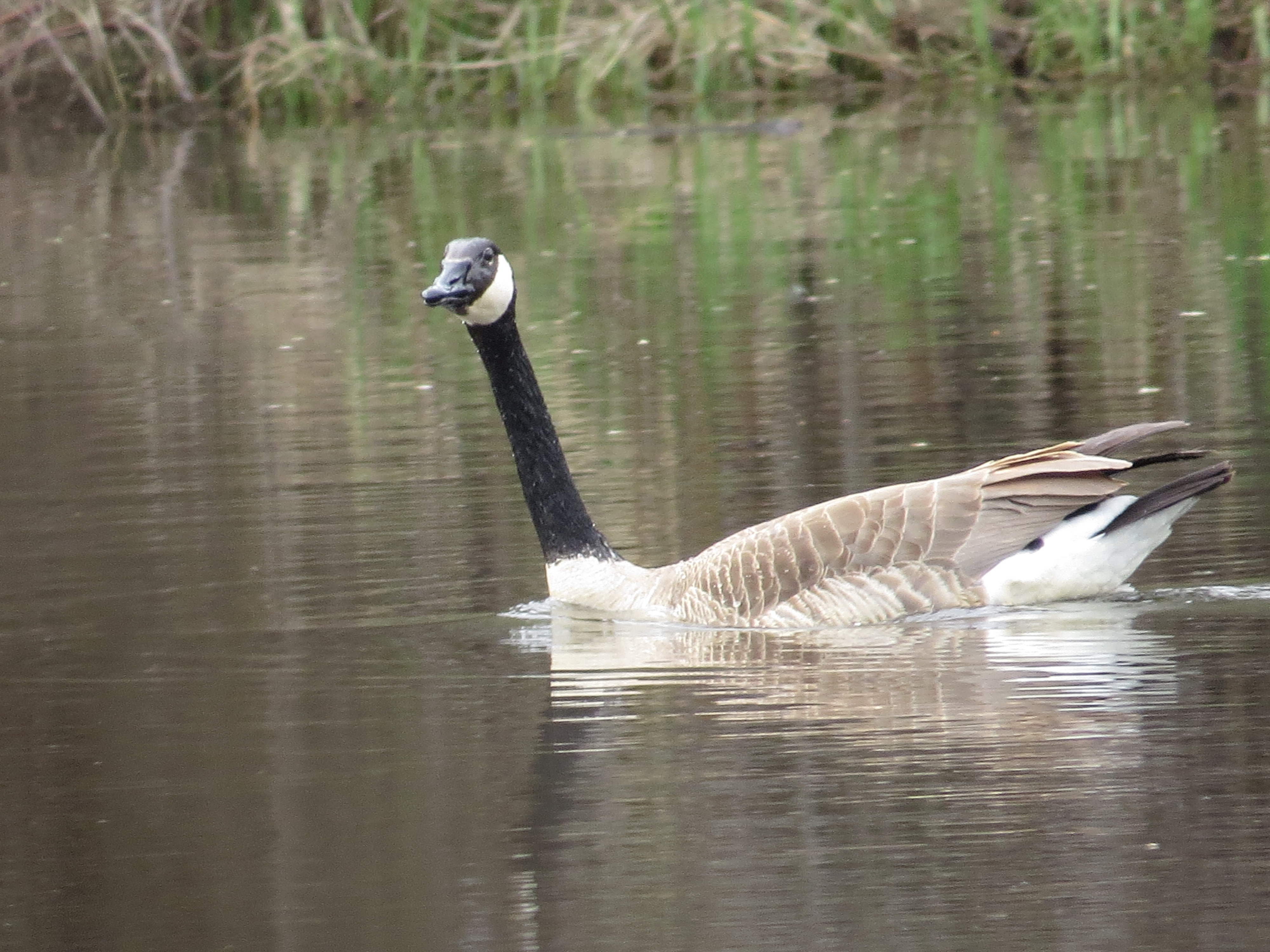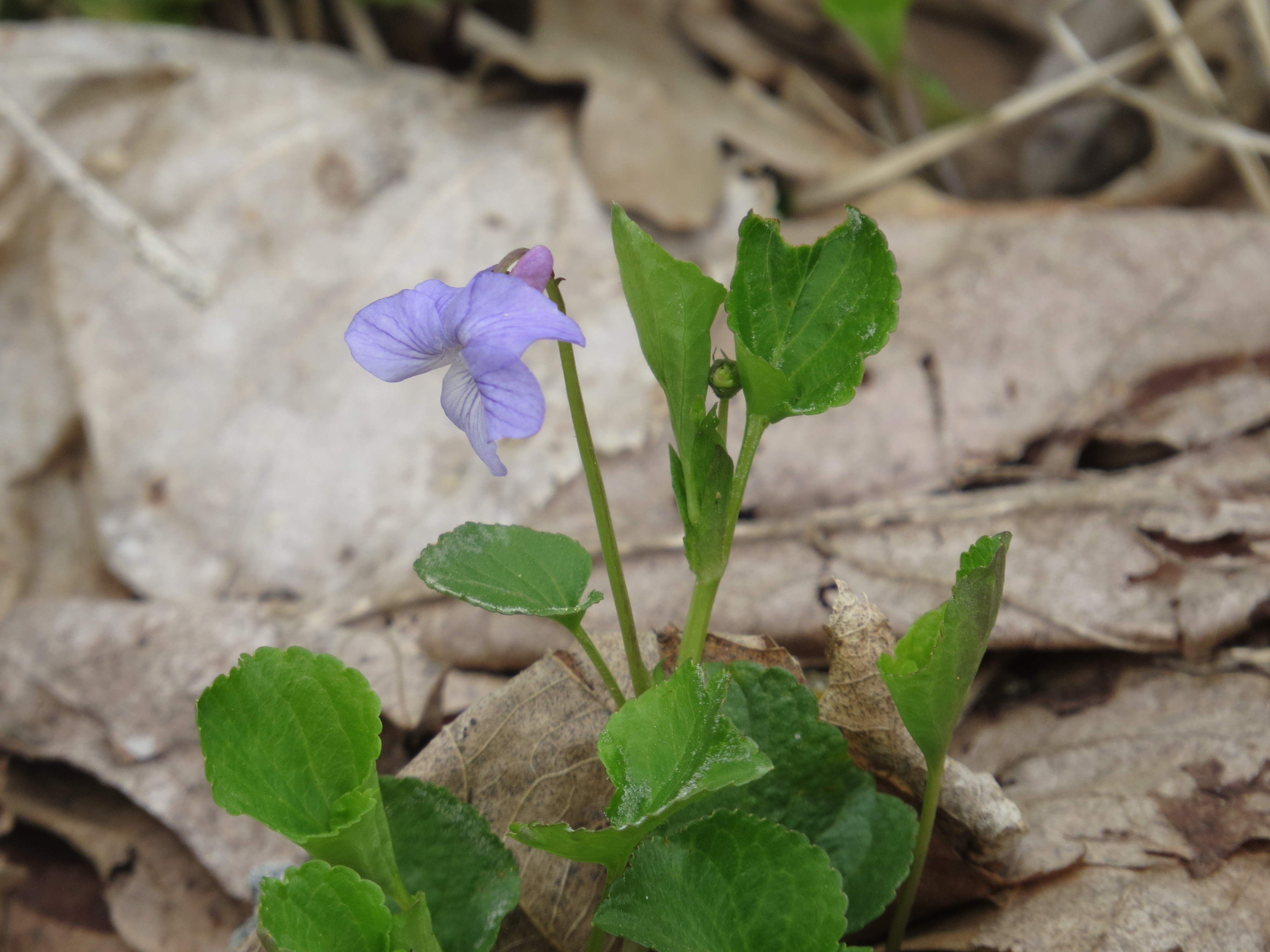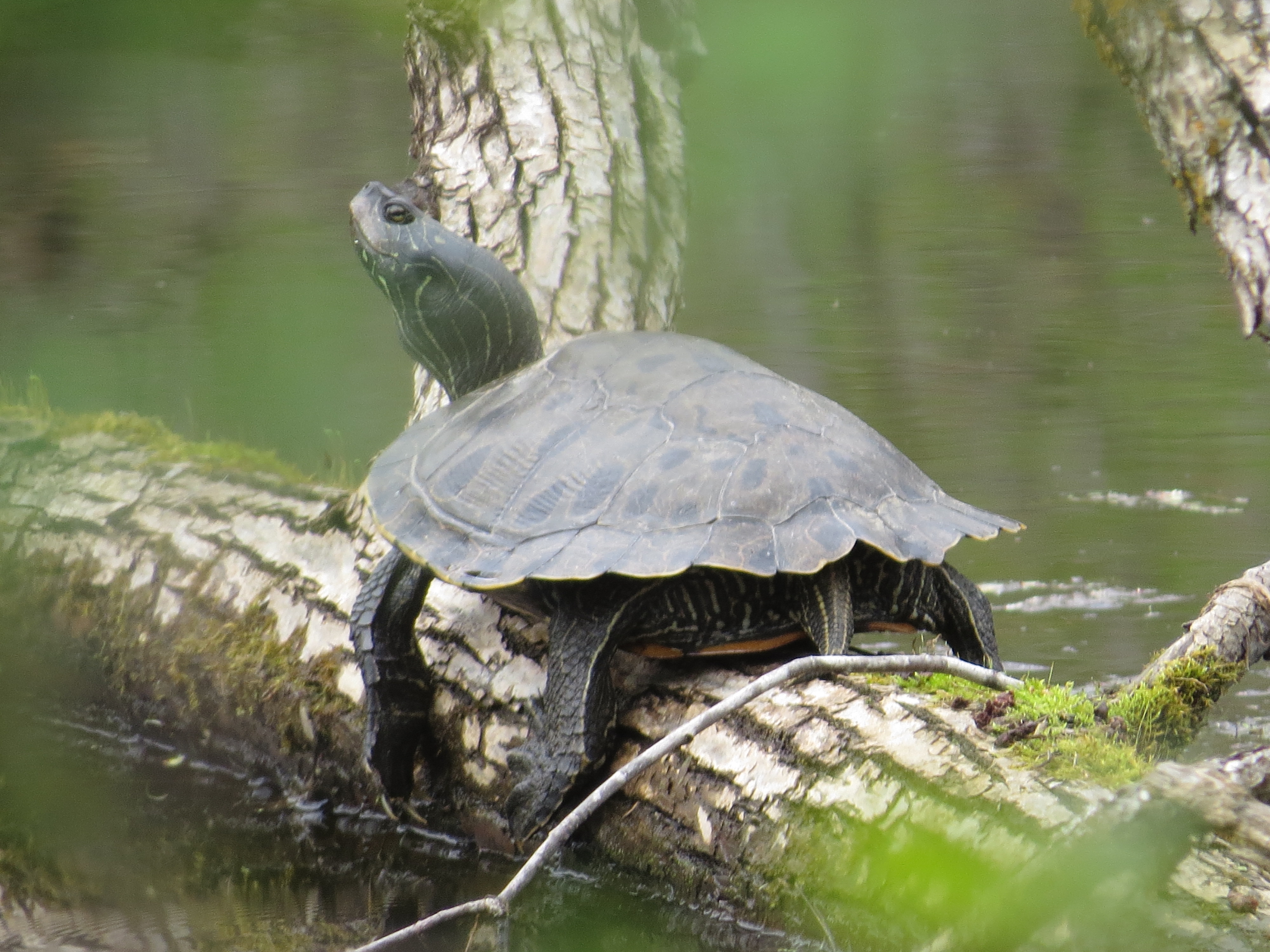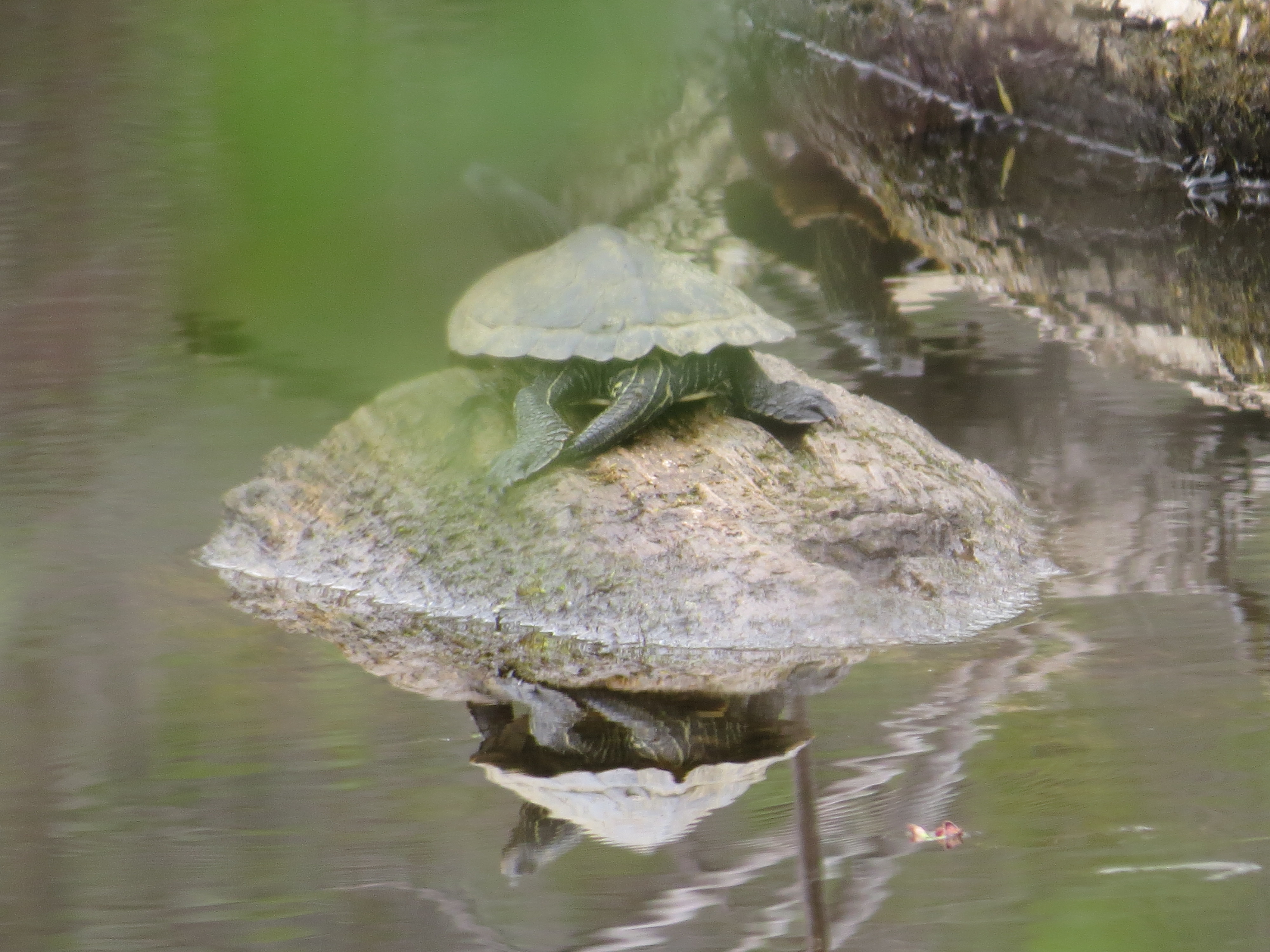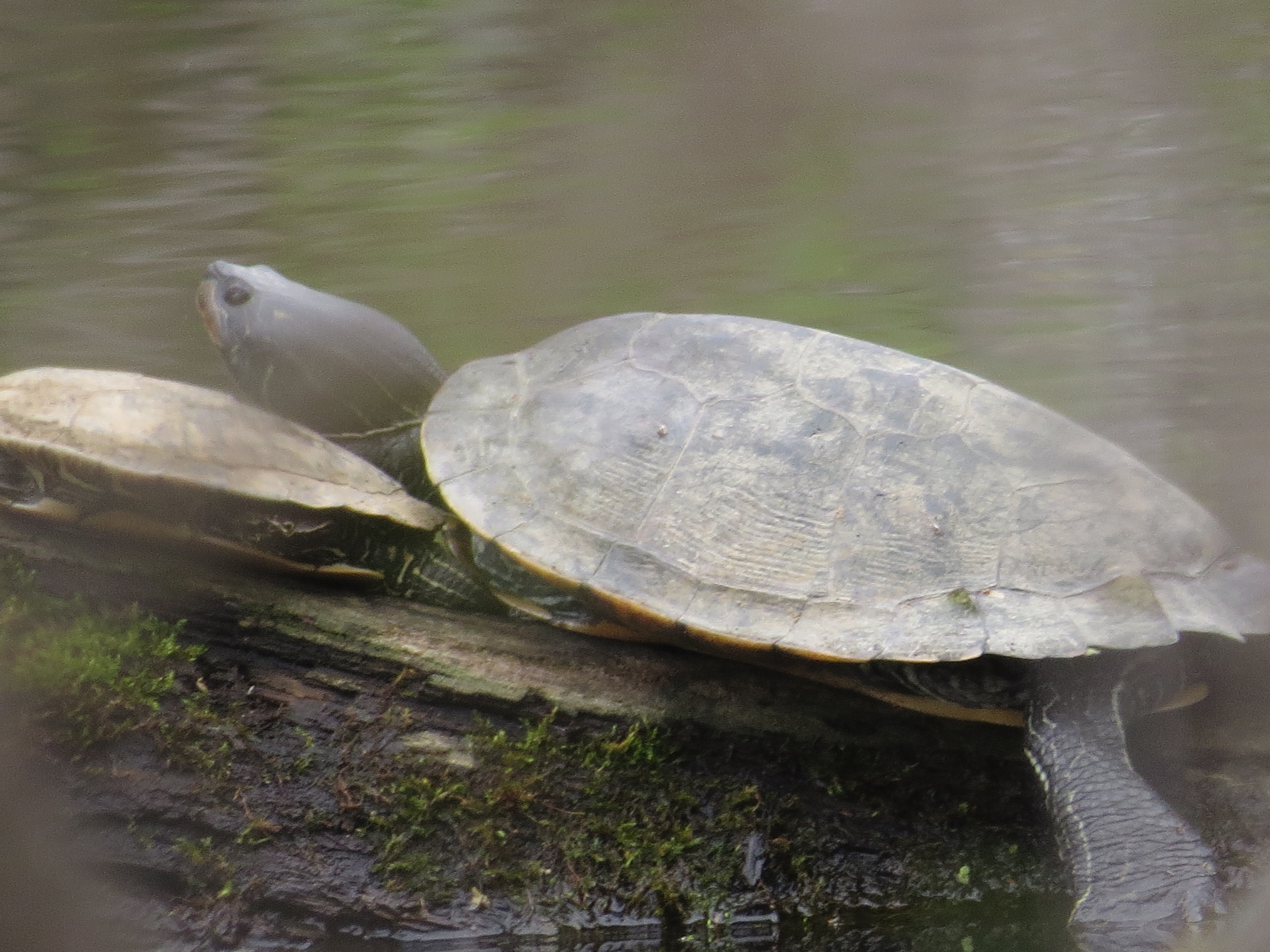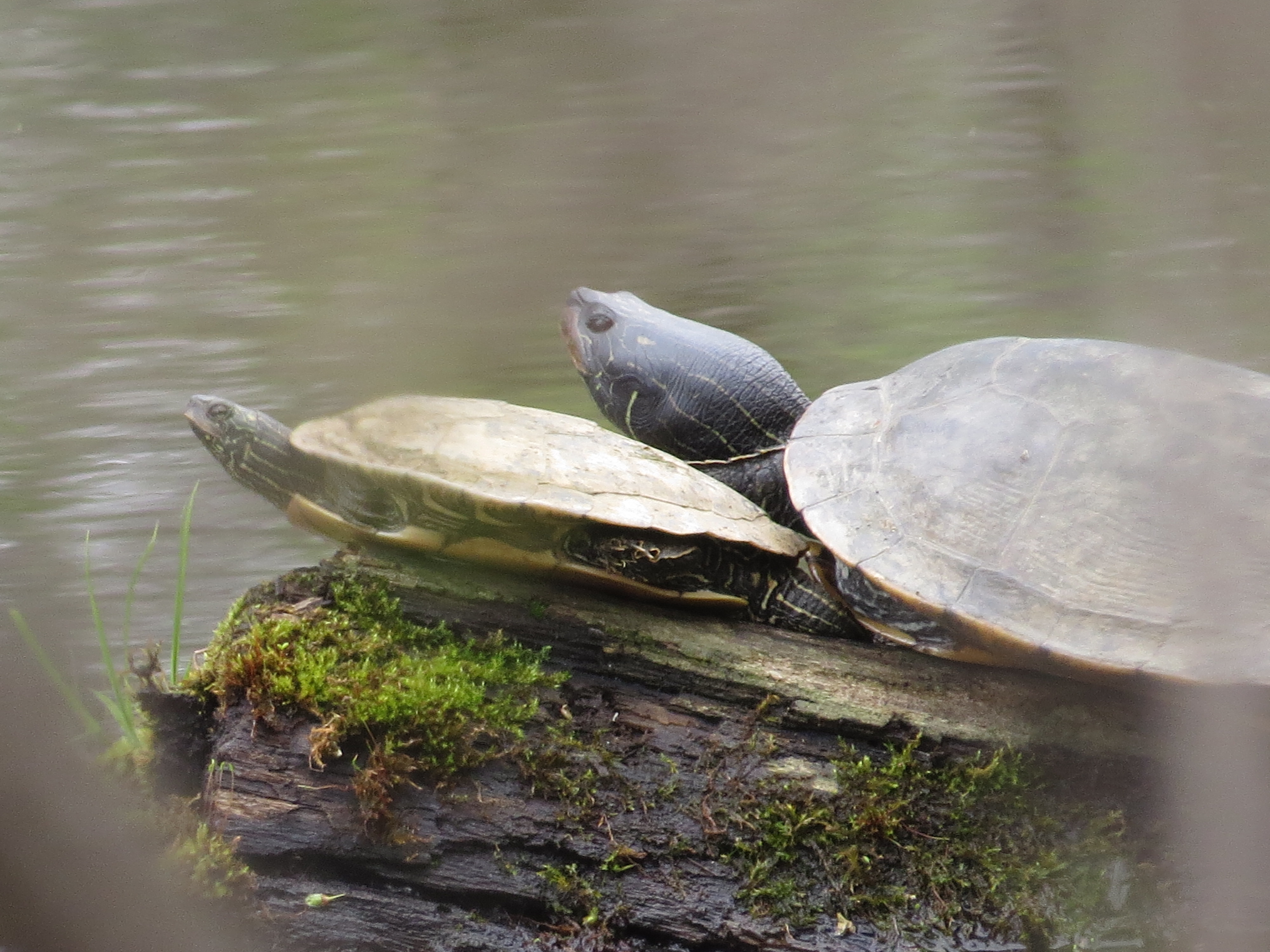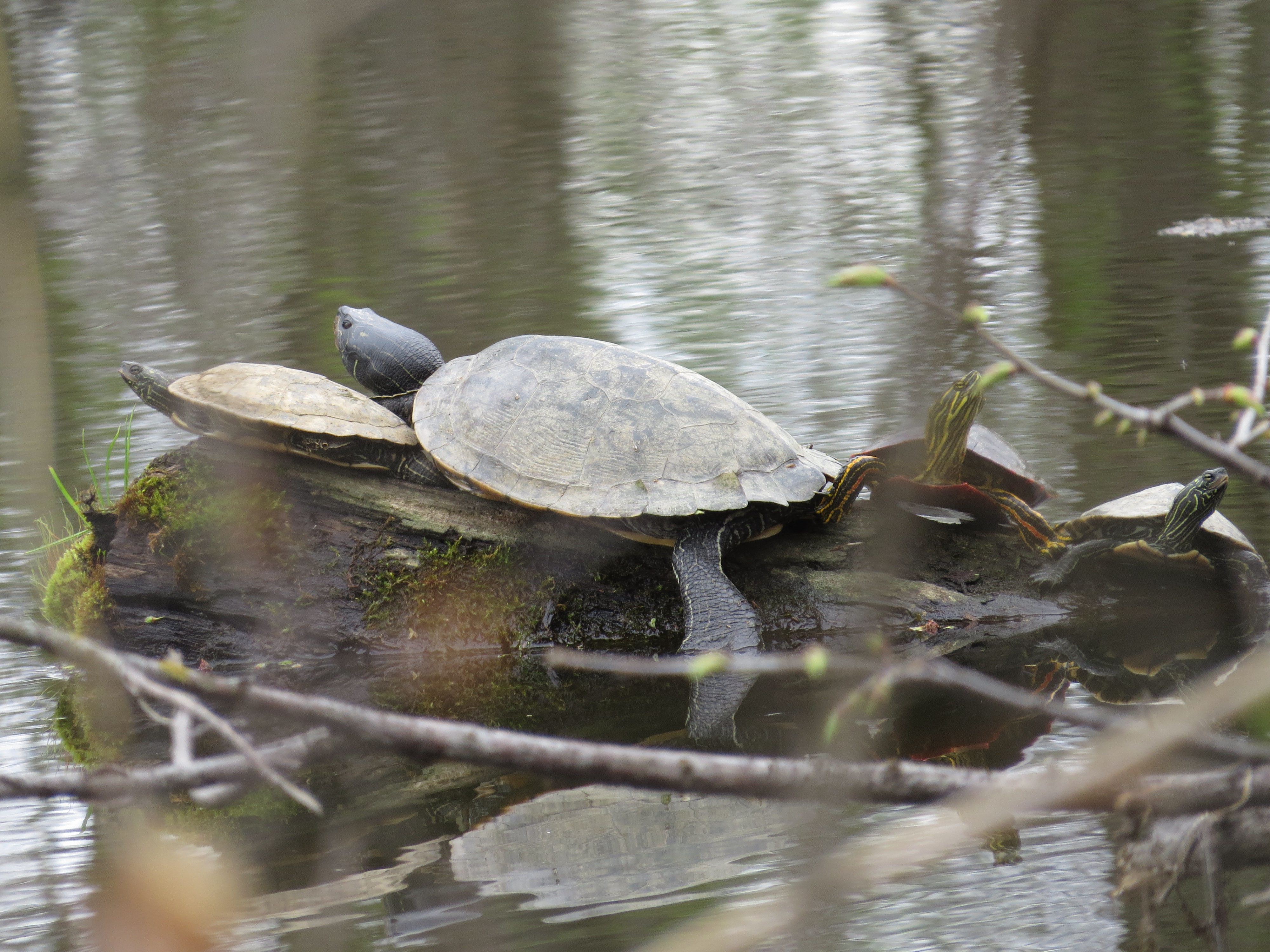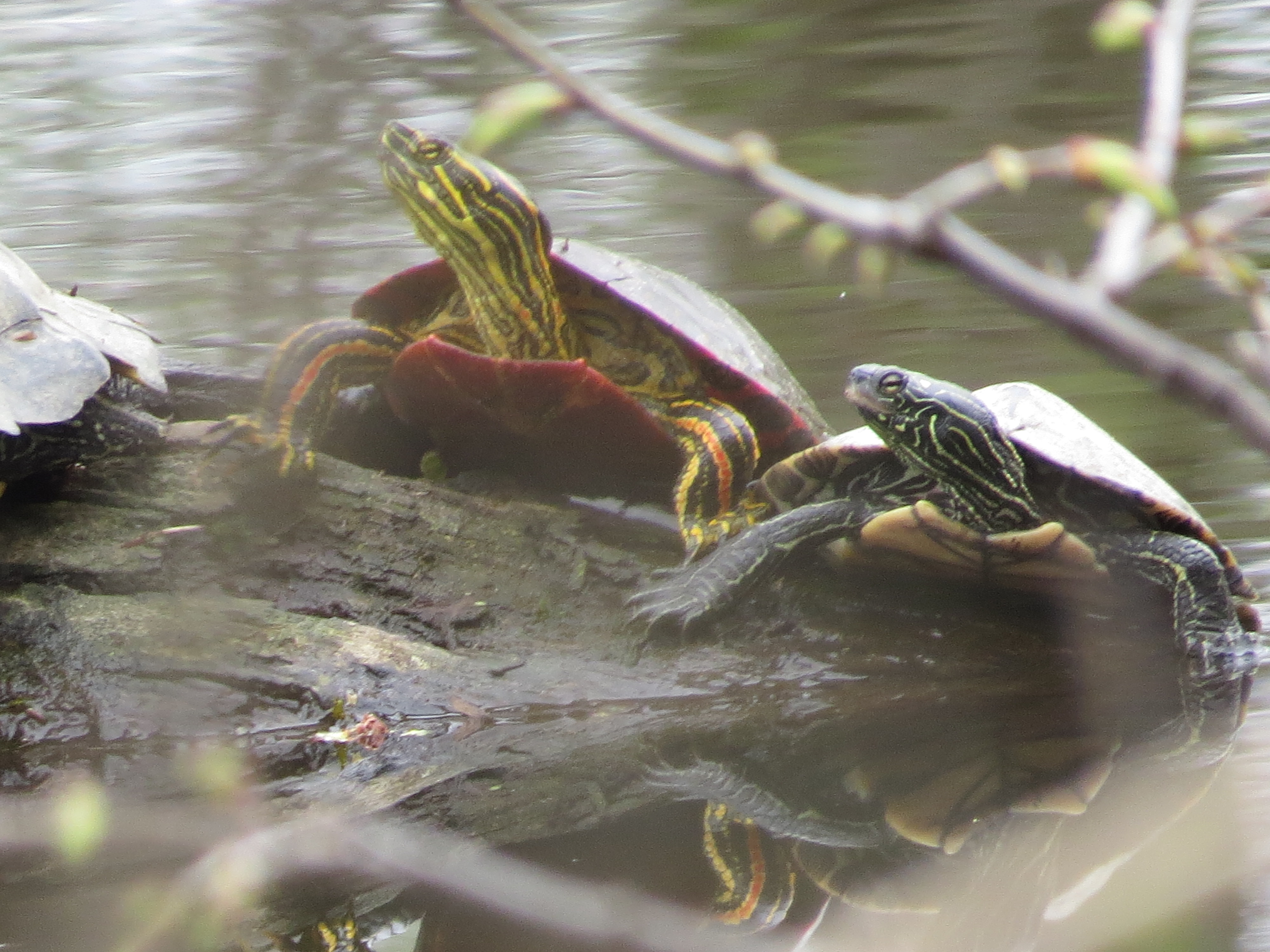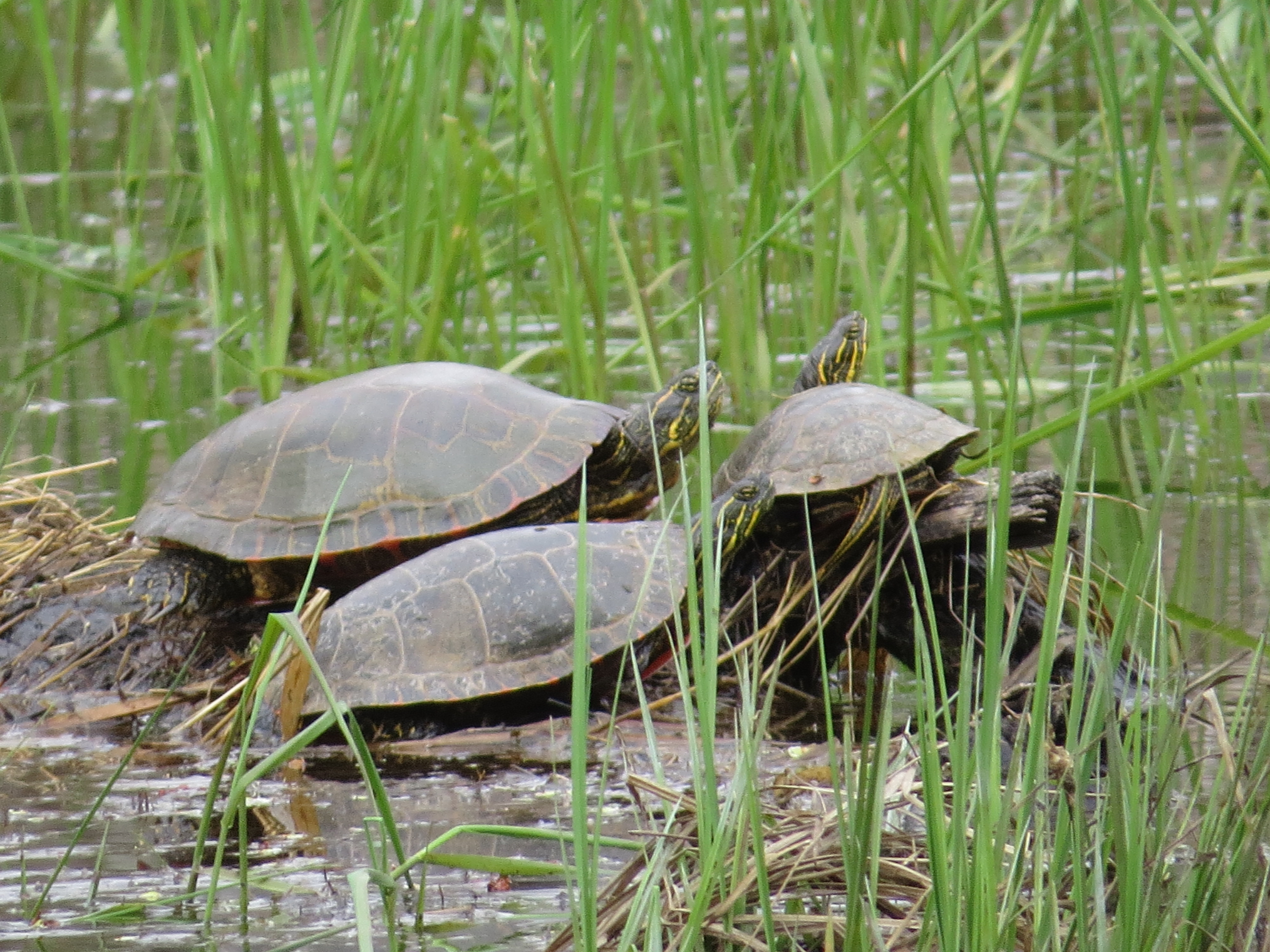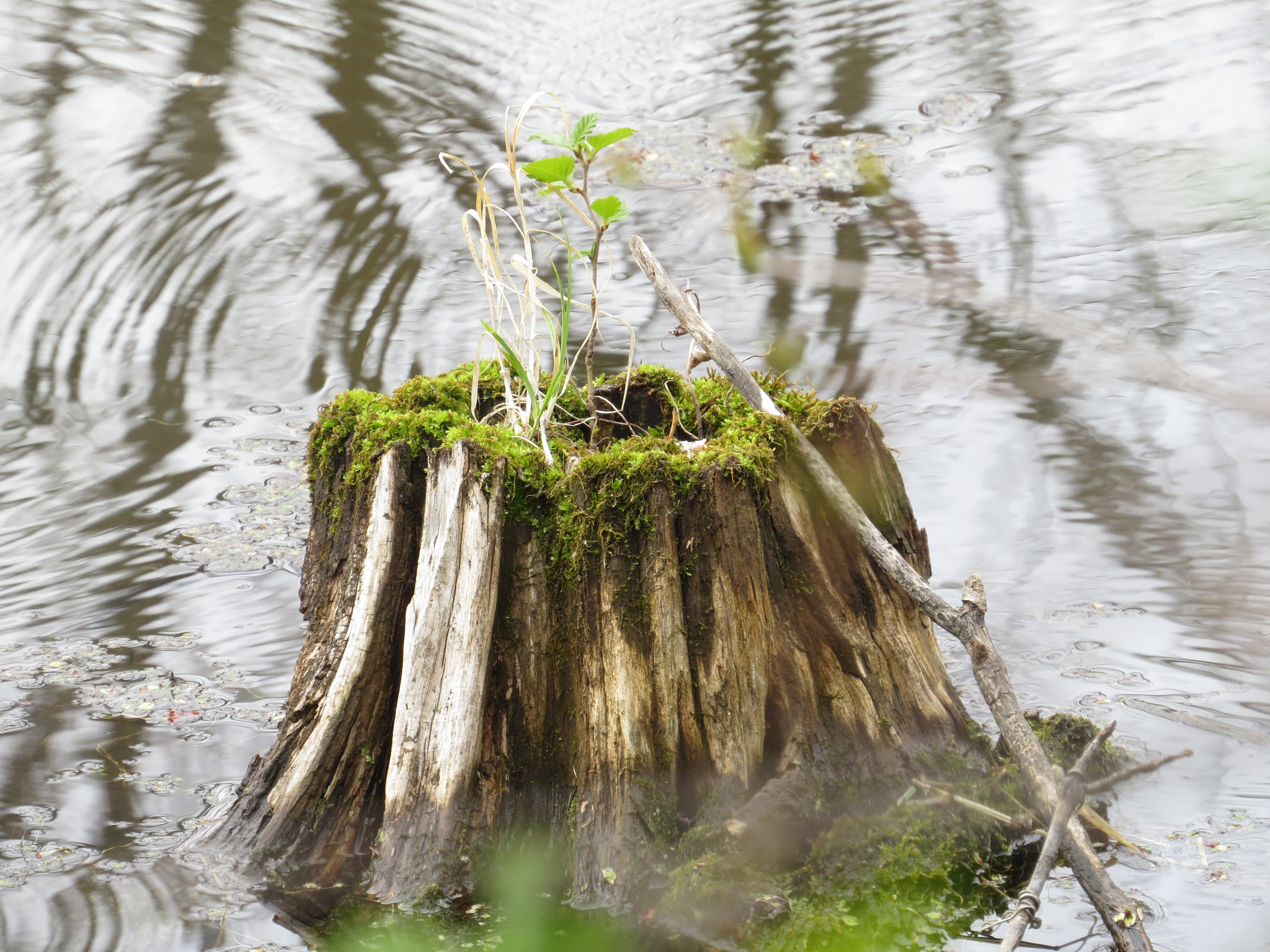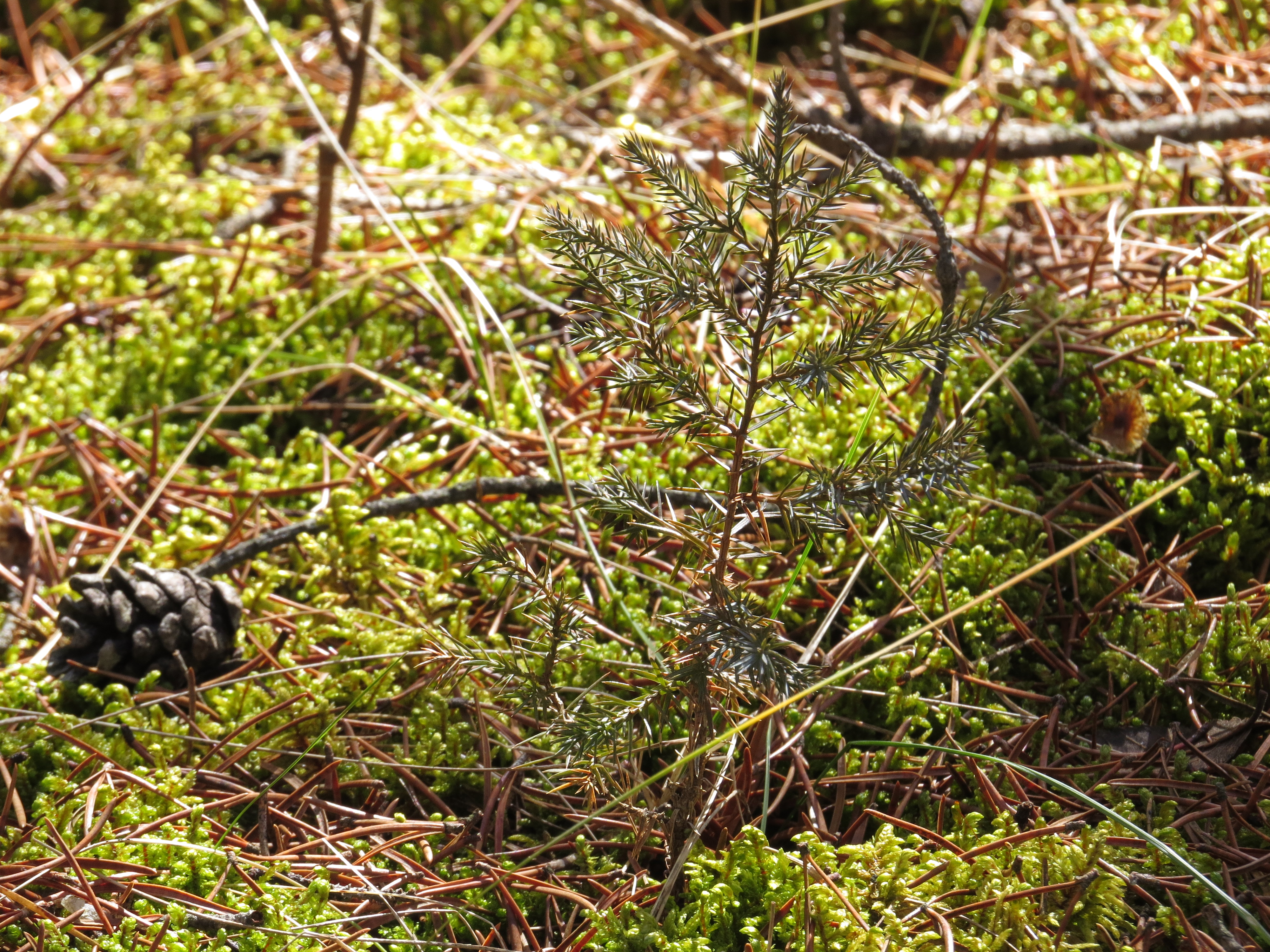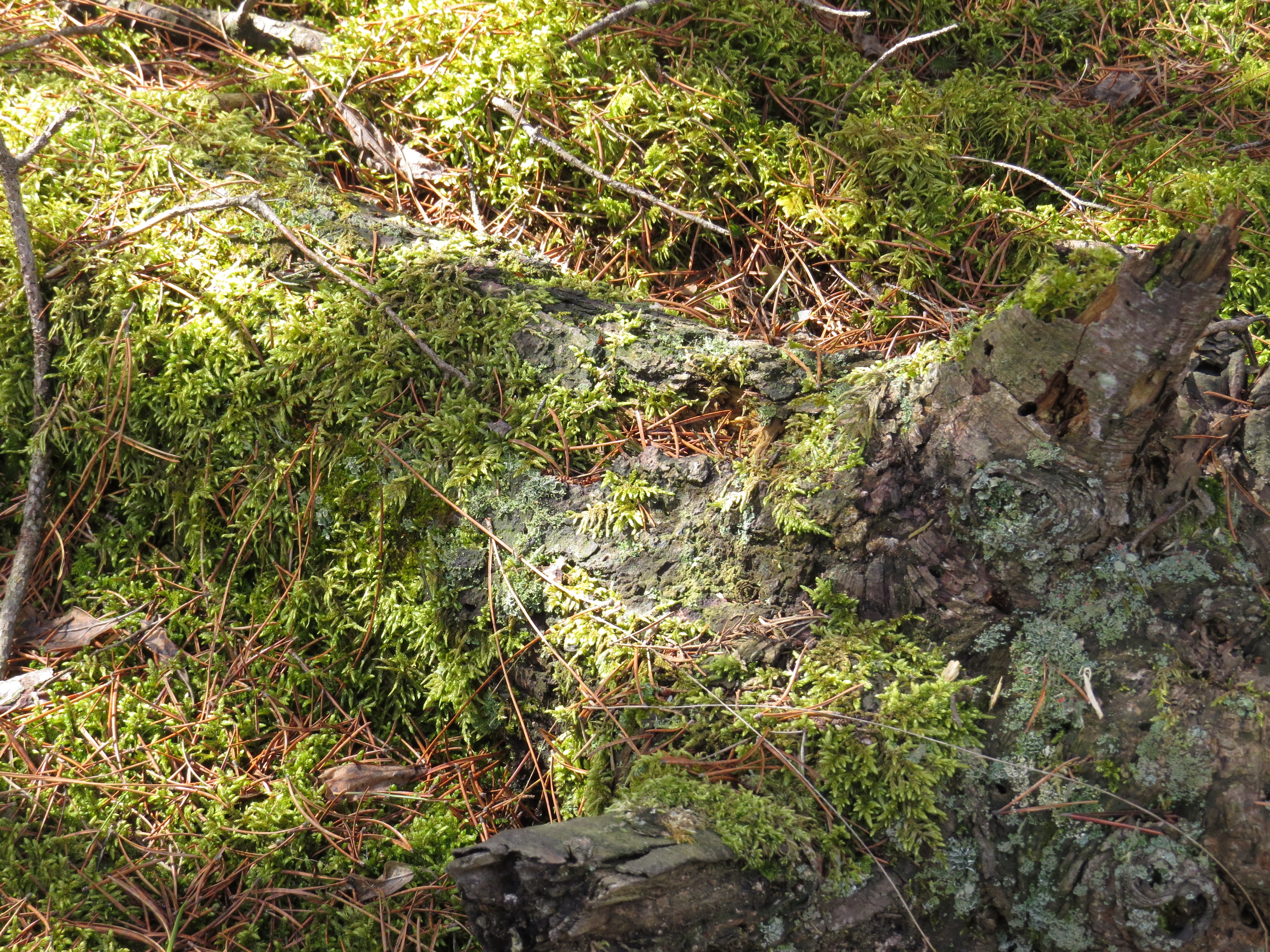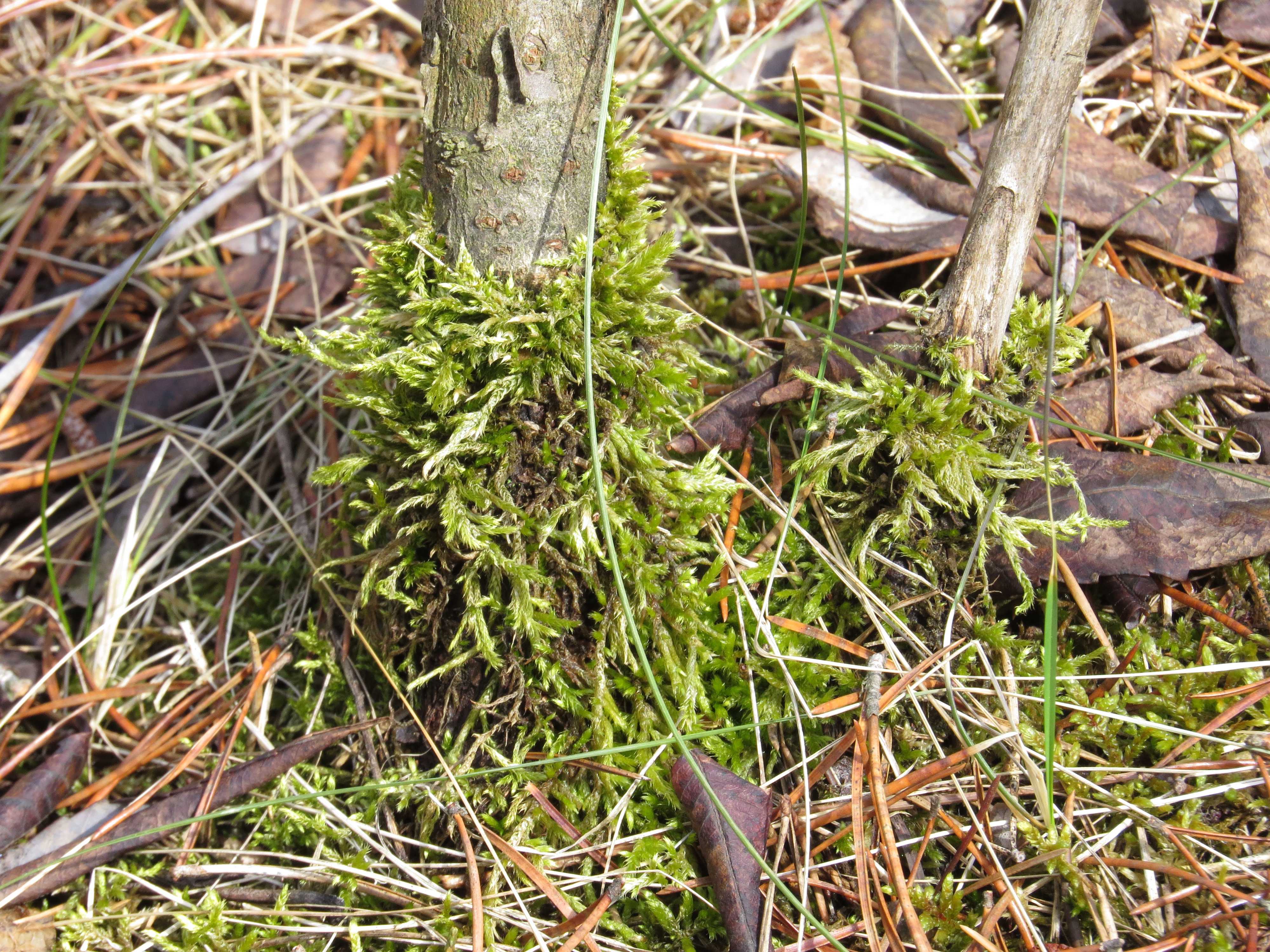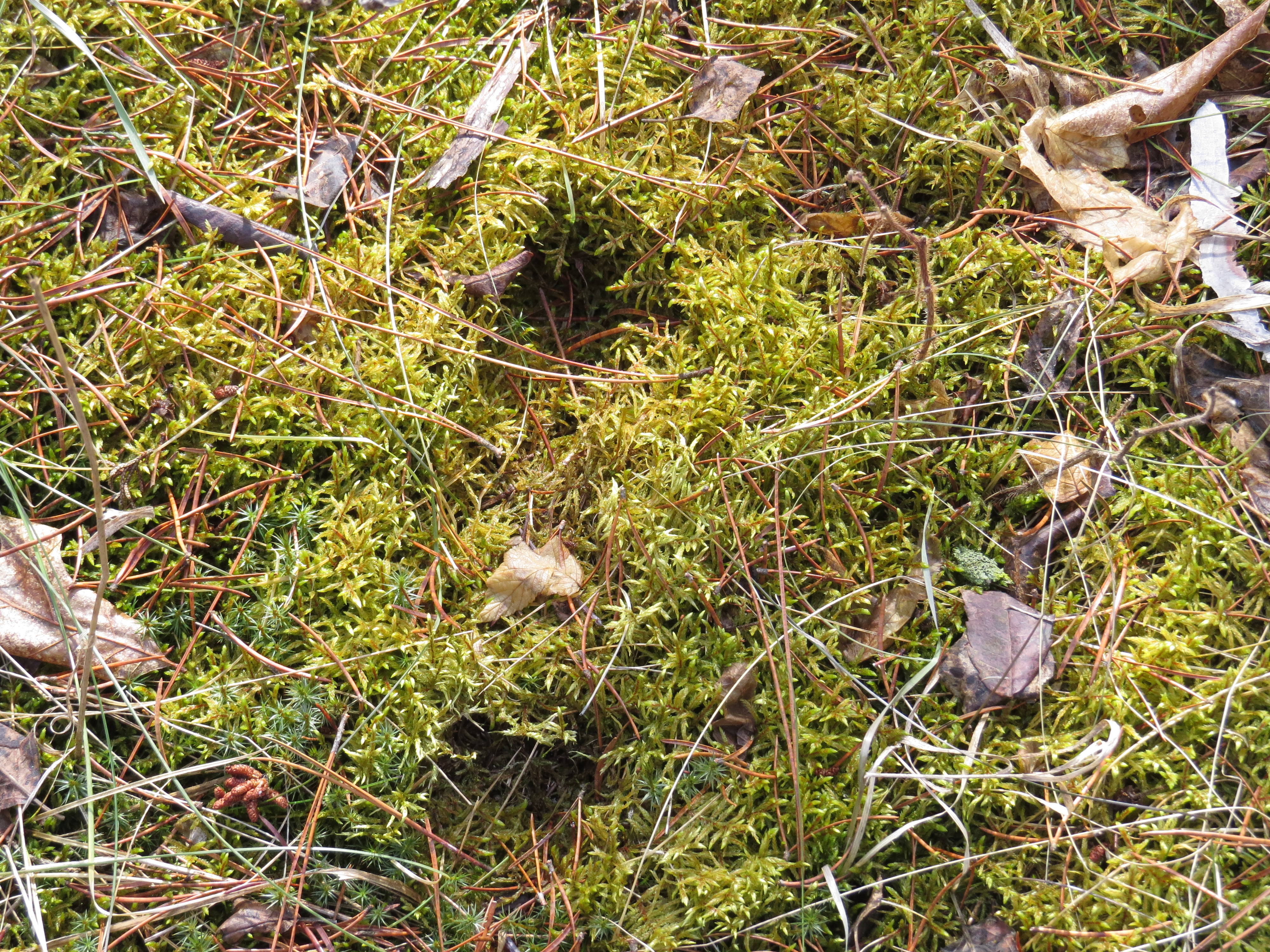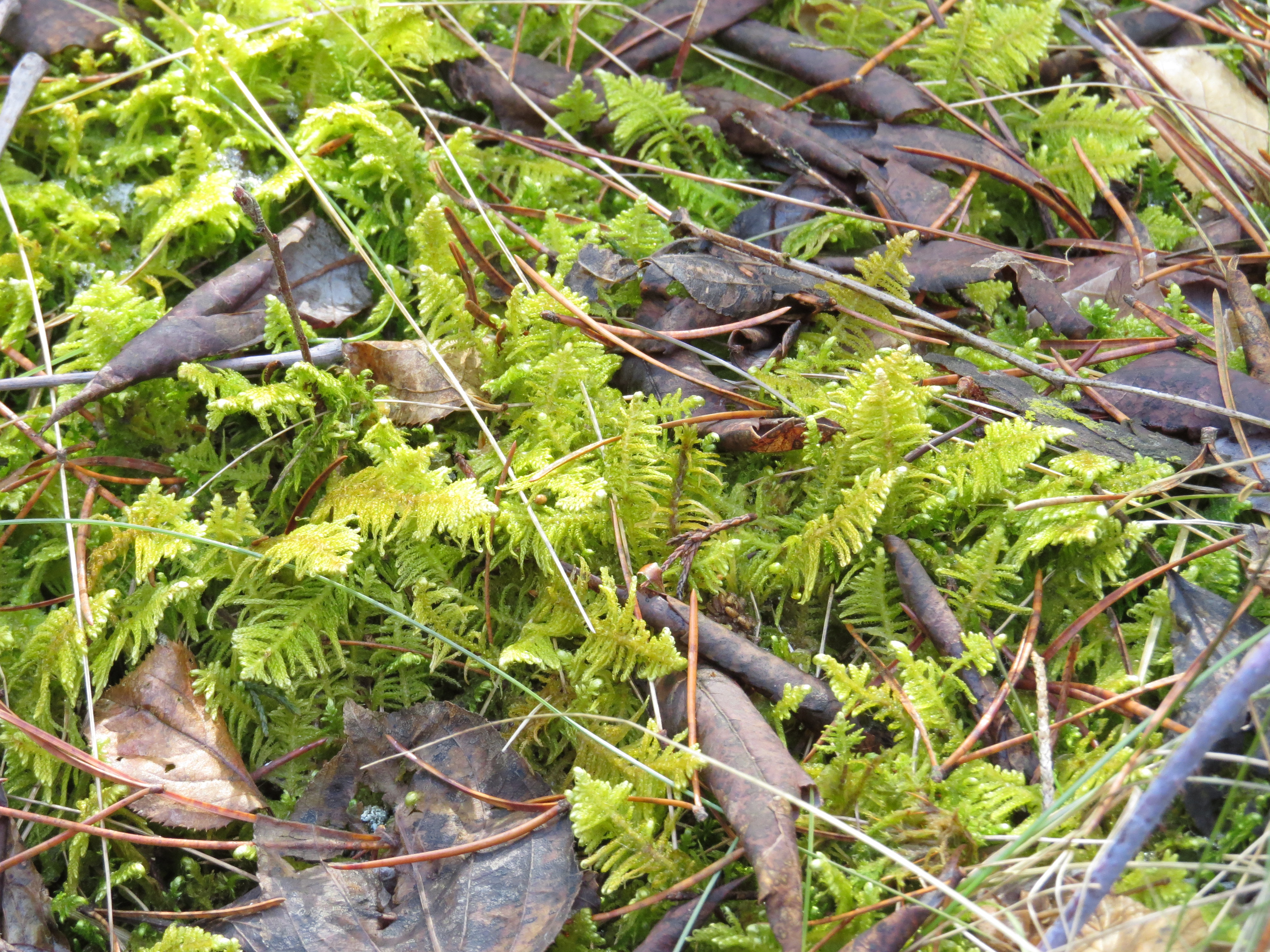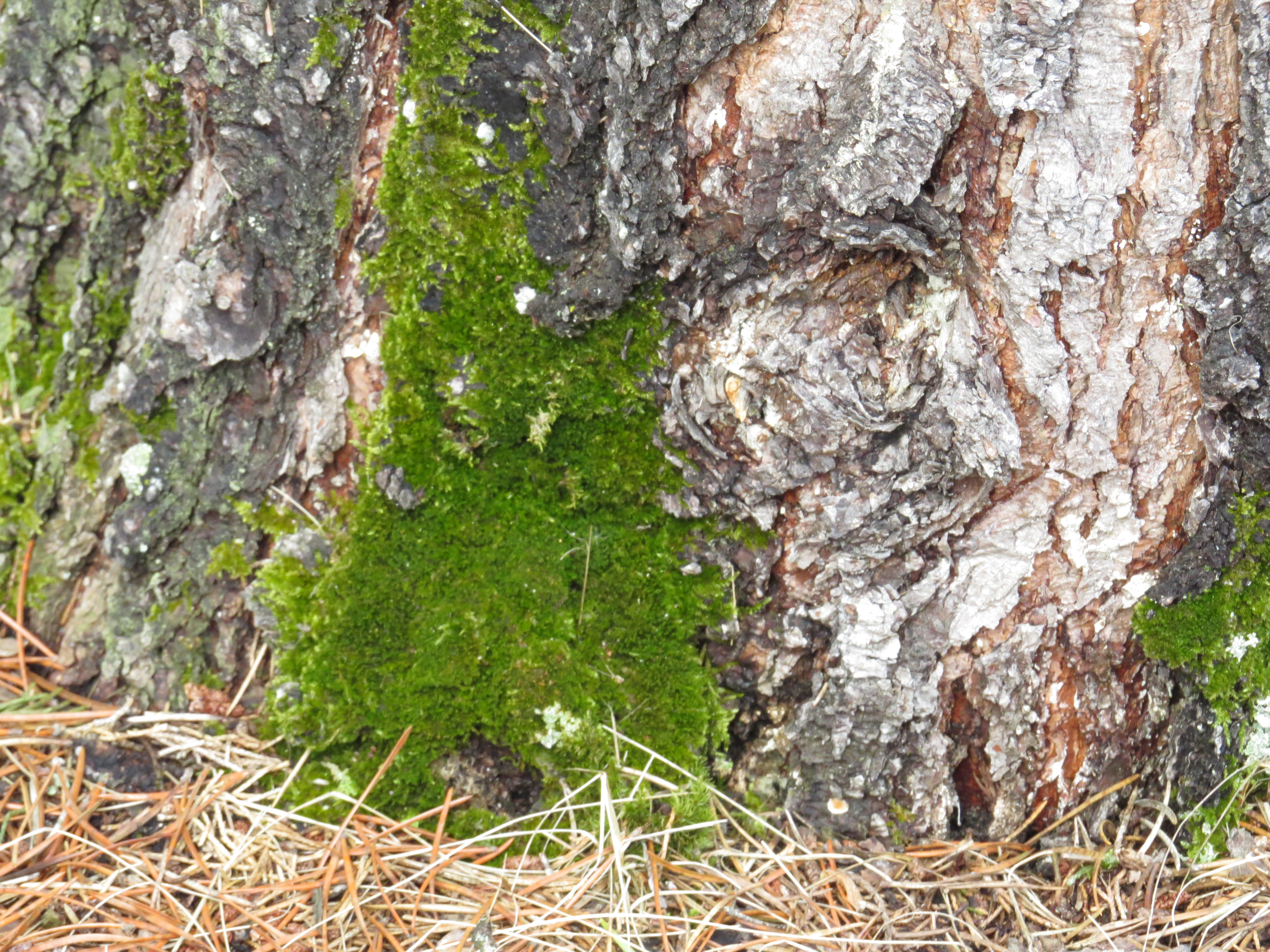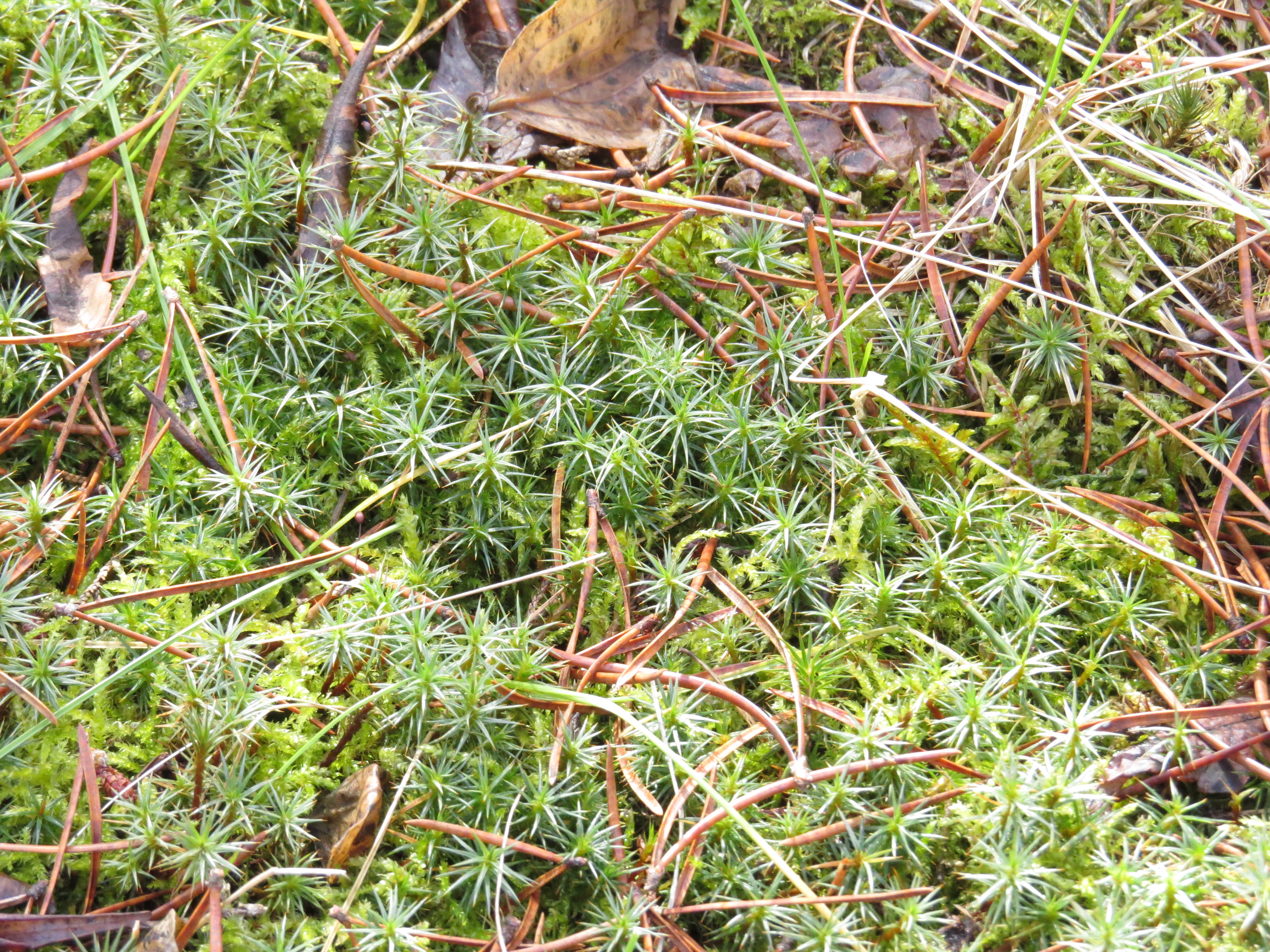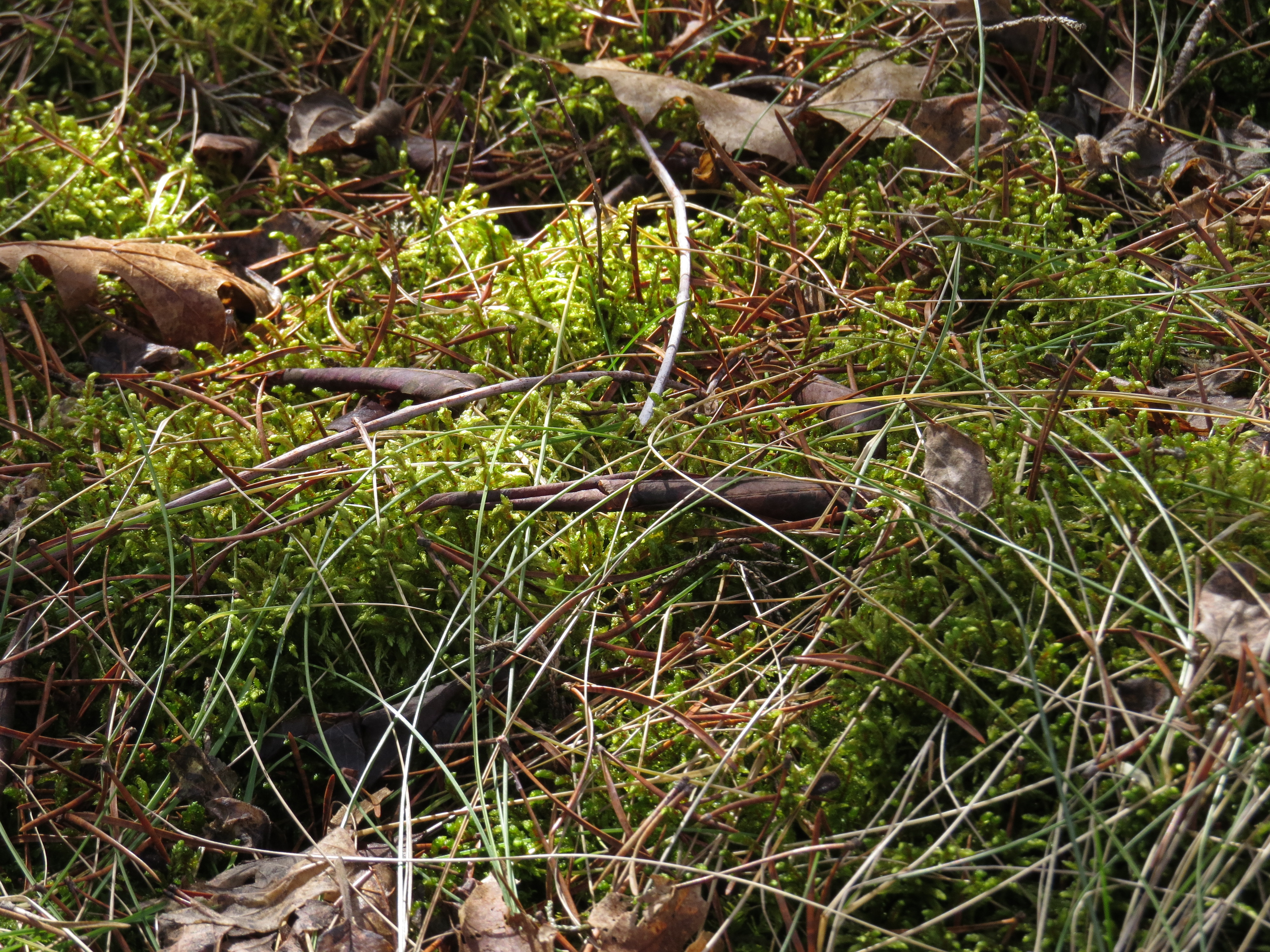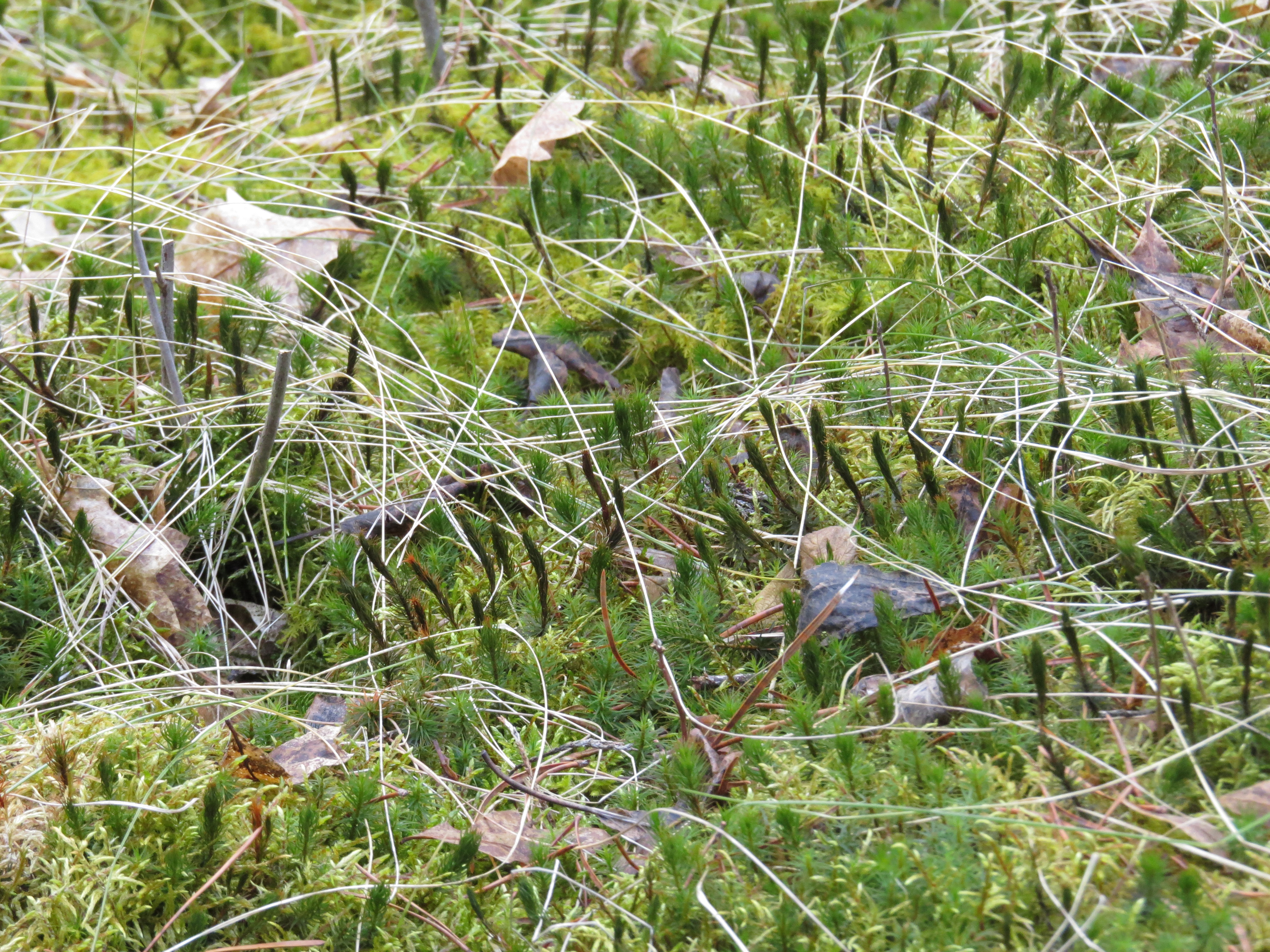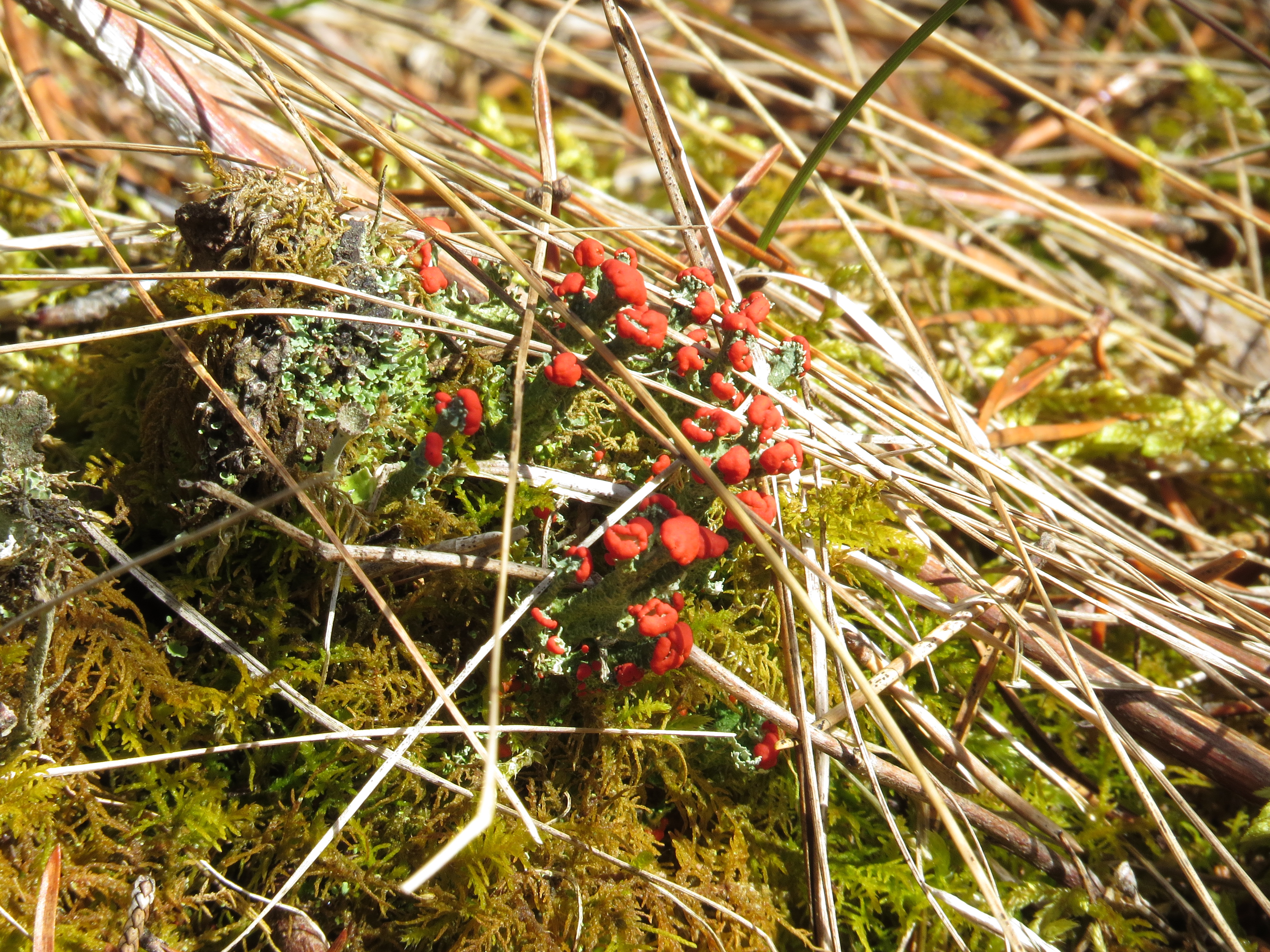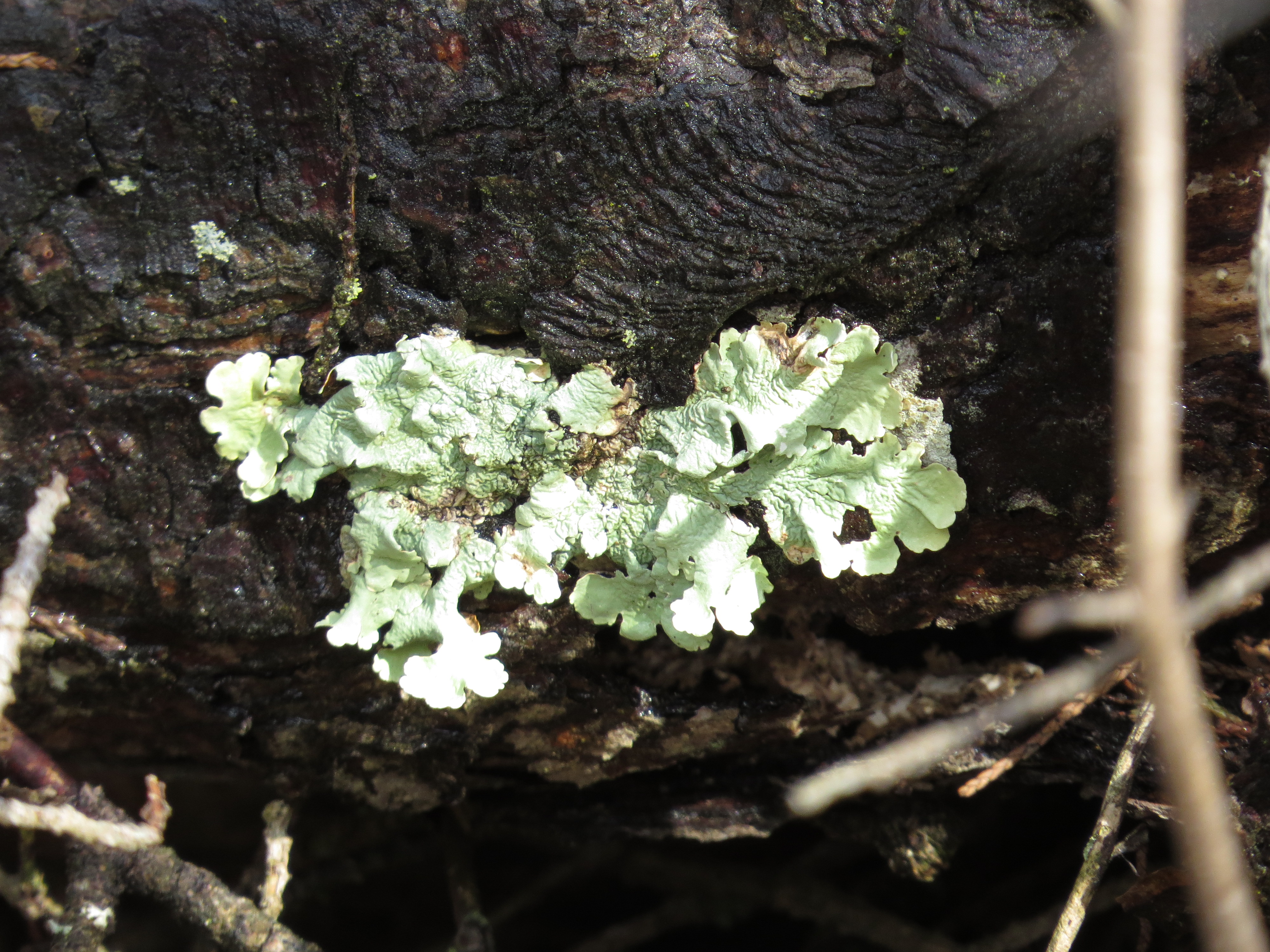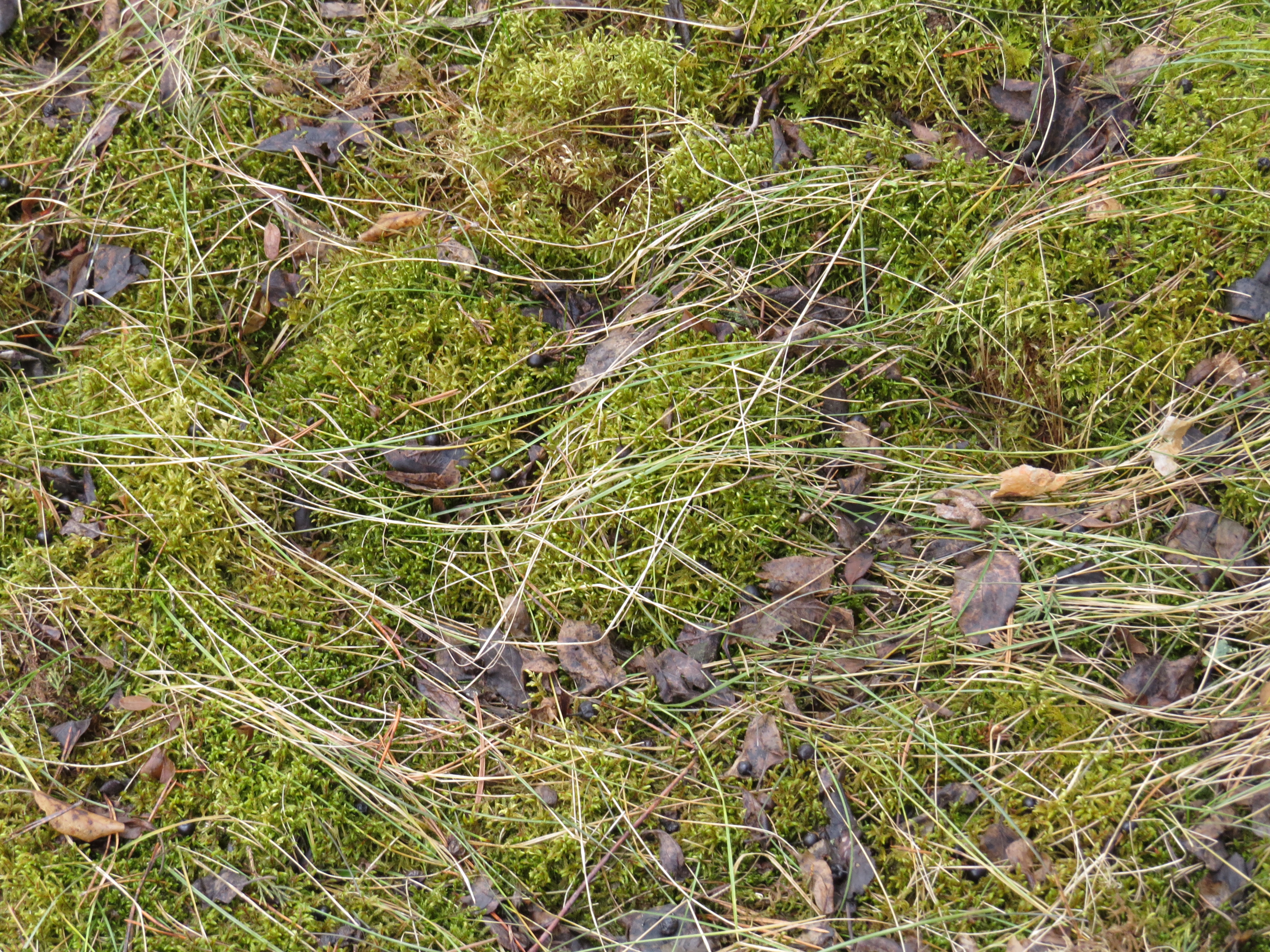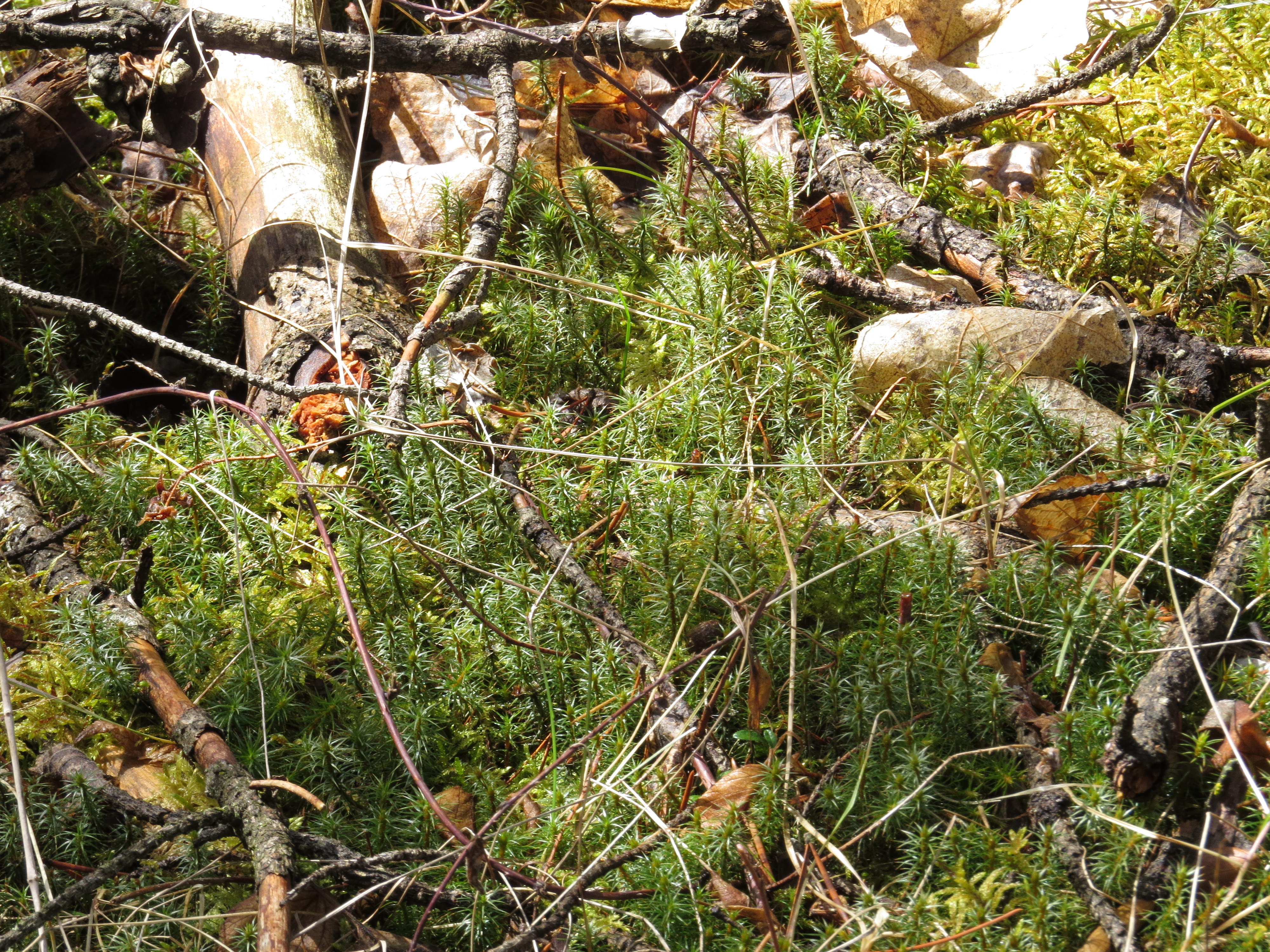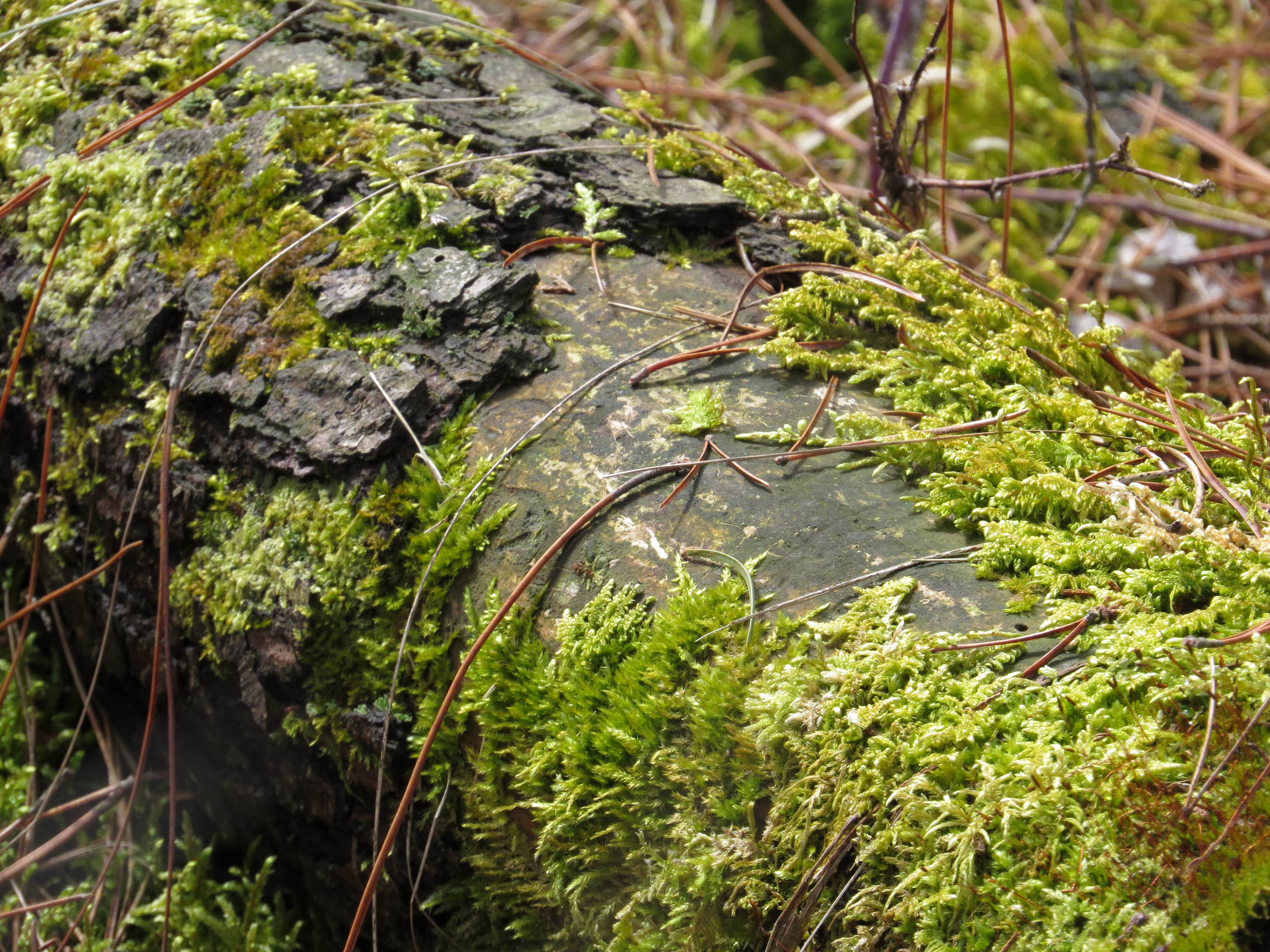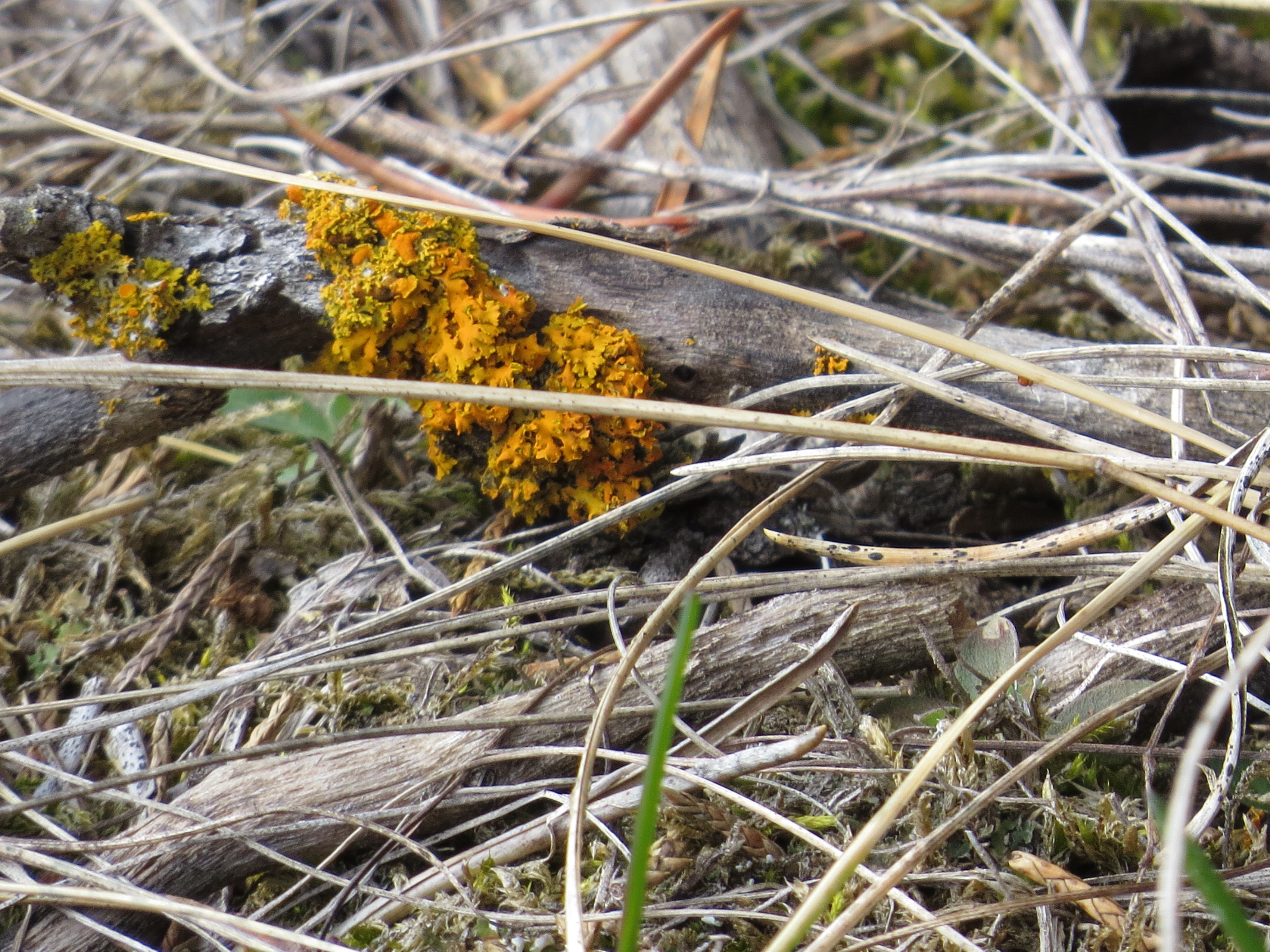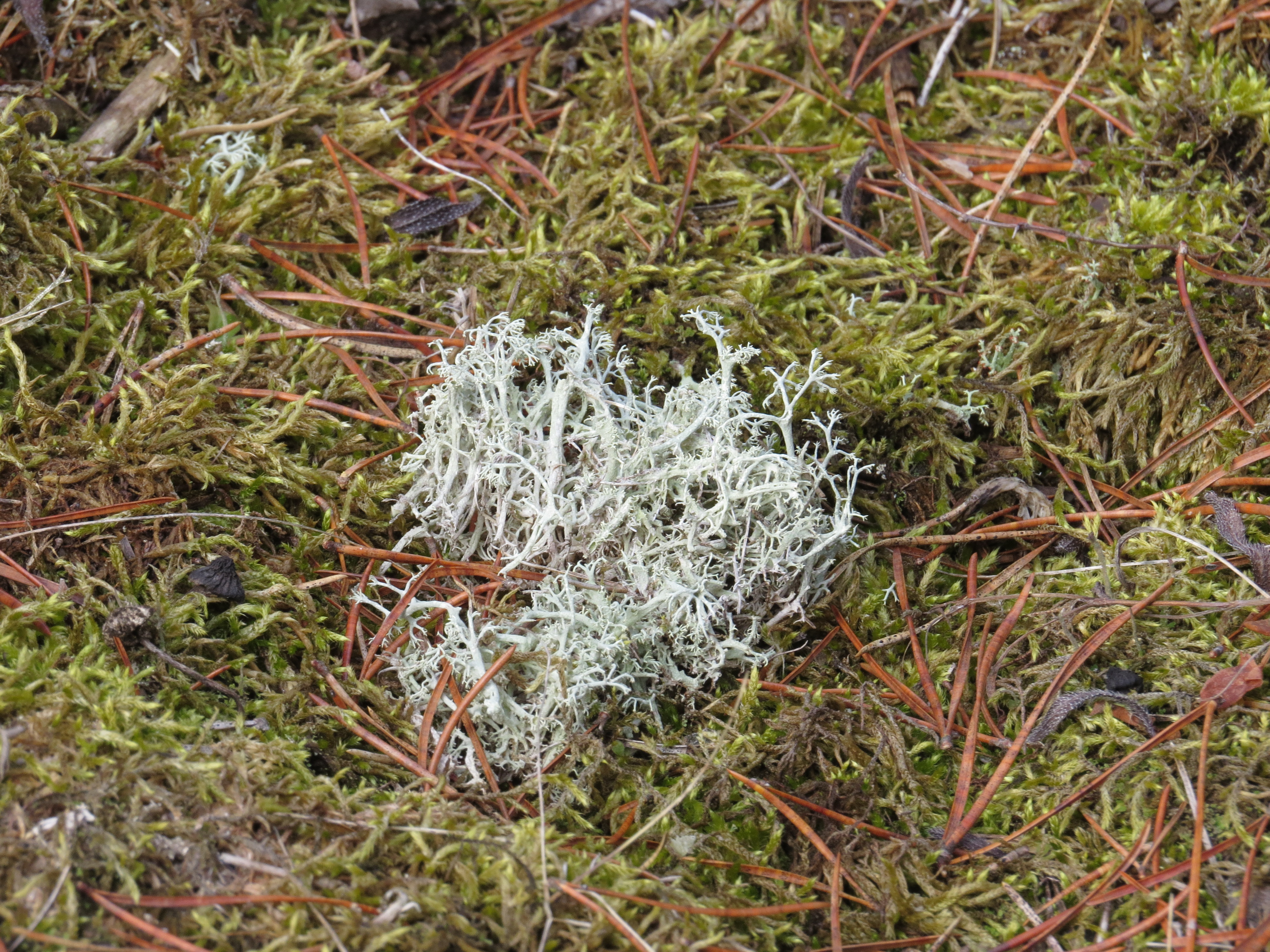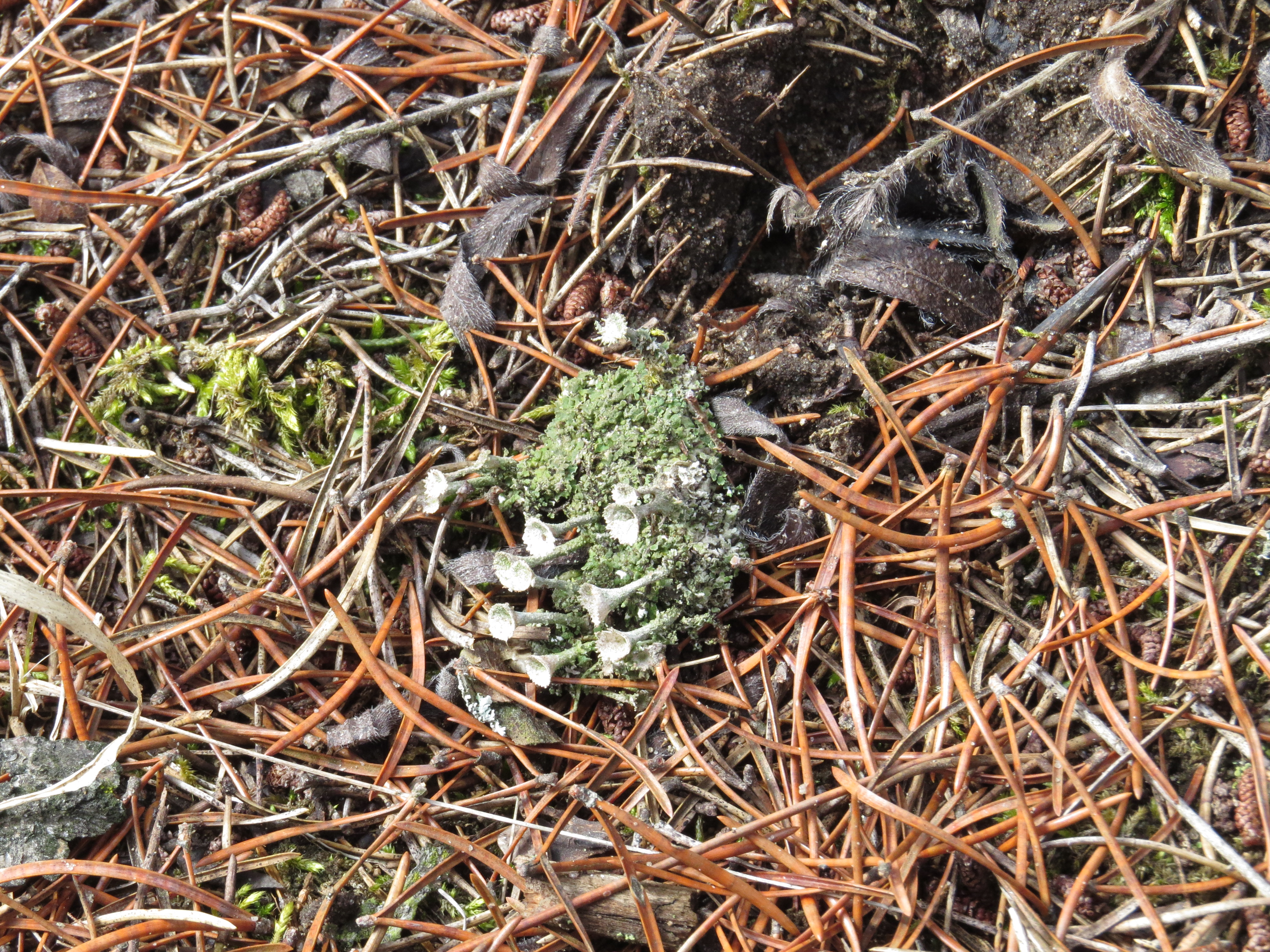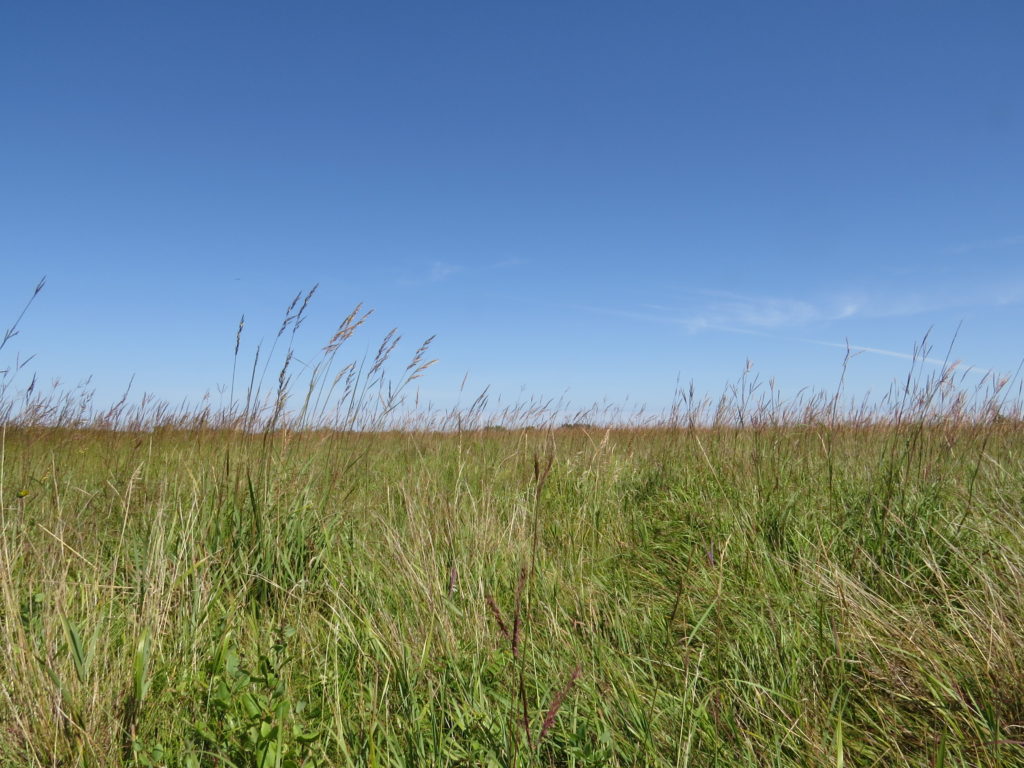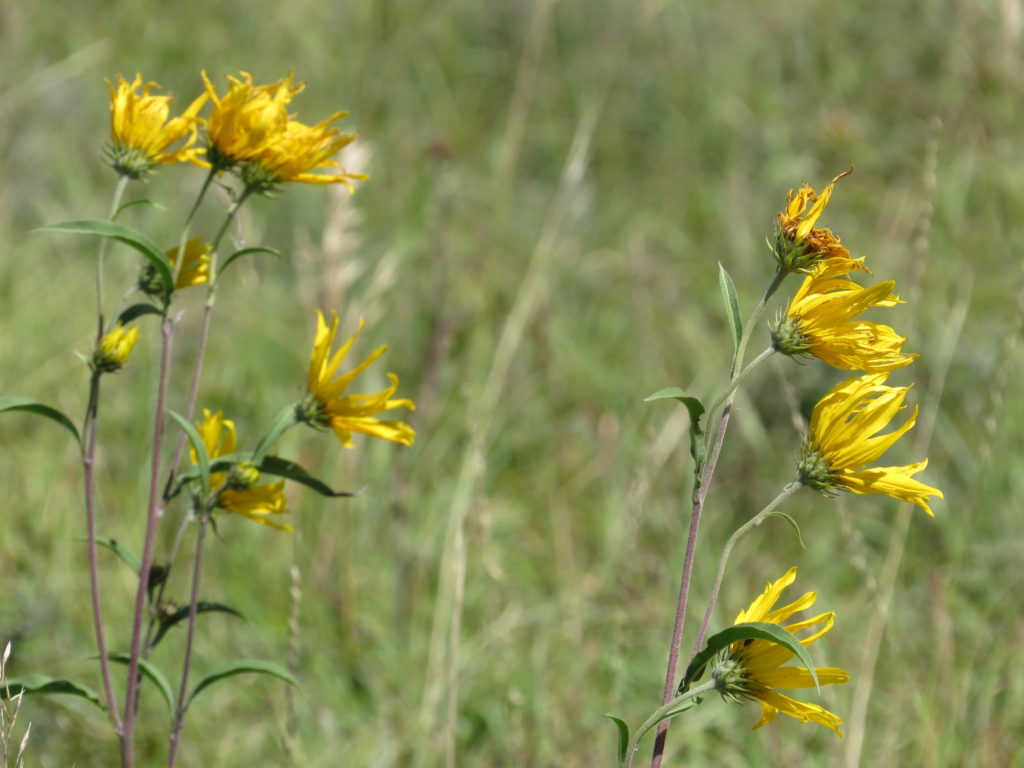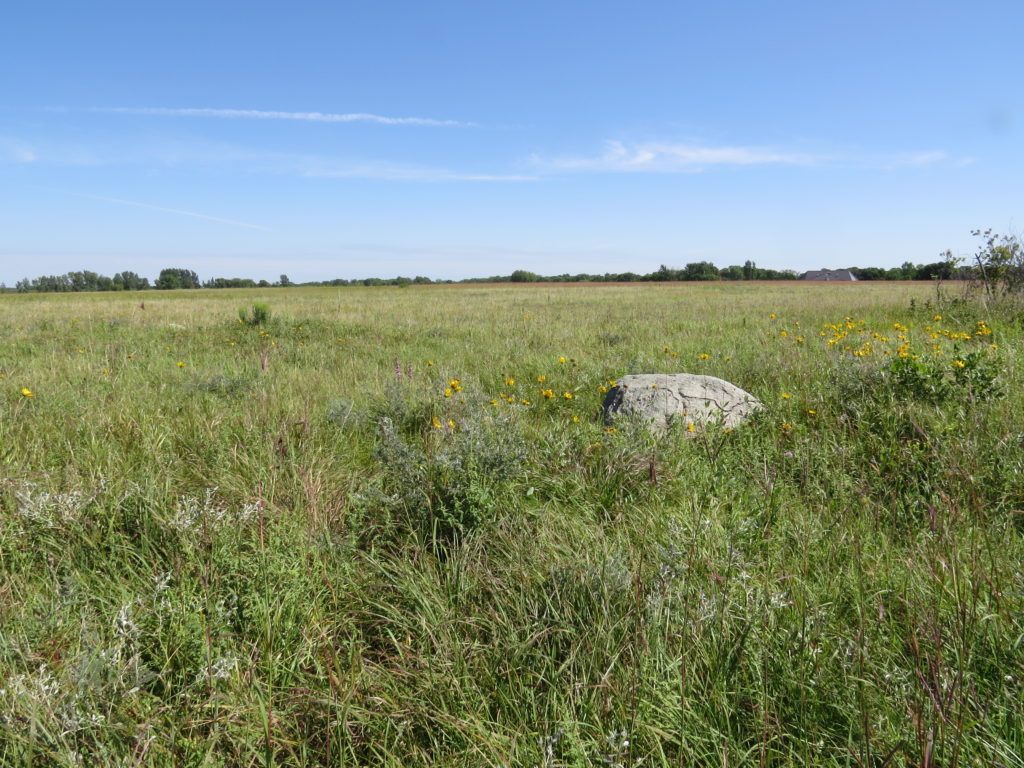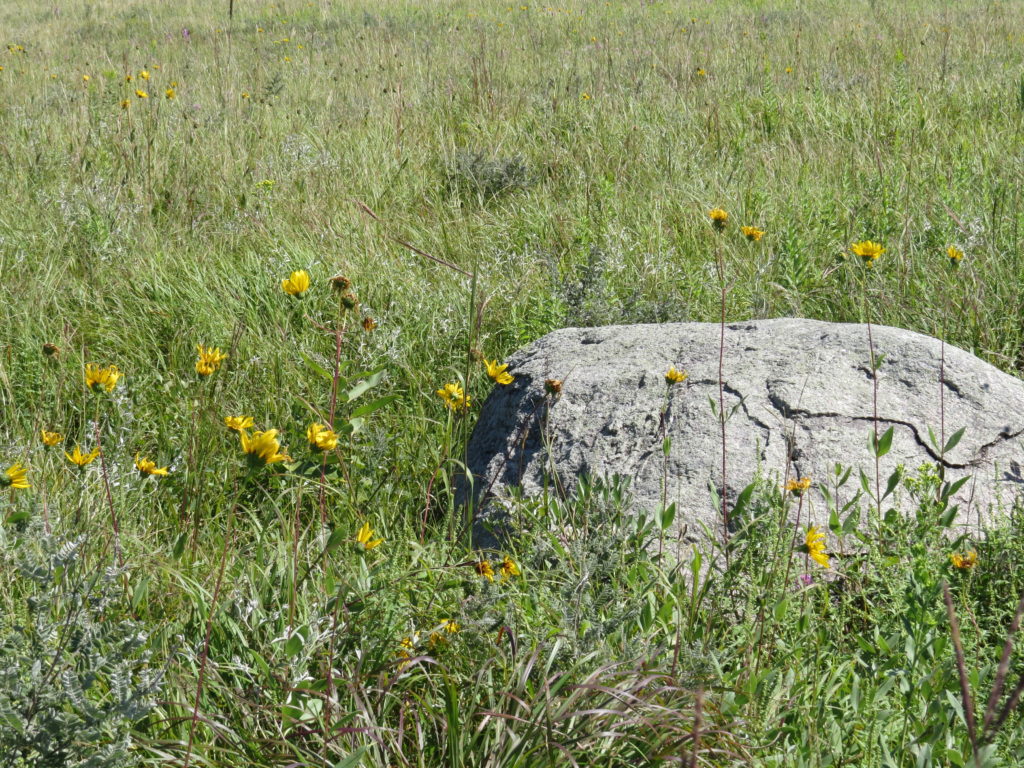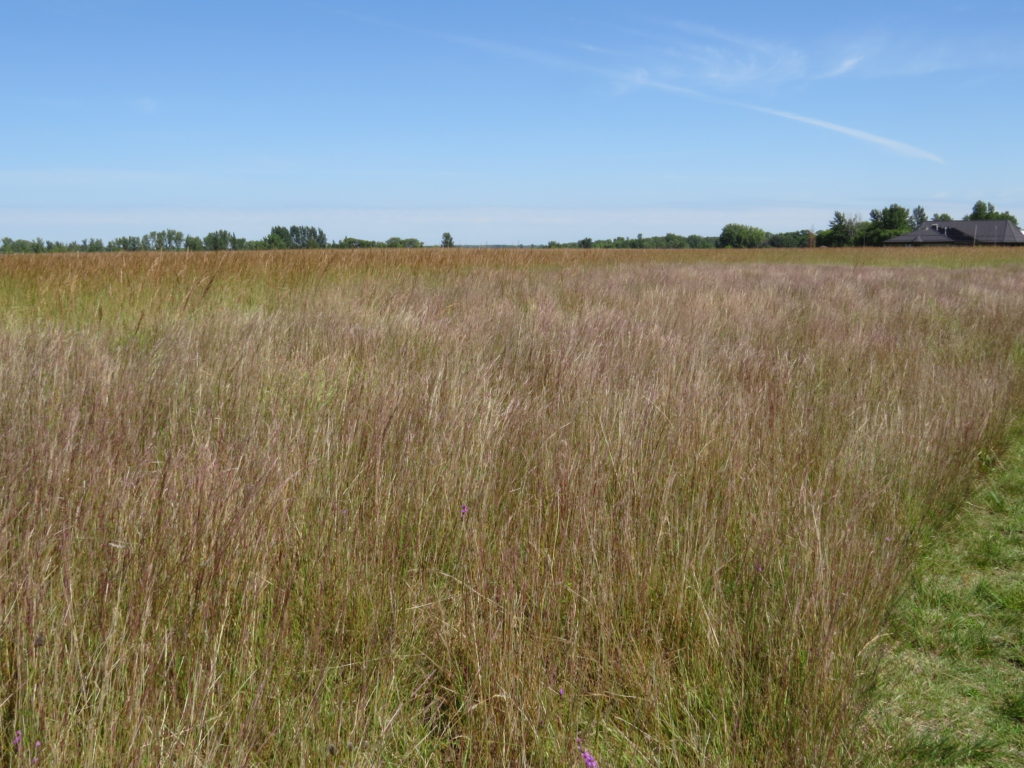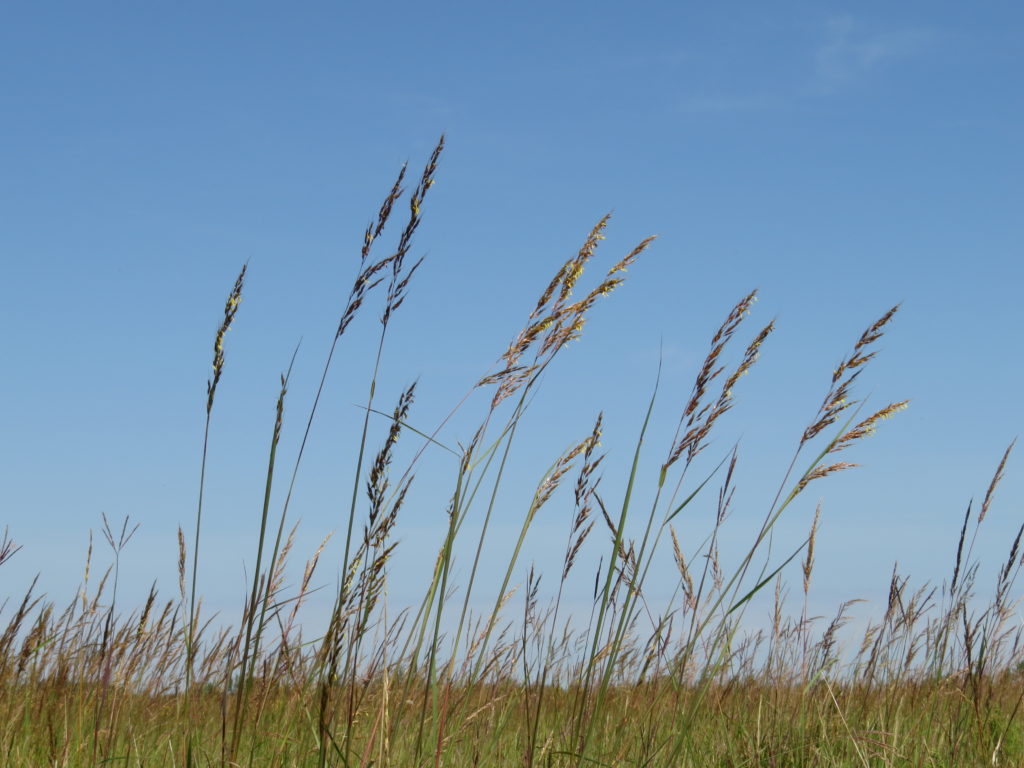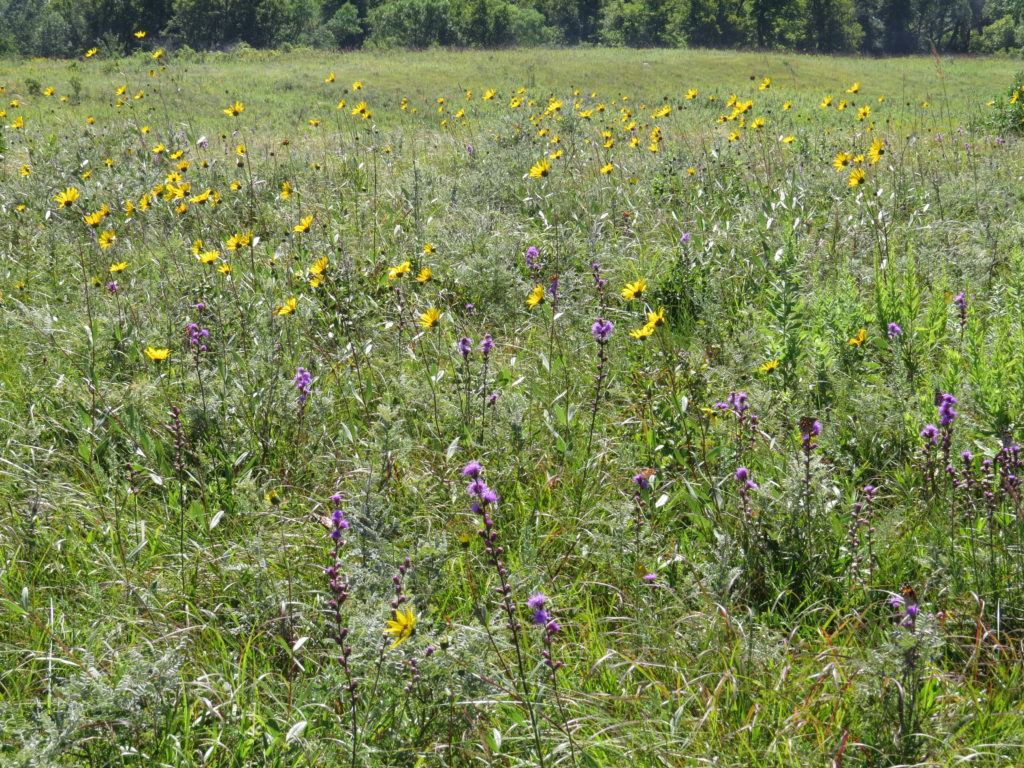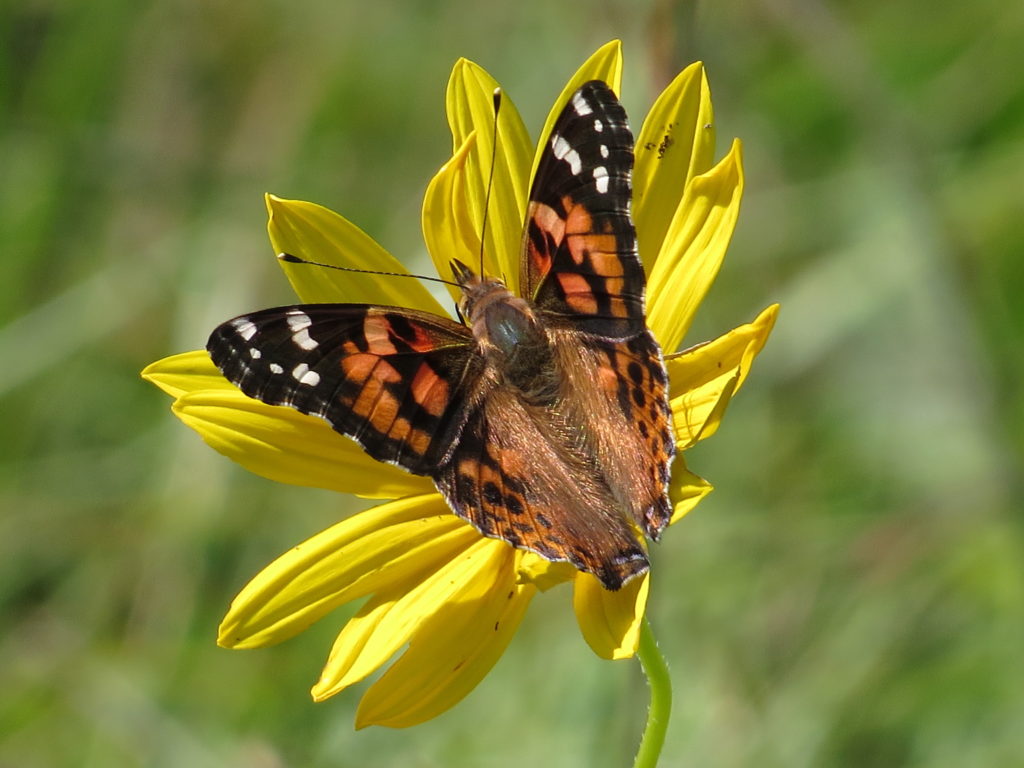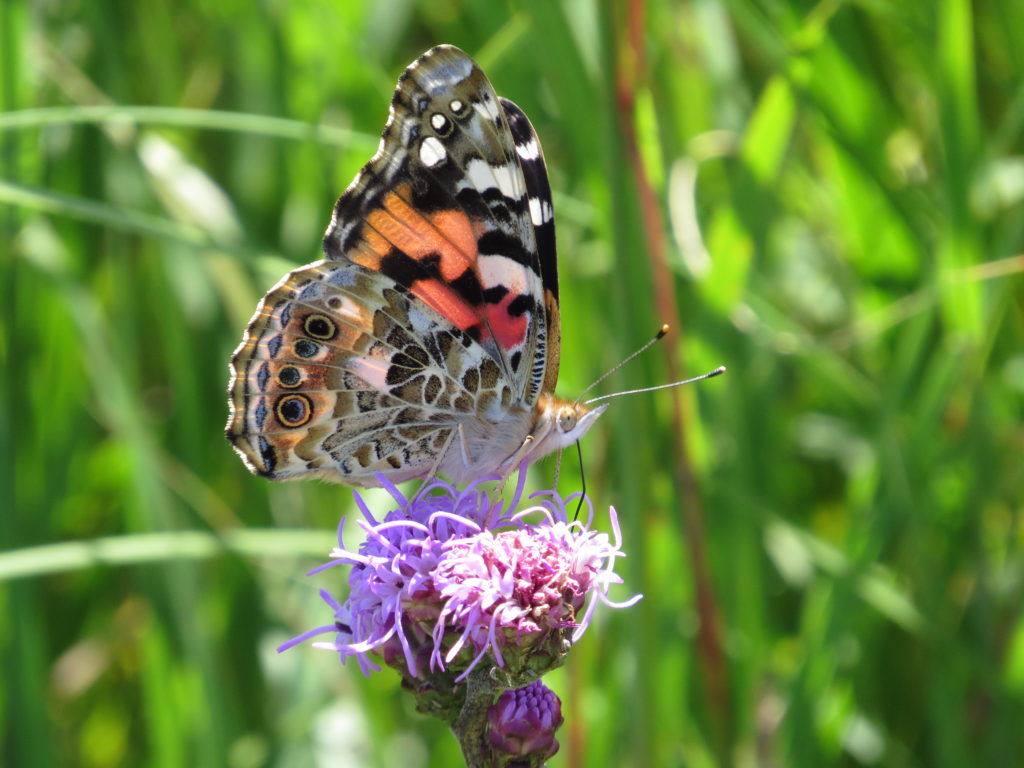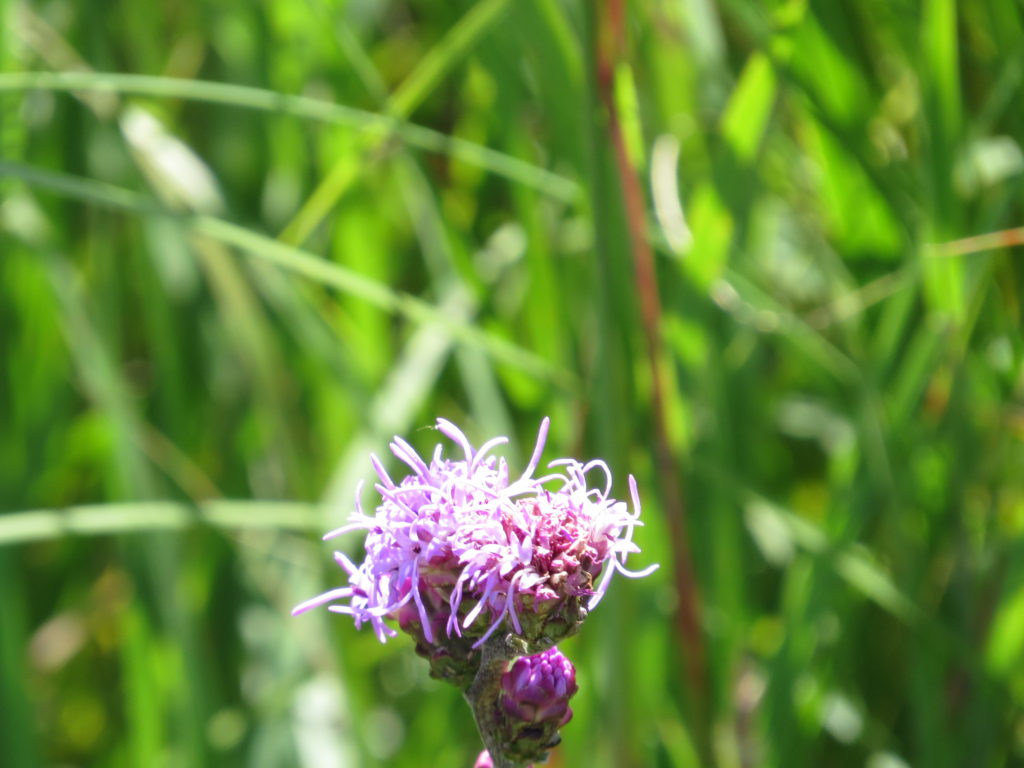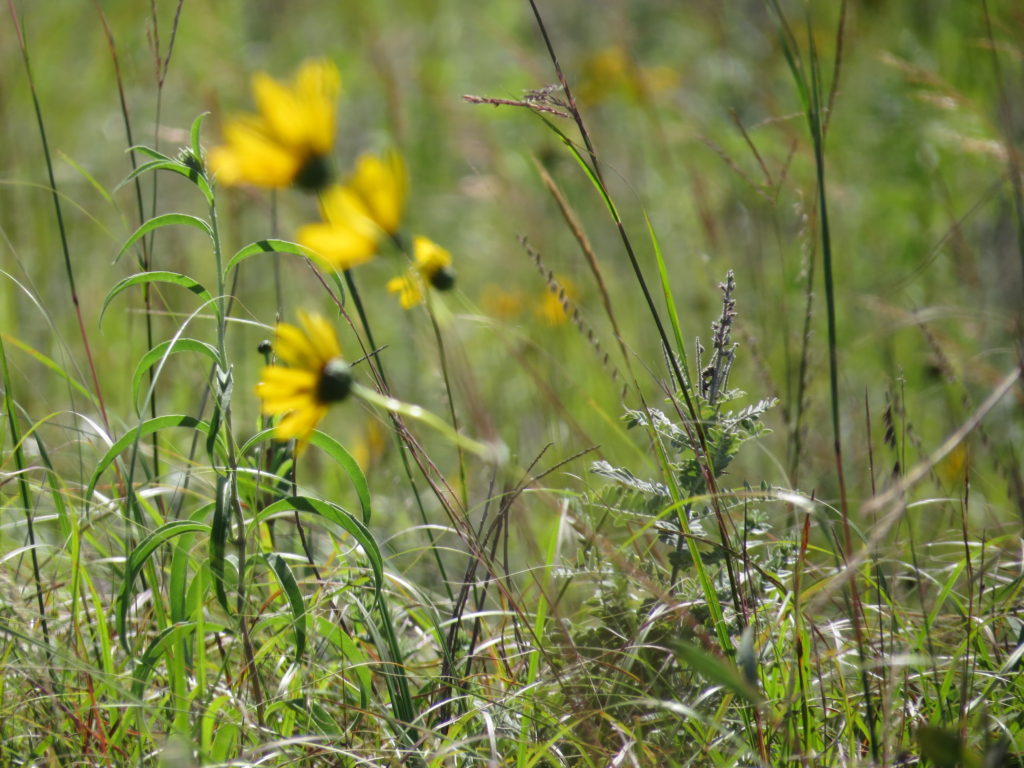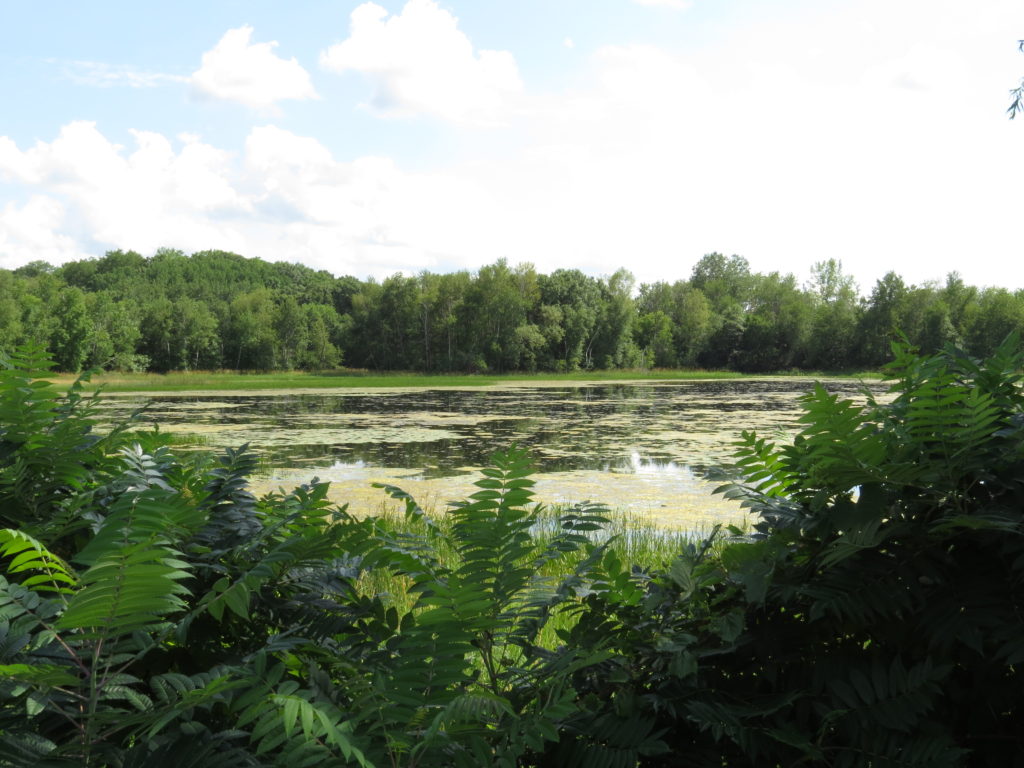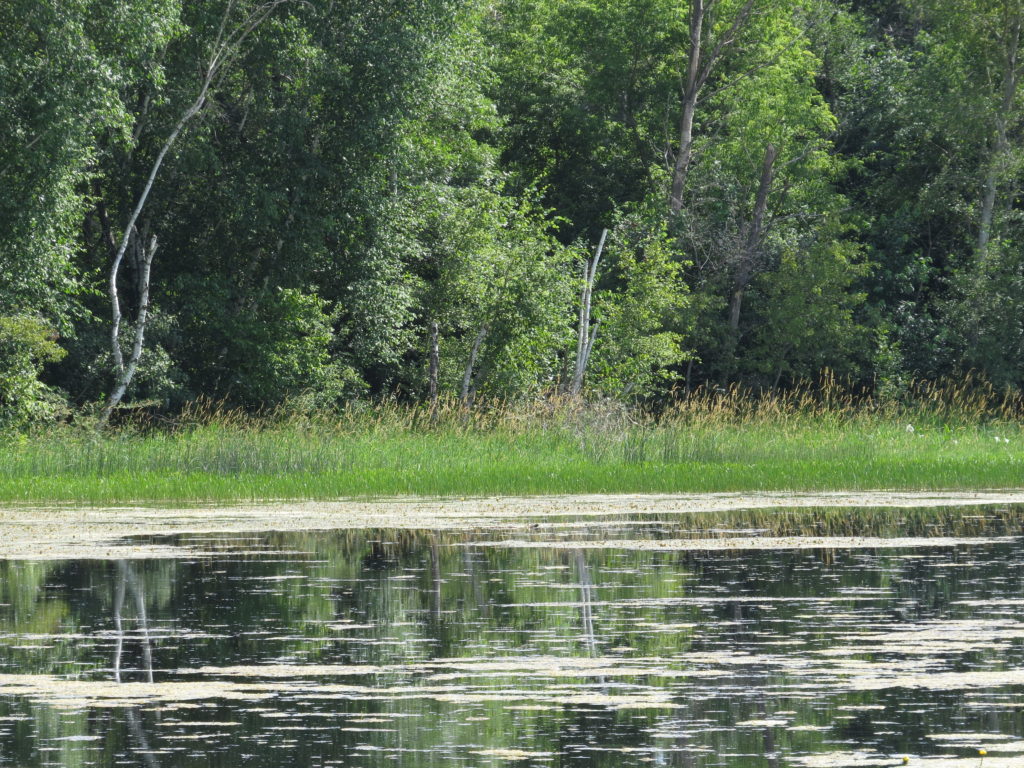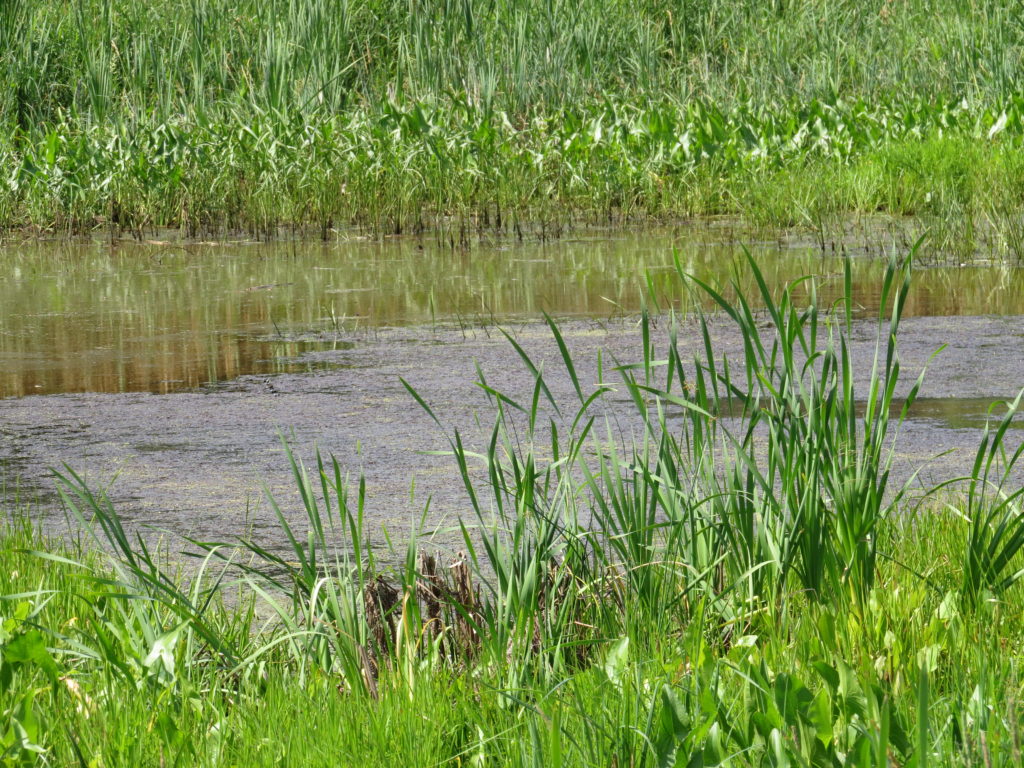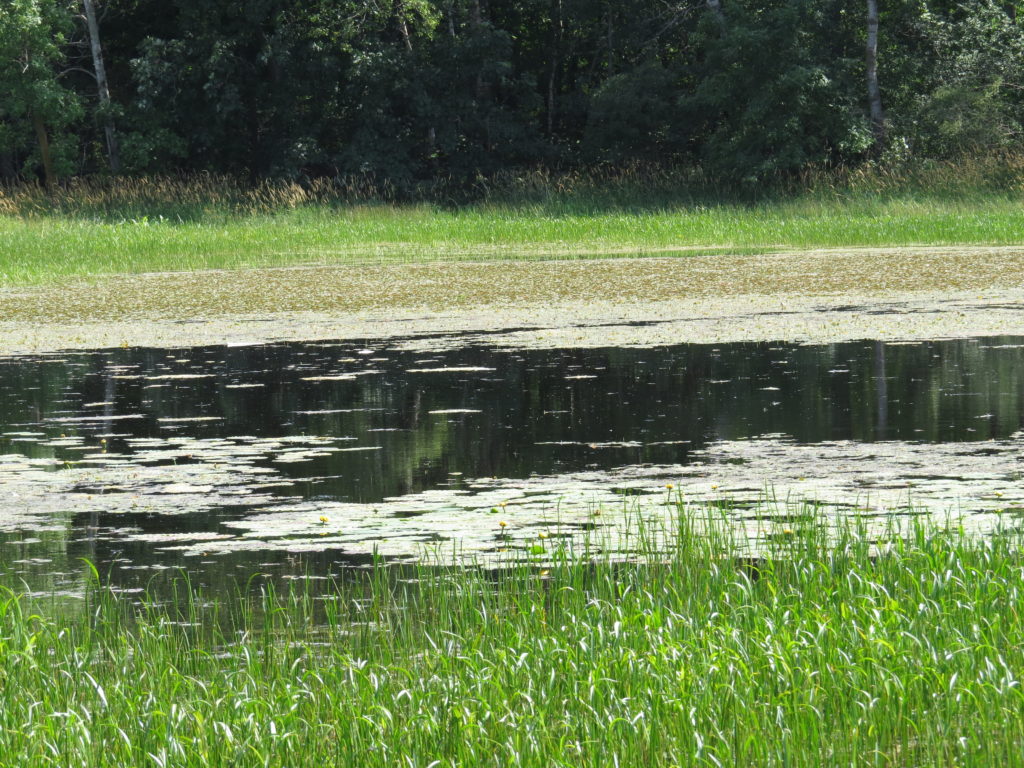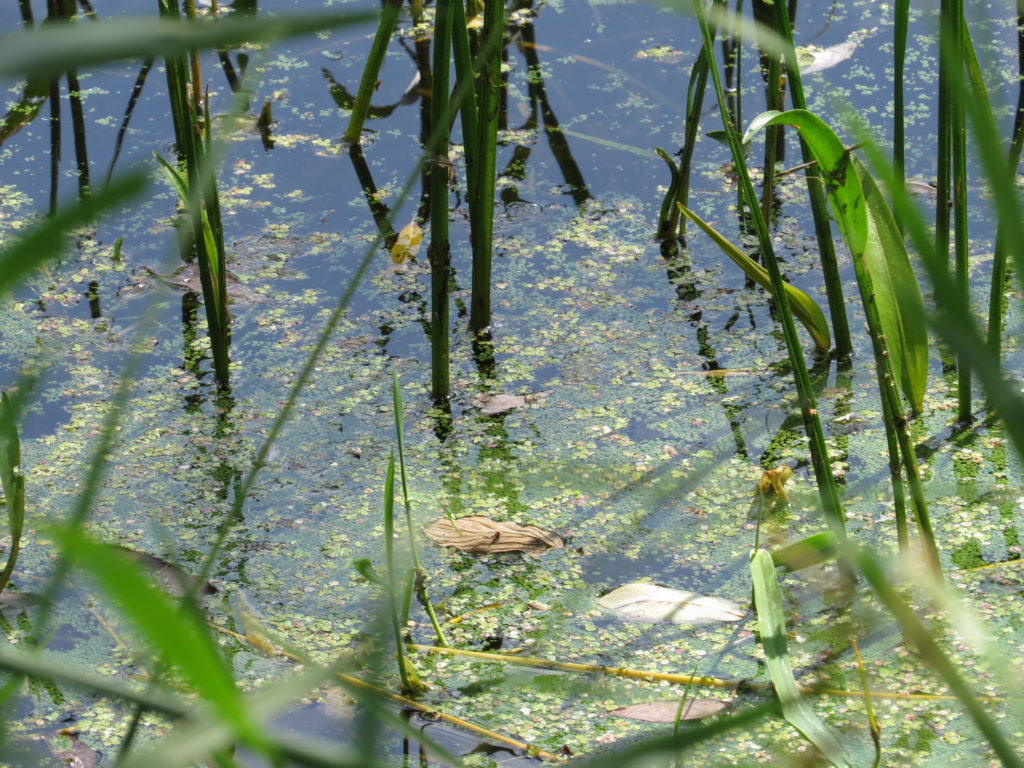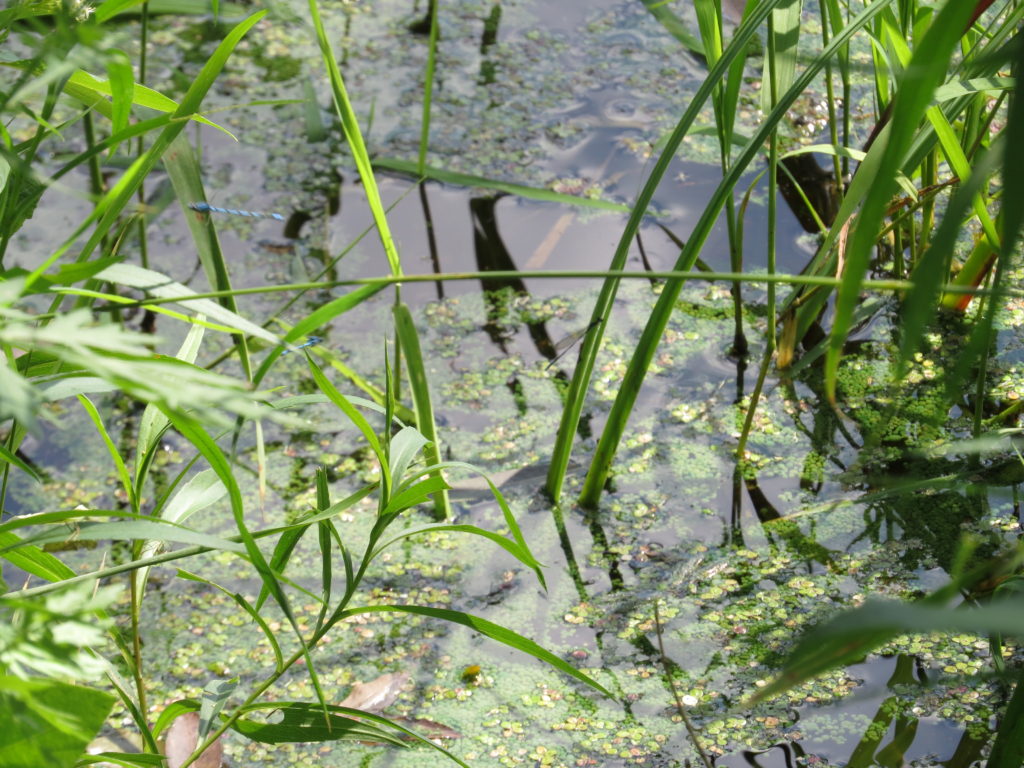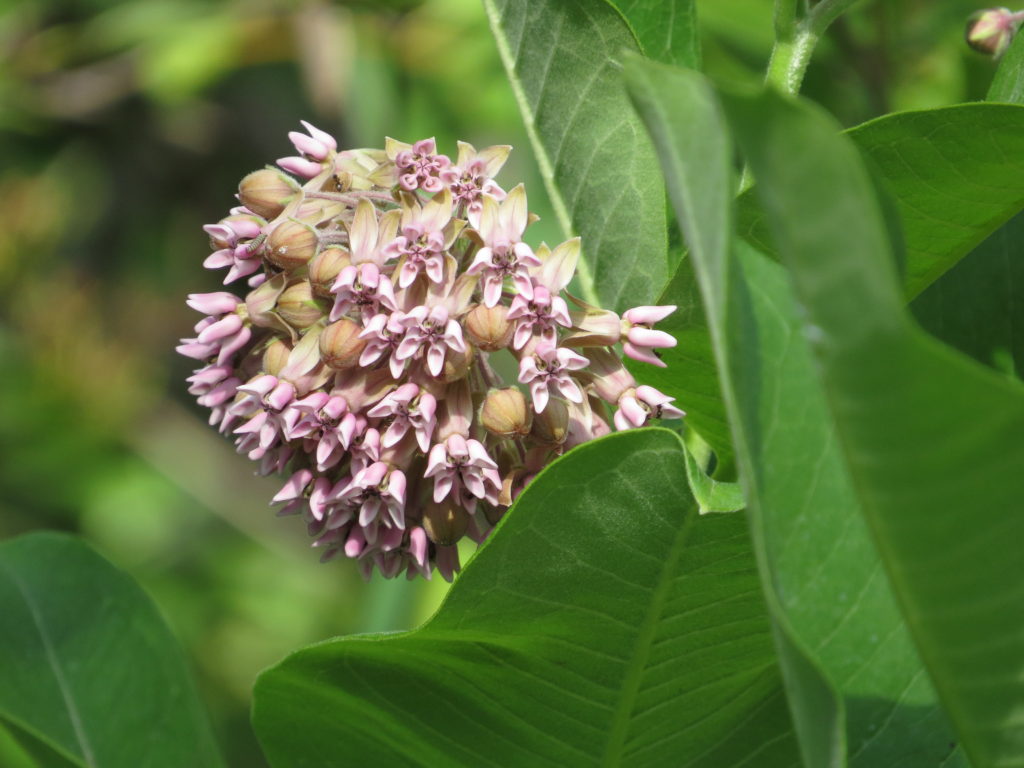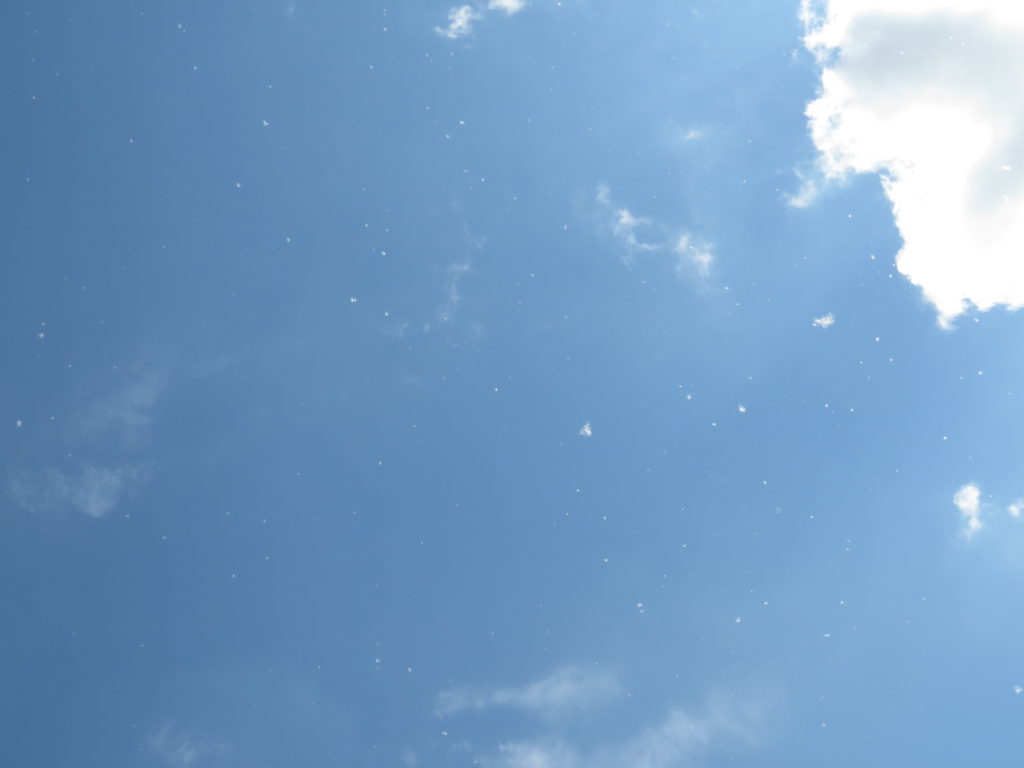Three days after Chris’ sister’s death day we were confronted with Chris’ birth day. Not that we ever really know ‘what to do’ after the death of a loved one—with our distance from her, we had no physical busy-ness to attend to, and without an impending funeral, no travel plans. We were alone with our thoughts, our memories, and our sadness. And a birthday. It ‘should’ have been a celebration, and when the day arrived, we could not gather our energy enough to do…anything.
I’ve always liked to ‘know’ things—my curiosity naturally led to my studying science. Questions, experiments, data, knowledge. Human nature is just as intriguing to me as the nature of our world, albeit a bit more difficult to explain. But there are things in our world that remain as mysteries, and birth and death are two of them. We know quite a bit of the ‘mechanics’ of both, how babies are made and develop, and even the cellular signaling that takes place before labor begins, and we know the physical signs and signals of impending death. But so much of both of these life transitions falls into the realm of mystery. We cannot get the answers or even gather much data about either one because of the very ‘nature’ of the occurrence.
And then it occurred to me that many of the death days of my relatives fell within days of birth days of my kids—brother-in-law, dad, grandmother, and grandfather. Maybe December is a bad month for dying. Or maybe these mysteries were more linked than we know. But how does a person ‘celebrate’ a Happy Birth Day so close to a Sad Death Day? We did resign ourselves to our understandable low energy on Chris’ birthday, and we figured out a way to honor Mary and our sadness and to celebrate Chris the next day. With no surprise to anyone who reads this, we took to the woods. It was another beautiful snowy day, though some would argue with me about the beauty of yet another cloudy, gray day. We took our snowshoes up to Charles Lindbergh State Park, crossed the bridge, and began our trek through the quiet forest.
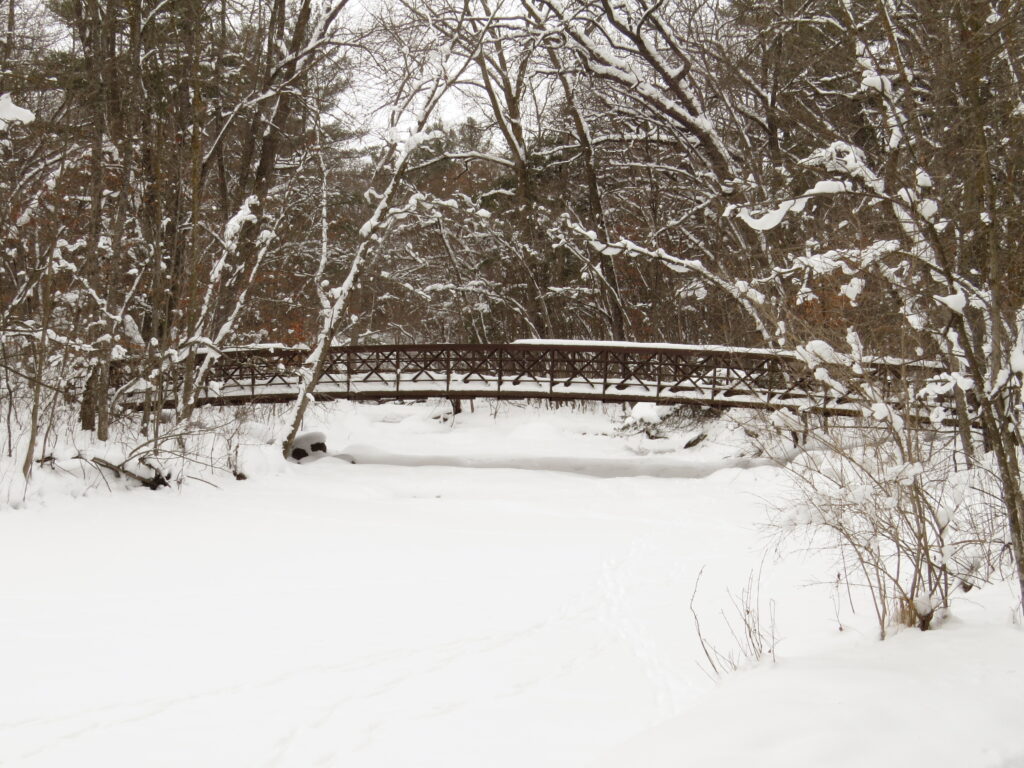
But first, we stopped on the bridge to gaze at the ‘ice art’ that had formed with ice and snow and open water. Black and white abstraction.

A snow-laden tree branch had leaned low over the creek and seemed to be a shelter place for animals, as the snow was packed with tracks.
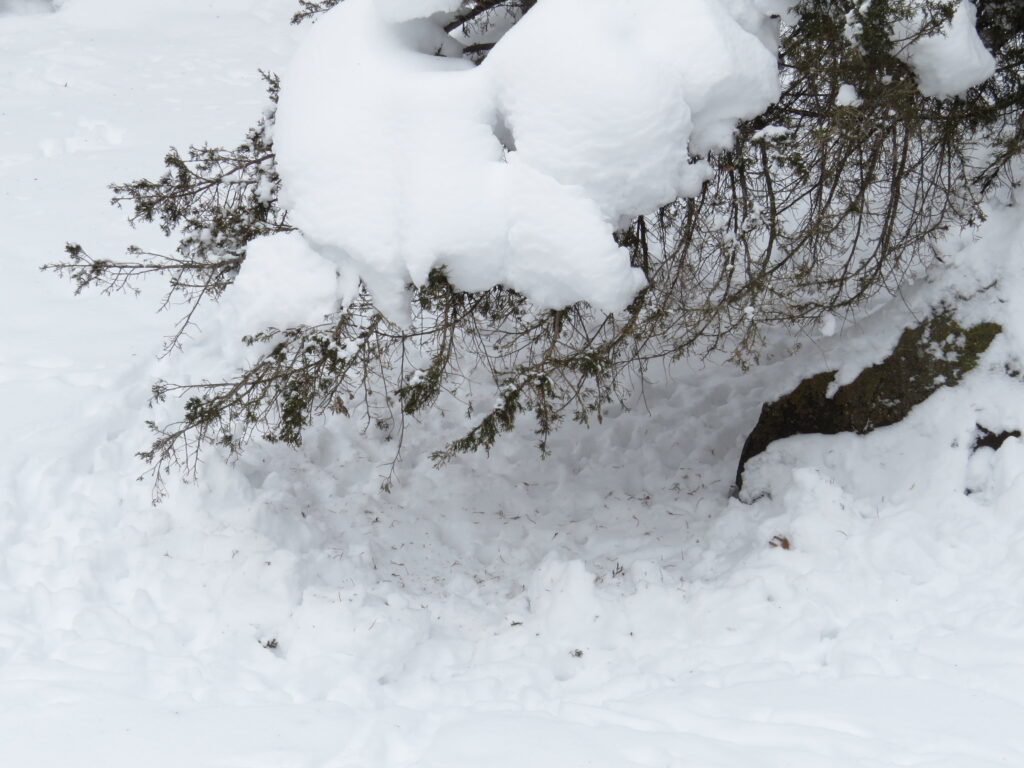
The snowy, abstract creek path cut through the trees, providing life-sustaining water to the winter animals and beauty to the passers-by.


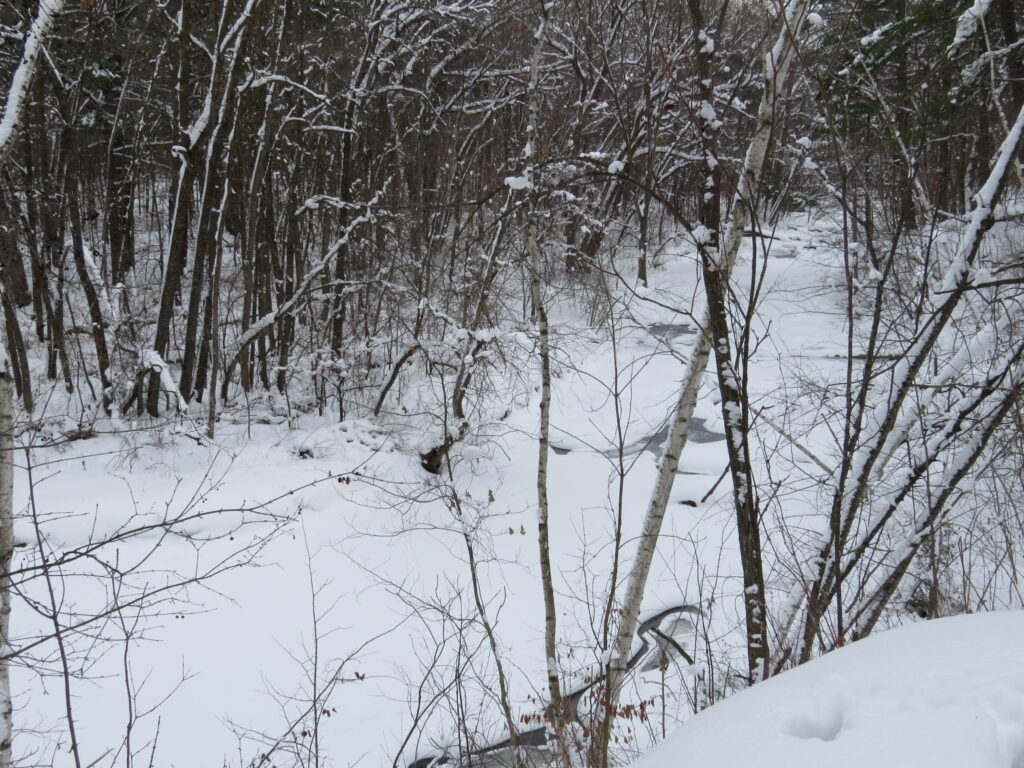
We were not the only ones on the midday trail that day—two young men wearing police vests snowshoed the circular trail, easily passing us with strong strides and pleasantries. We met a wizened old man in only a thin gray sweatshirt that exposed his bumpy, wrinkled neck. He stopped and talked about the young policemen and about his new snowshoes. He wouldn’t want to be a policeman these days and warned about all the drug dealers, even as the distinct smell of alcohol emanated from his body. He didn’t think his snowshoes were working the way they should. We politely tried to troubleshoot for him, but he insisted he would have to return them. Not our usual trail mates.
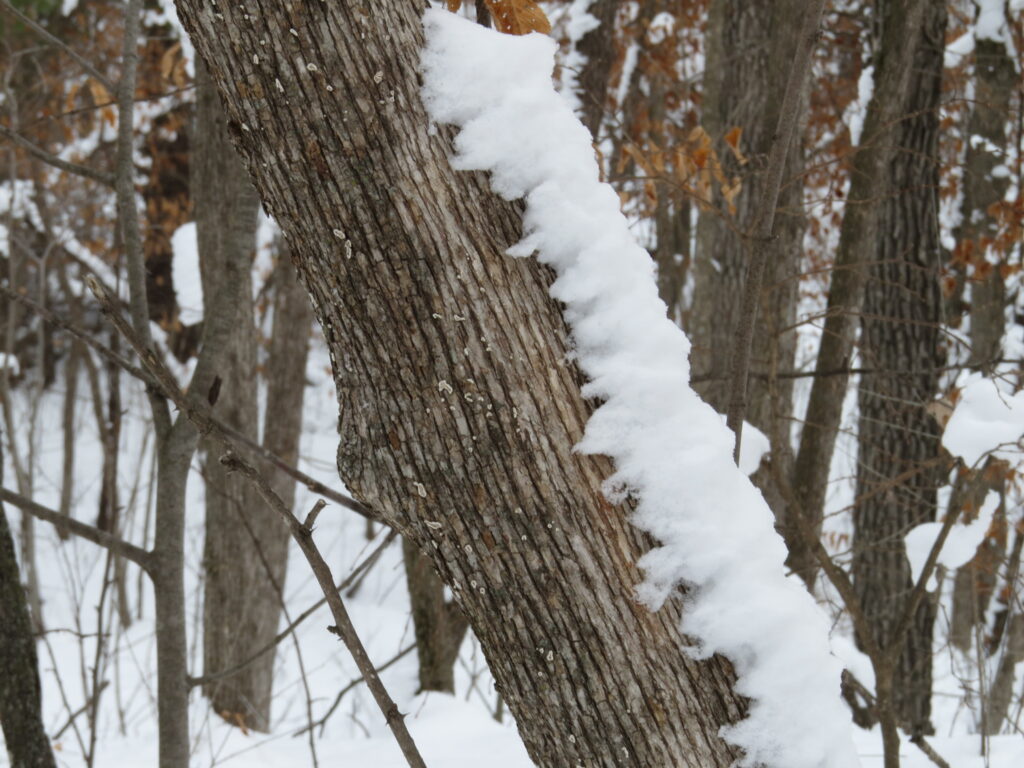
The silence of the snowy forest allowed us to just be as we needed to be. Sometimes we talked—about the wizened old man (kudos to him for getting out there with new snowshoes!), about the policemen (were they on duty?), about Mary (remember when…)—and sometimes we were as silent as the trees. Moving through the snow, working our muscles, helped integrate the musings, memories, and feelings. The questions, the sadness, the low energy, the longing for connection with those who were feeling the same feelings were all accepted, were all okay, were all confirmed and blessed by the Spirit of the Trees.
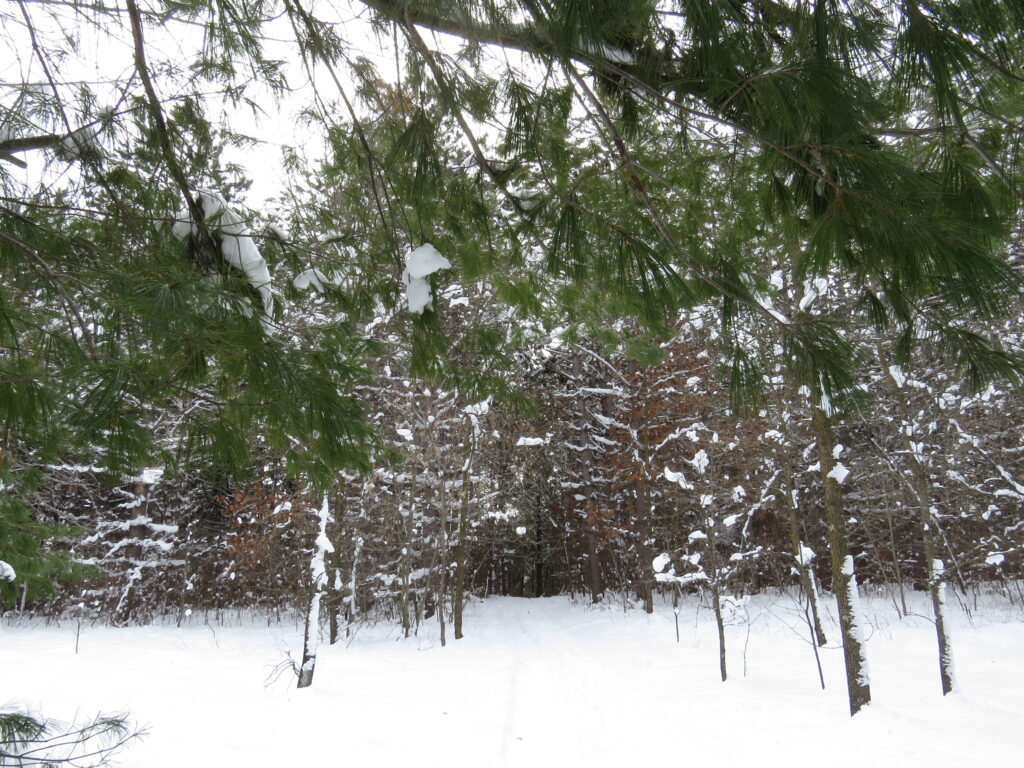
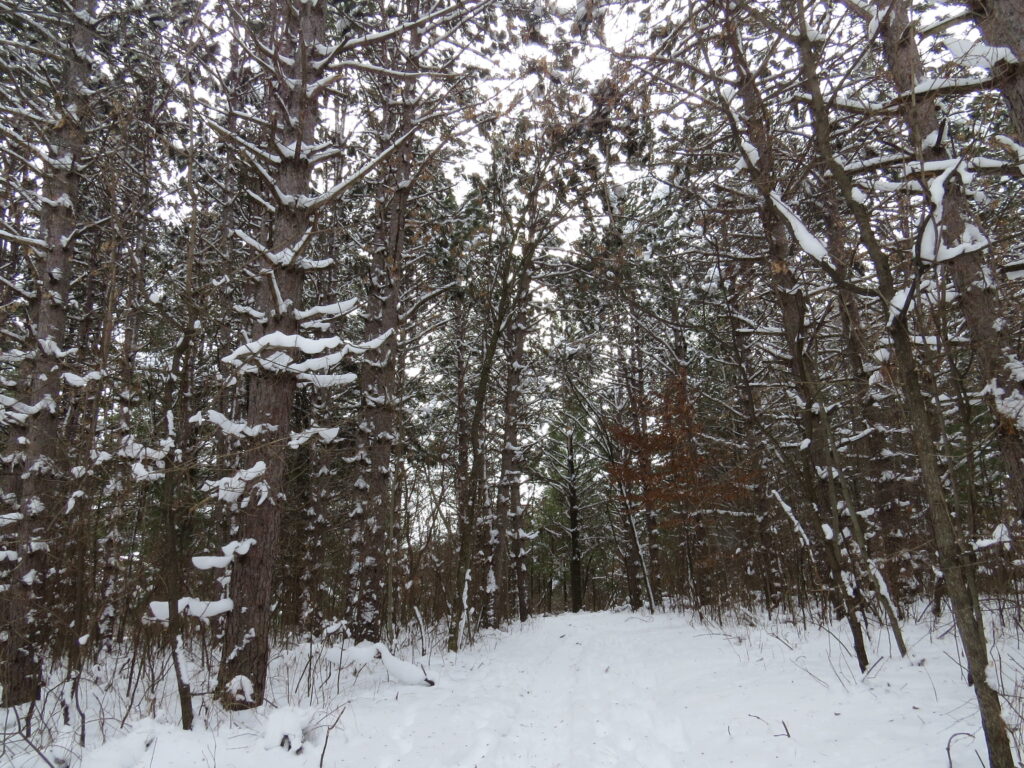
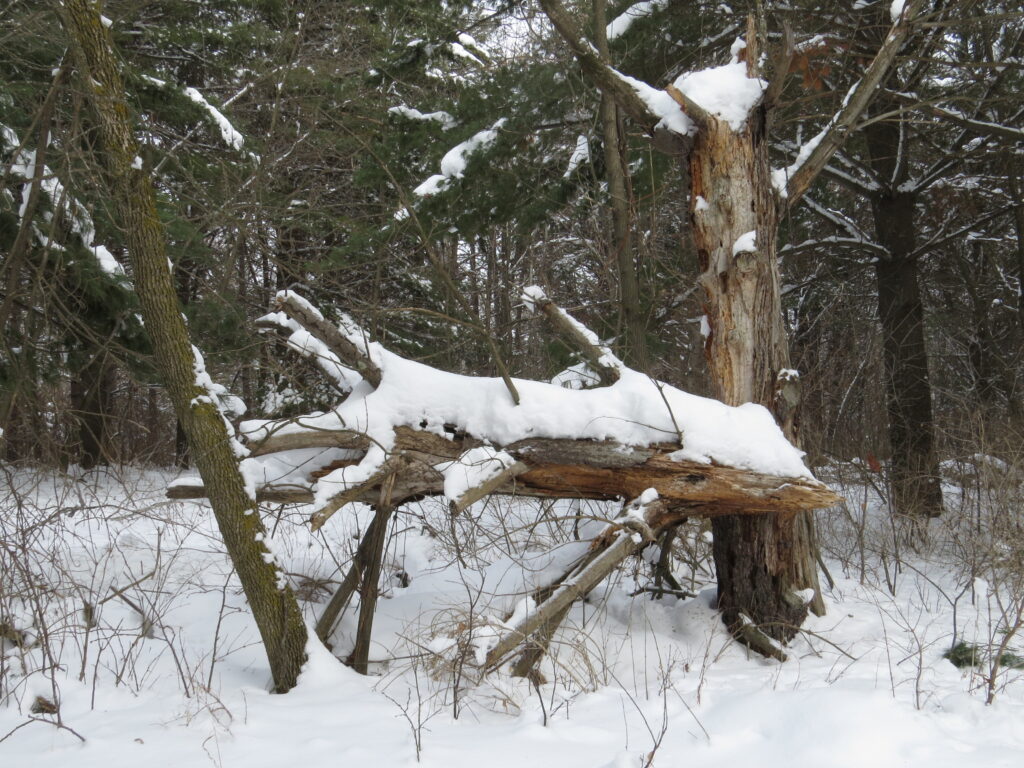
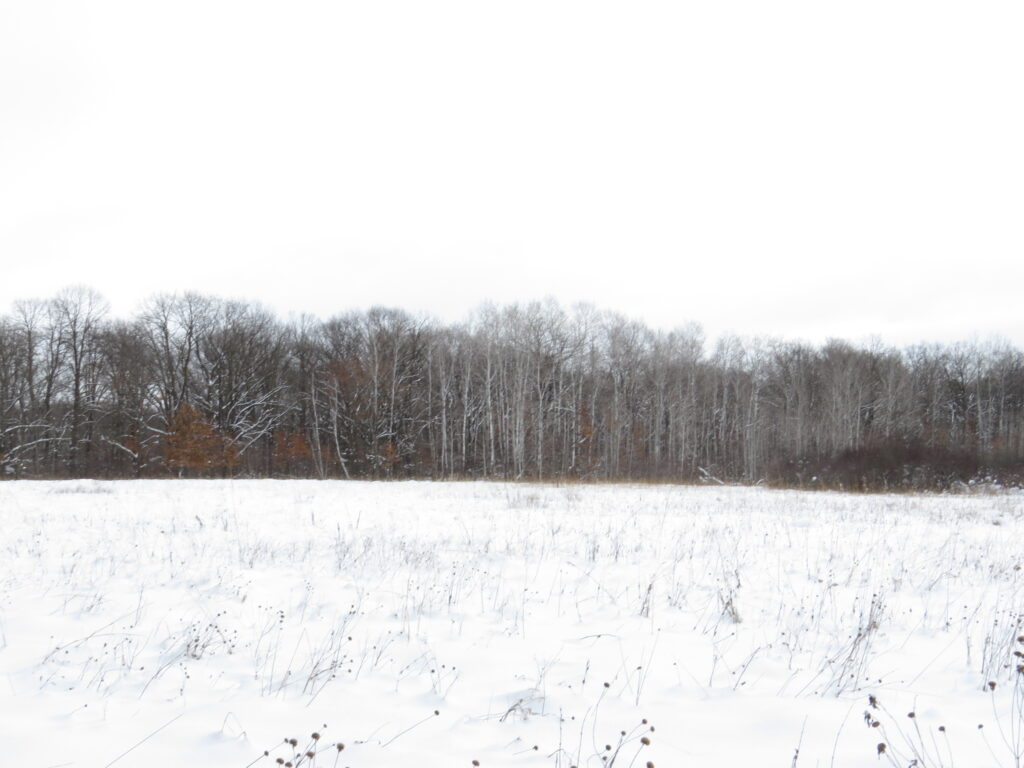
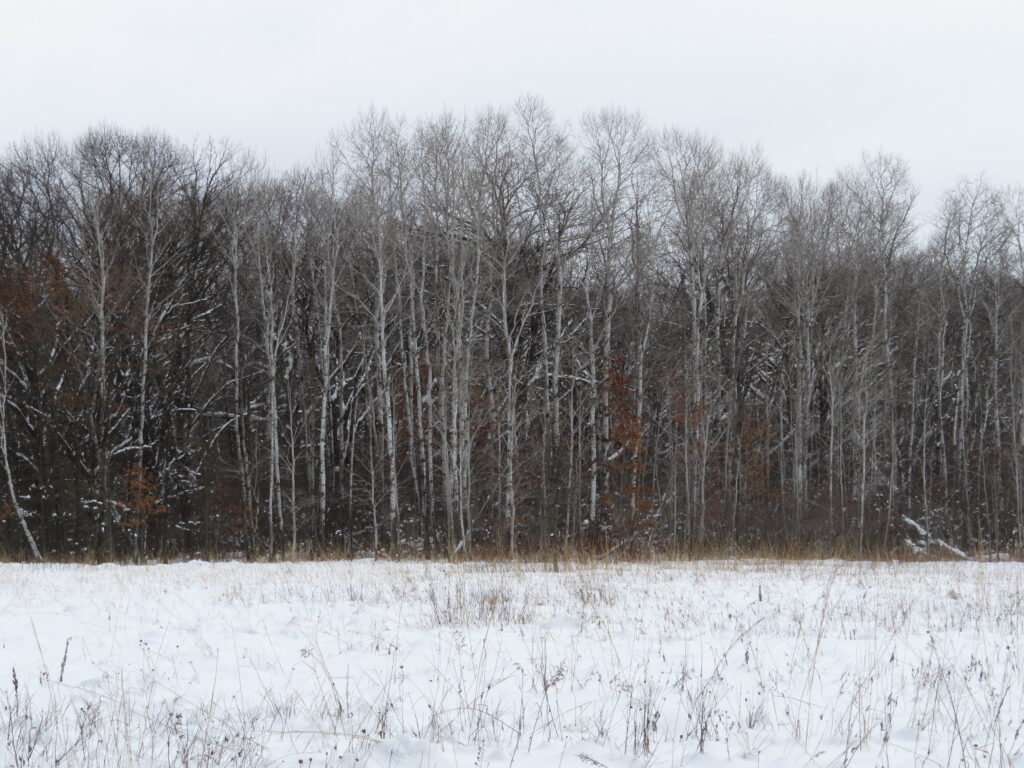
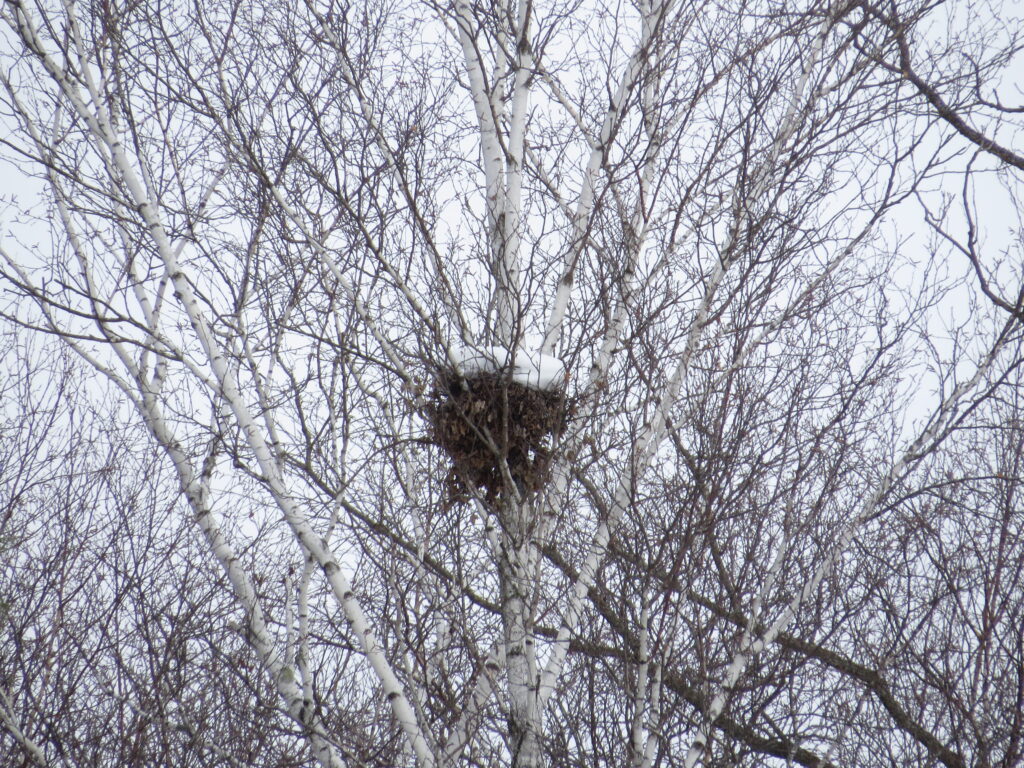
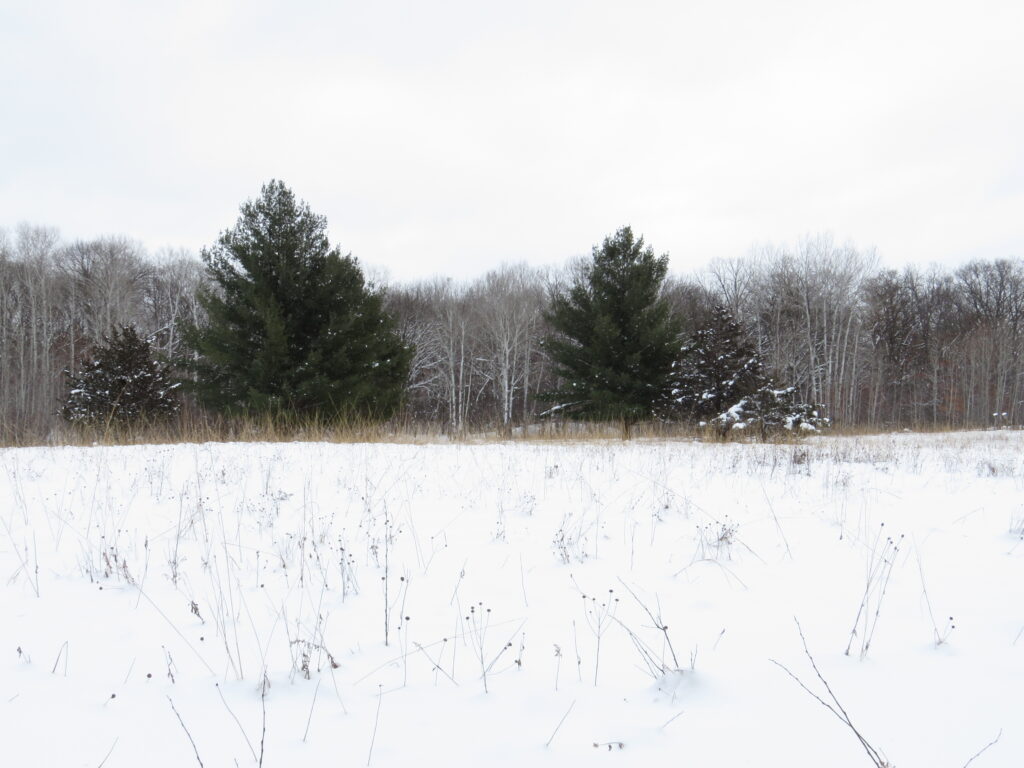

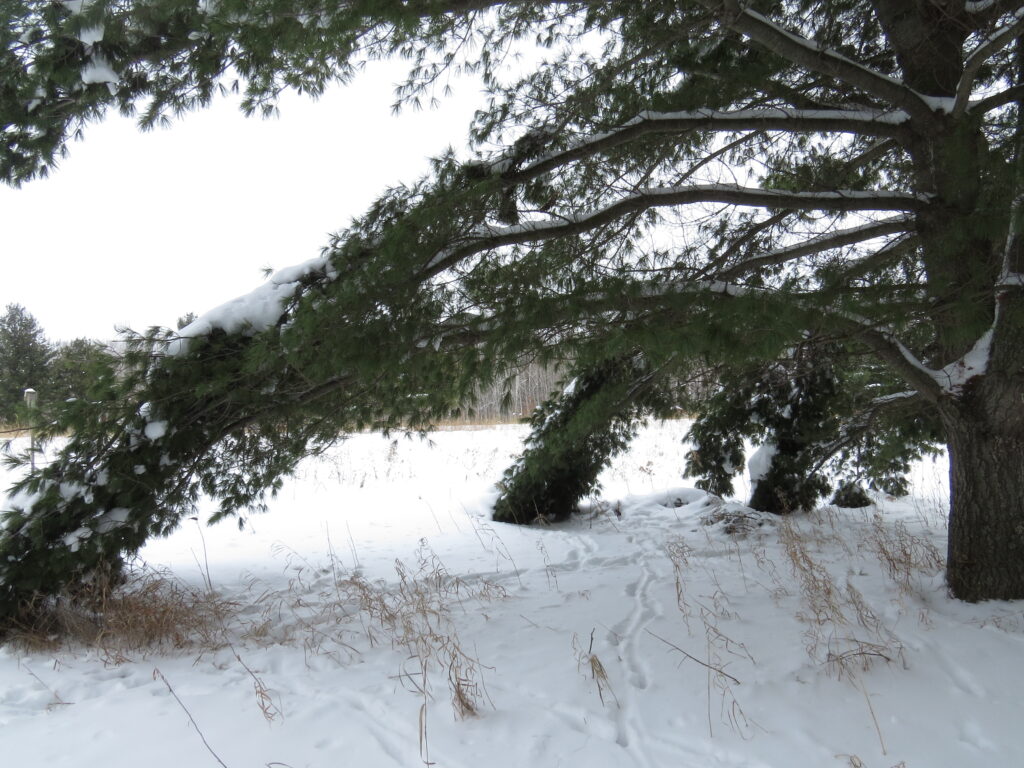
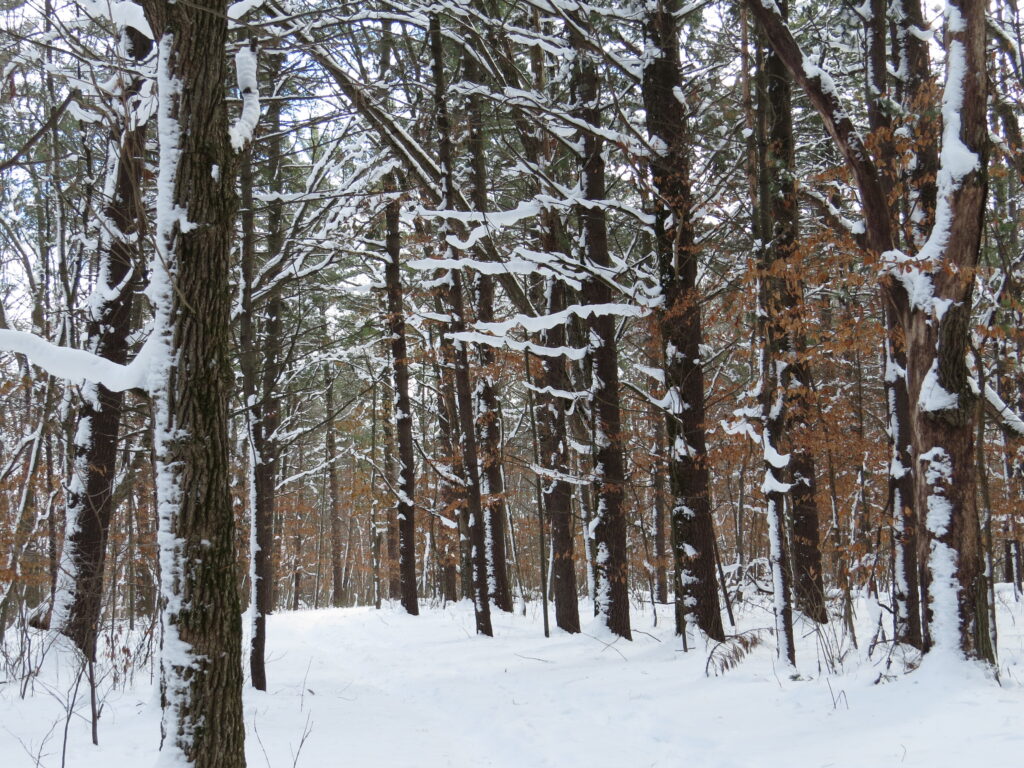
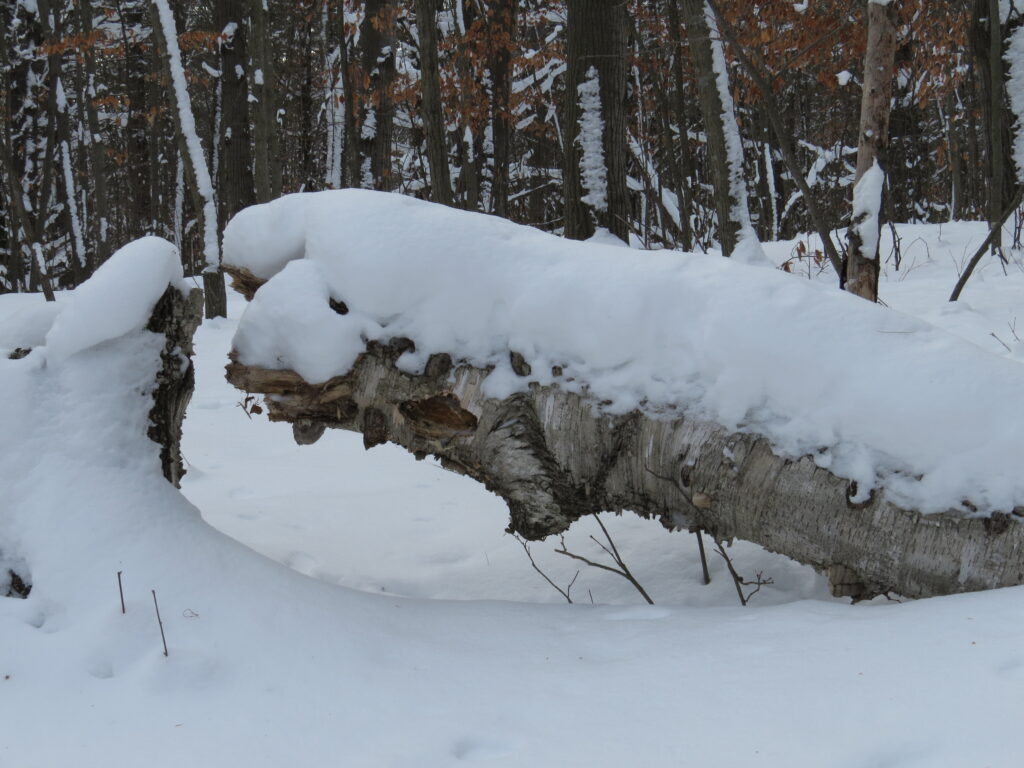
Towards the end of our hike, Chris noticed the sky was loosening up—patches of blue began to show. The sun eventually shone through the trees. Chris stopped and faced the low-lying sun, letting the winter-feeble warmth hit his face. It was just what he needed.
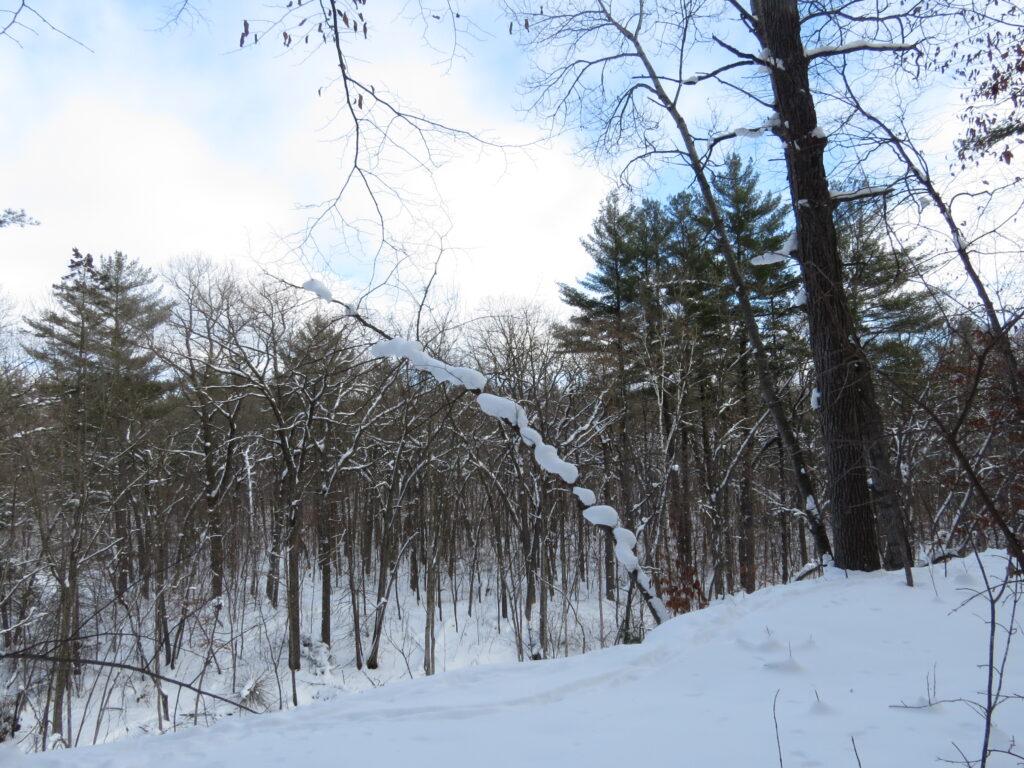
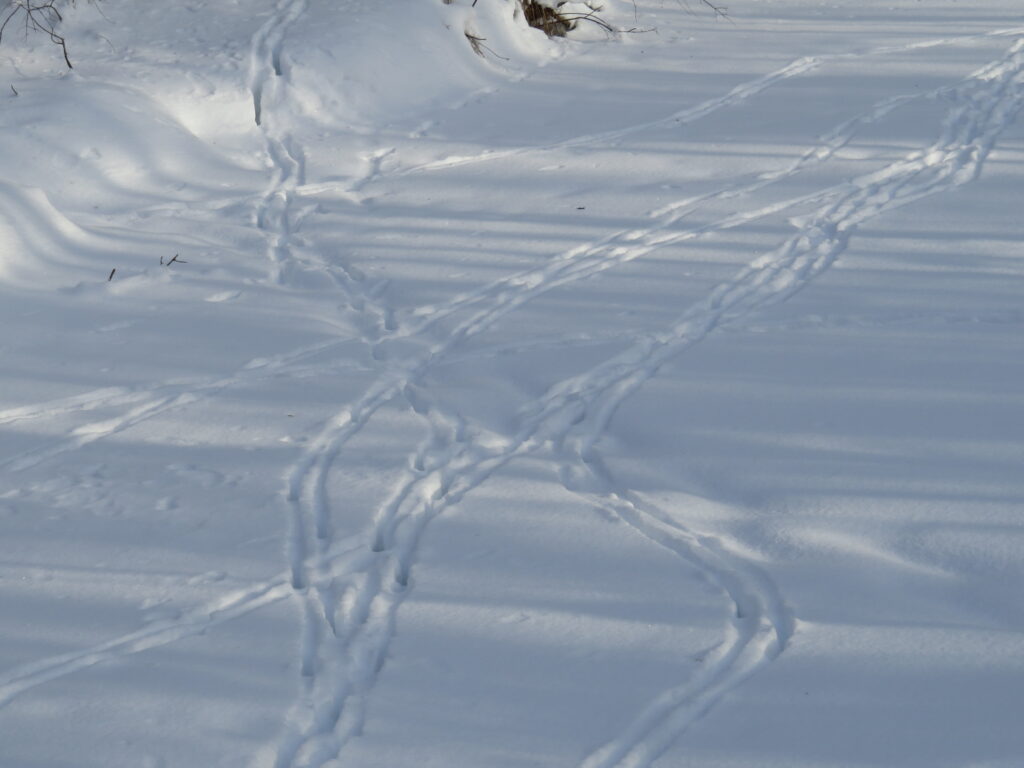
Abstraction is ‘the process of generalizing complex events in the real world to the concepts that underlie them.’ It’s not just about art. It’s about life. It’s about birth and about death. It’s about relationships and about ourselves. It’s about simplifying the dizzyingly complex issues that confront us in order to try to make sense of them and attain some peace. Nature is a nurturing domain that facilitates that process of sense-shaping and peace-making.
After our satisfying snowshoe hike, we warmed up at a cozy little restaurant in Little Falls that serves delicious food. We celebrated Chris’ birthday with burgers and carrot cake.
We managed to celebrate a birth day in the aftermath of a death day. I wouldn’t call it a Happy day, but it was a productive day, a satisfying day. There is mystery in death, in birth, in art, in creation, and in God. There is mystery in brokenness, in beauty, in ugliness, and in healing. There is mystery in how they are all connected. The simplified expression of them all just may be Love, which paradoxically may be the most complex entity of all.
